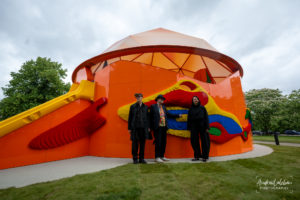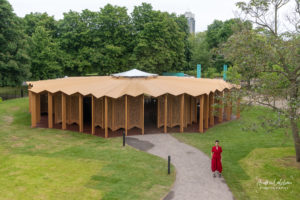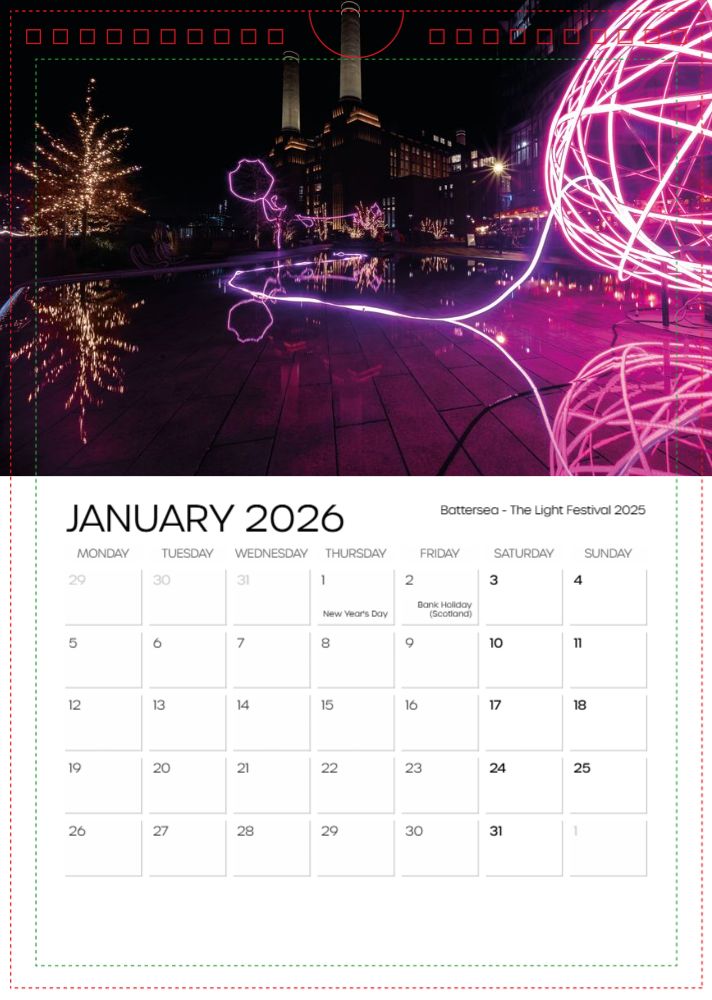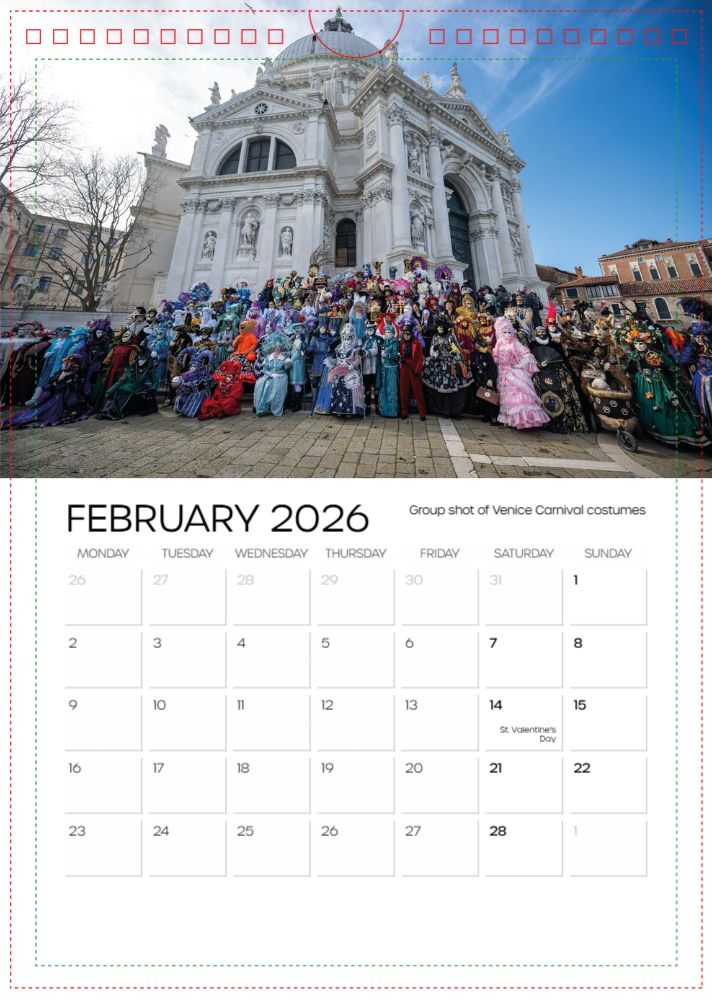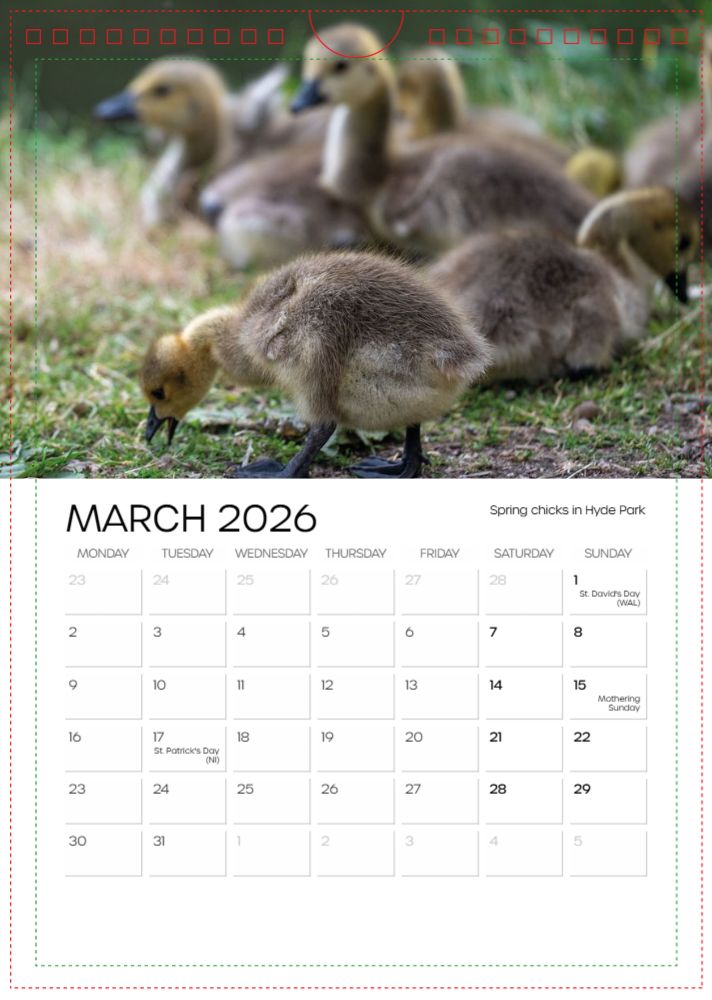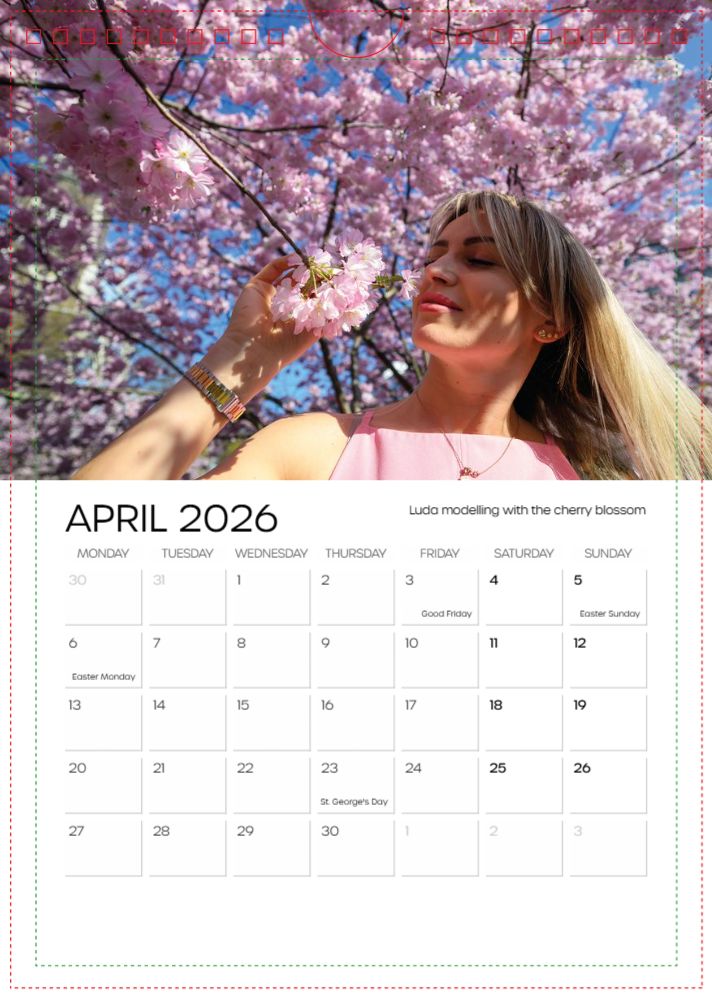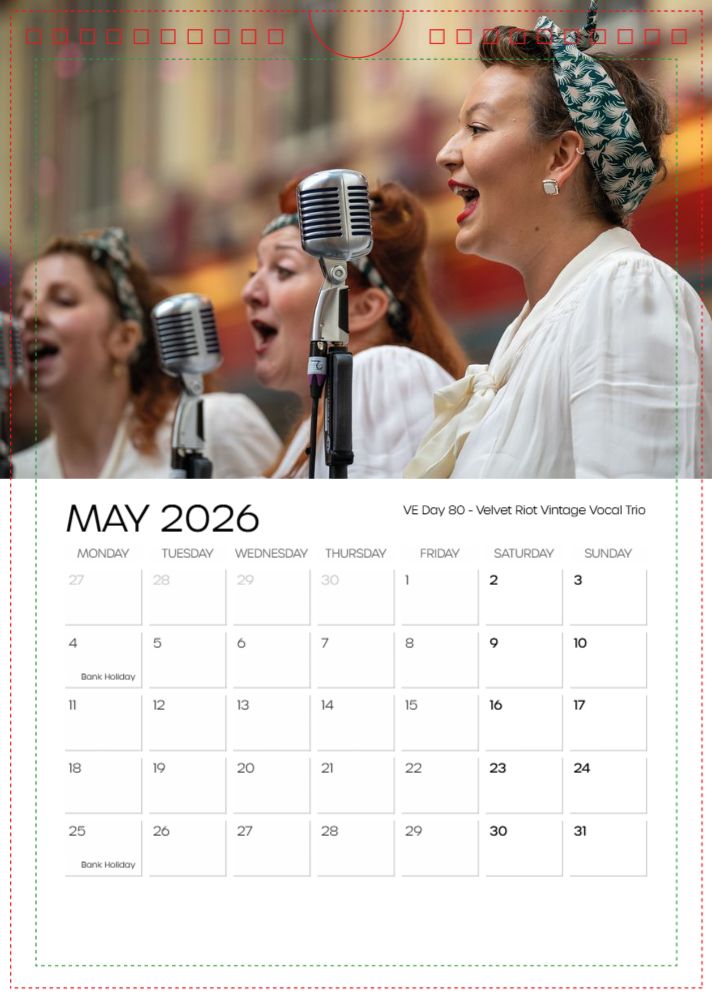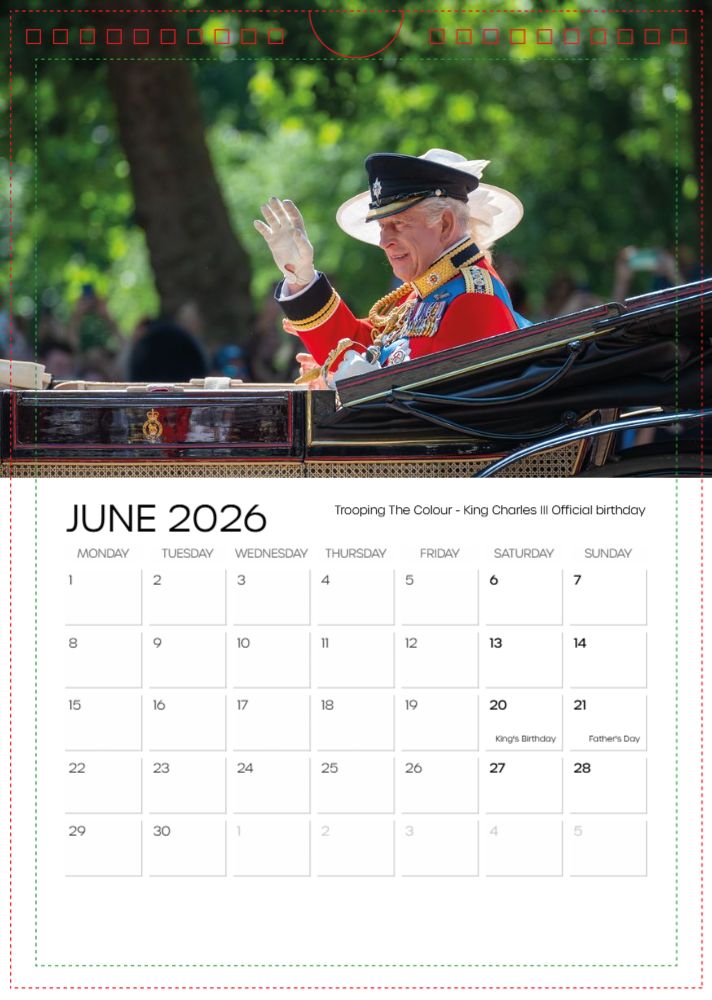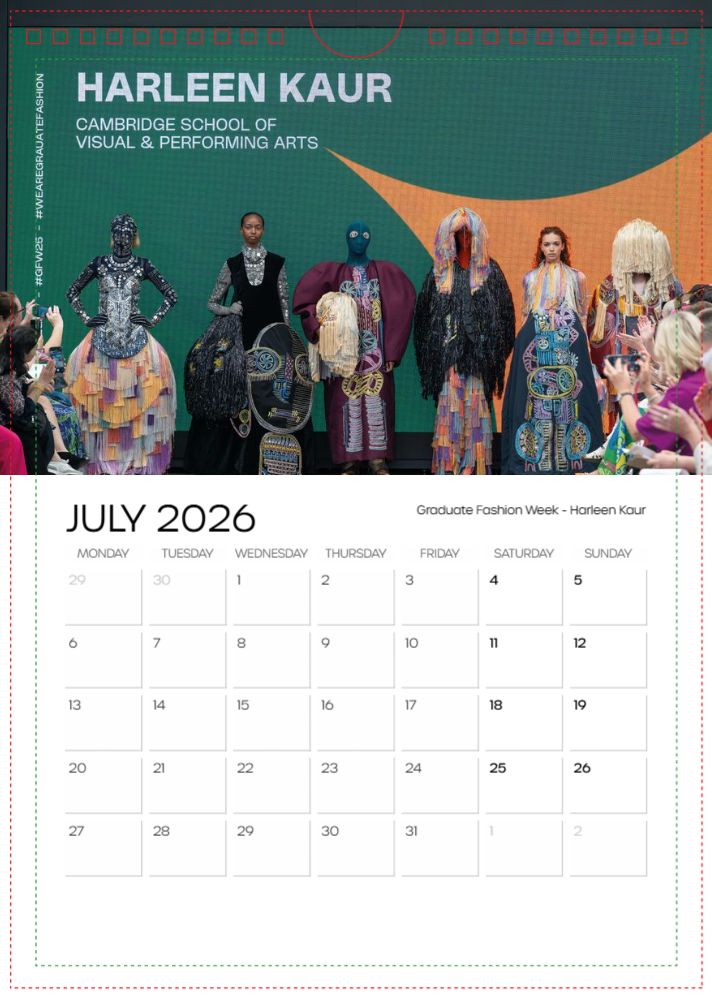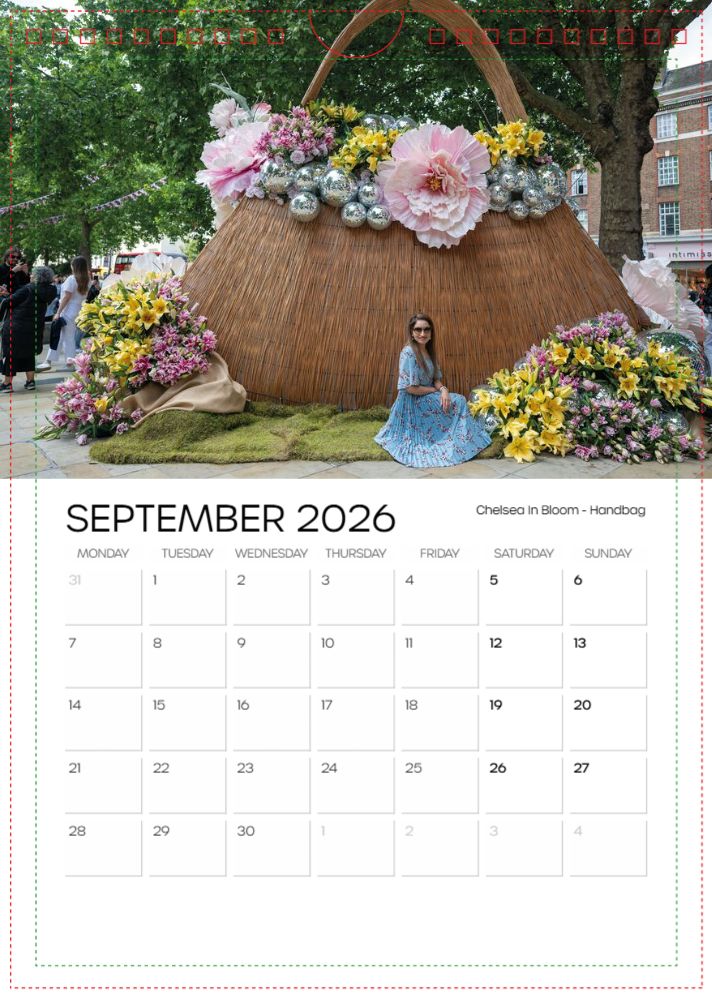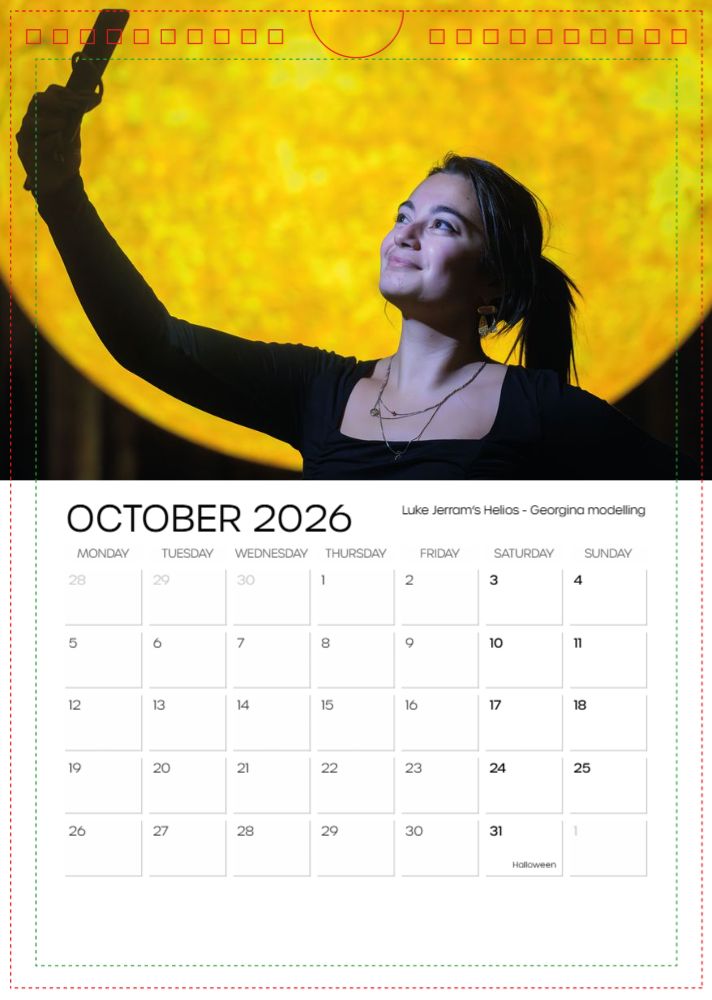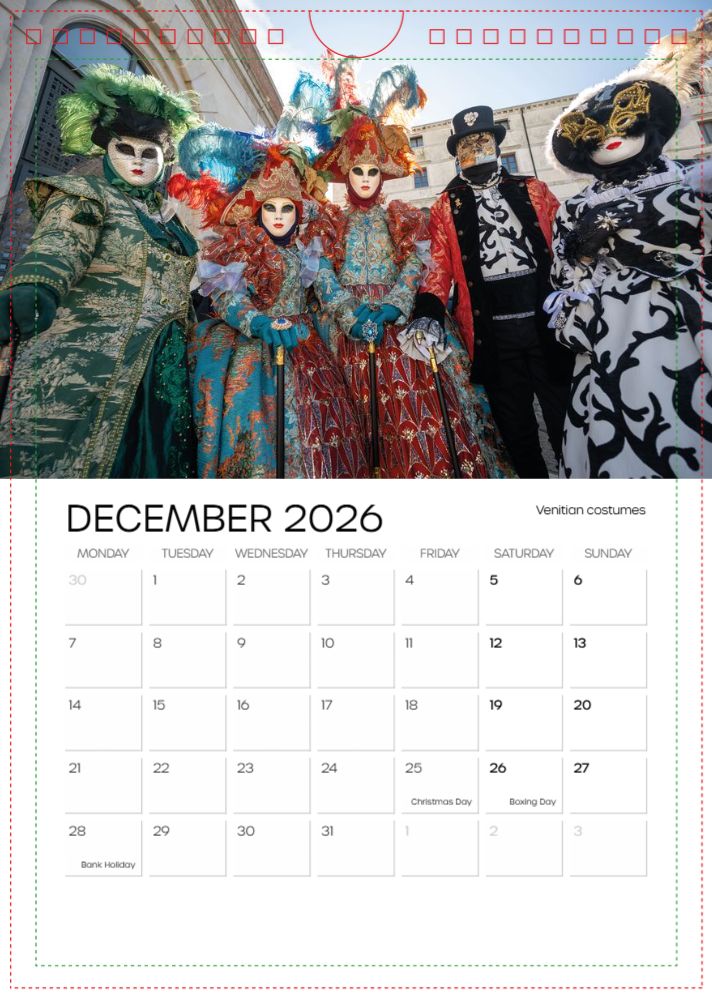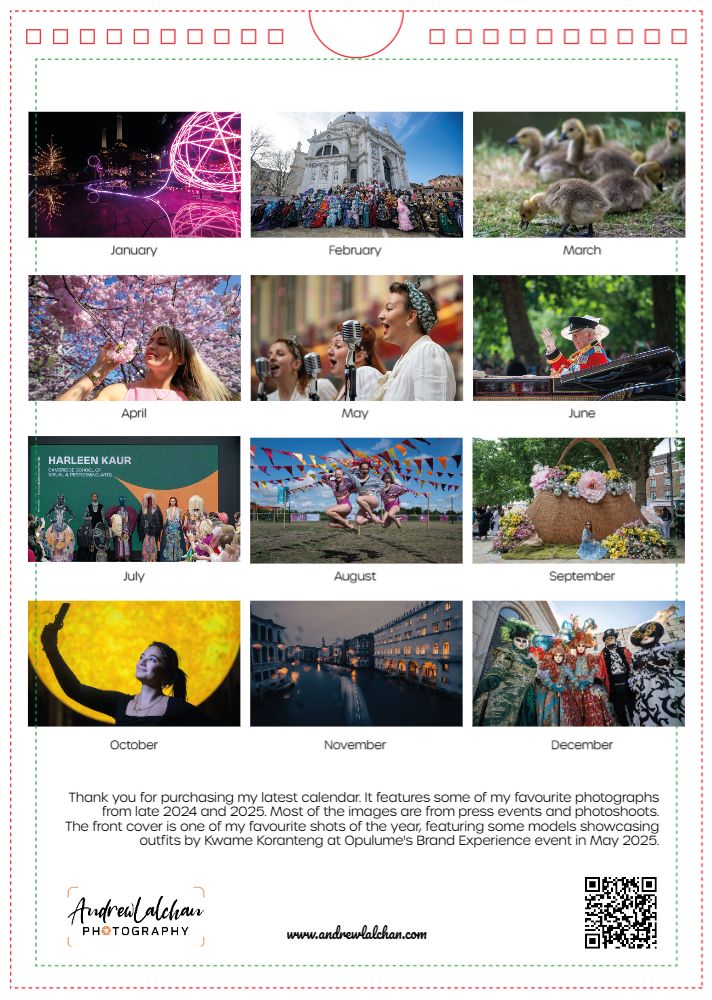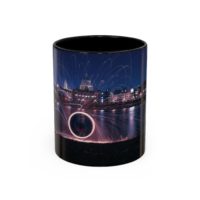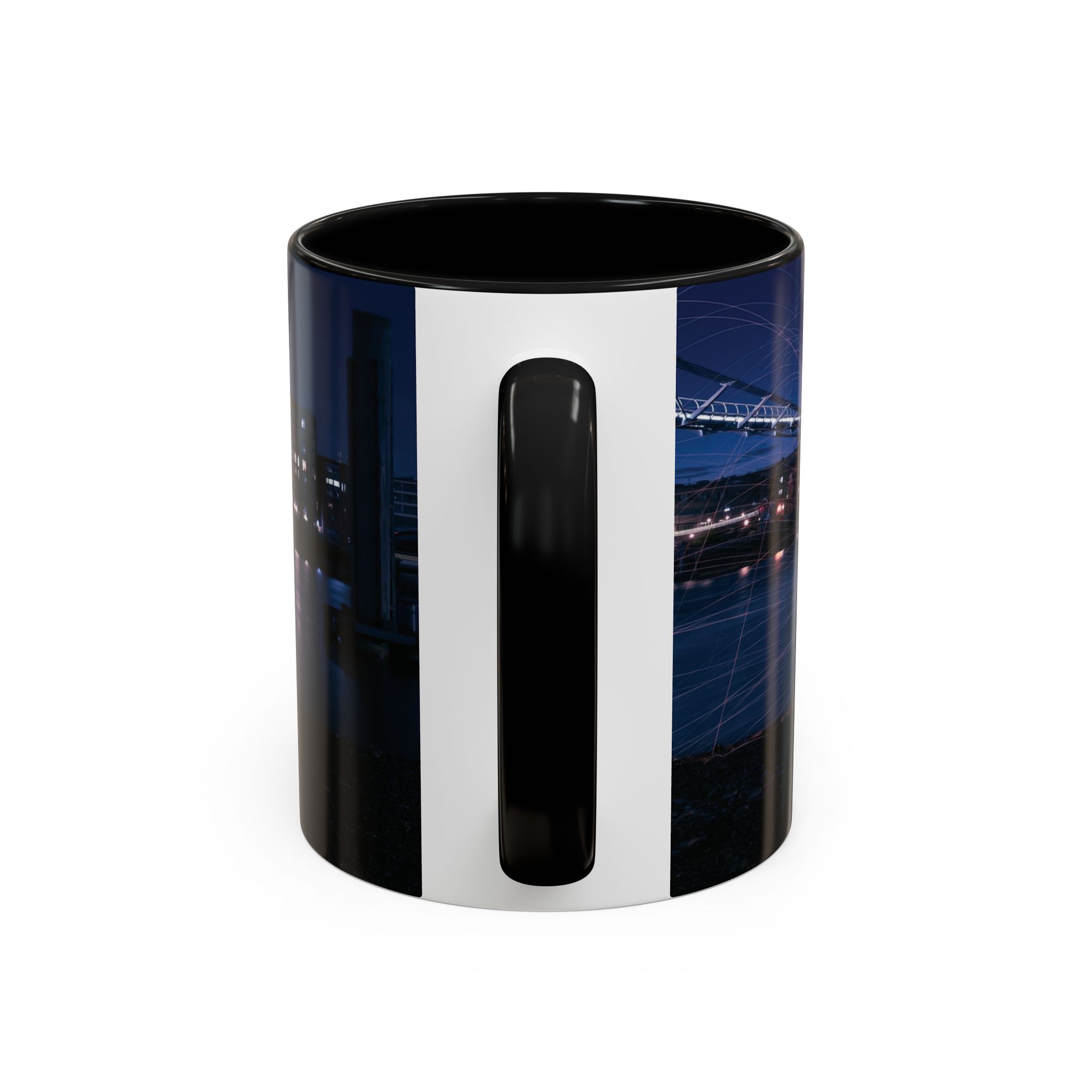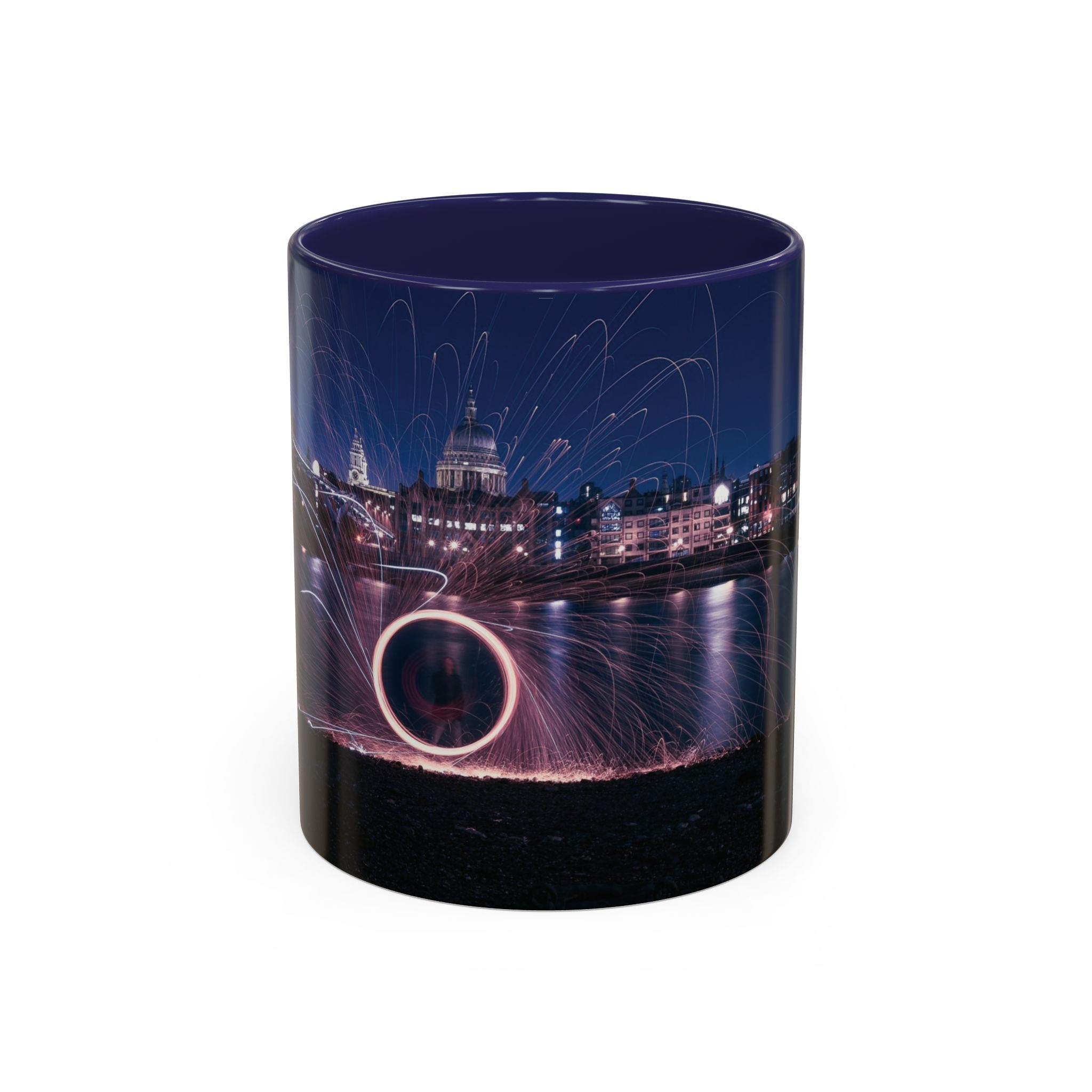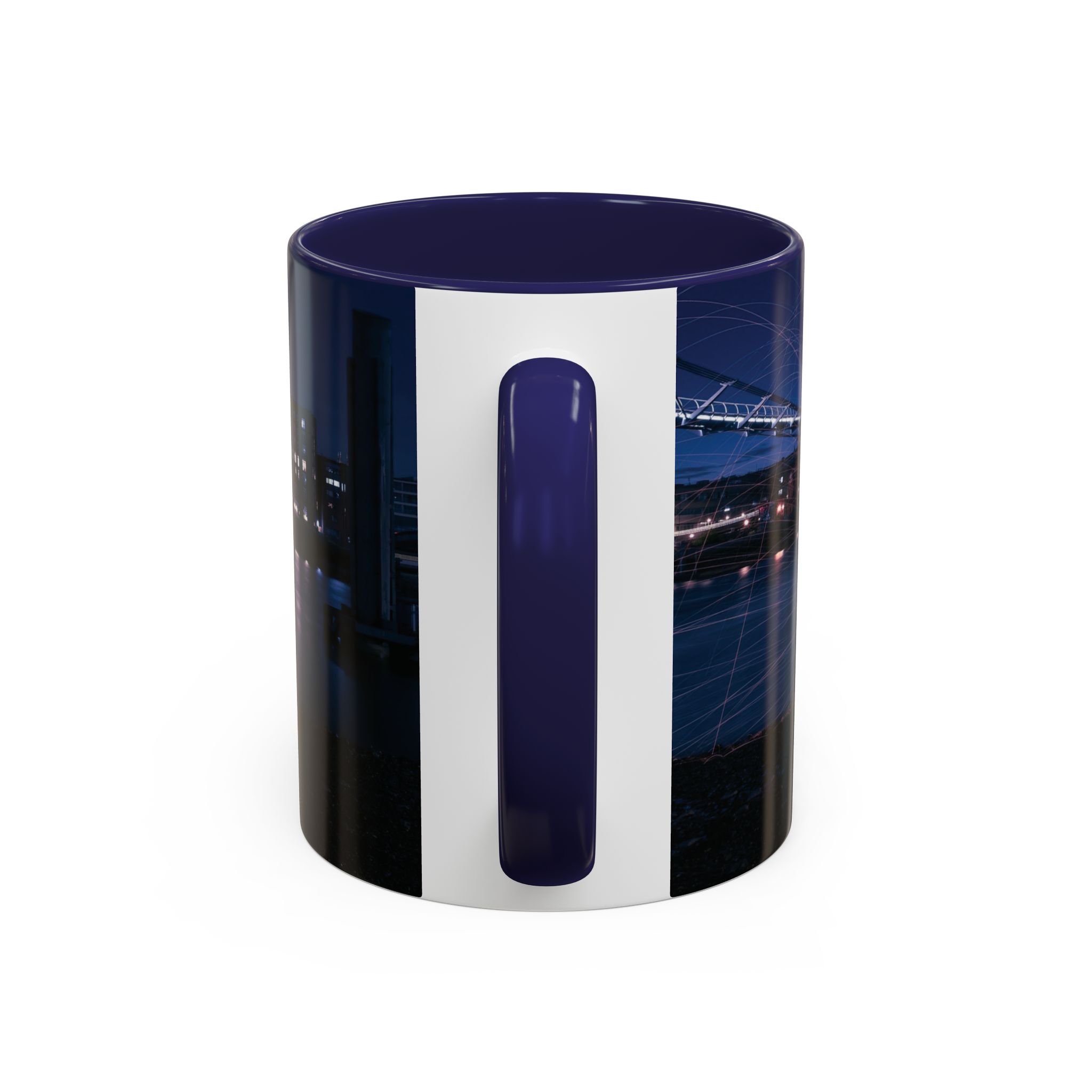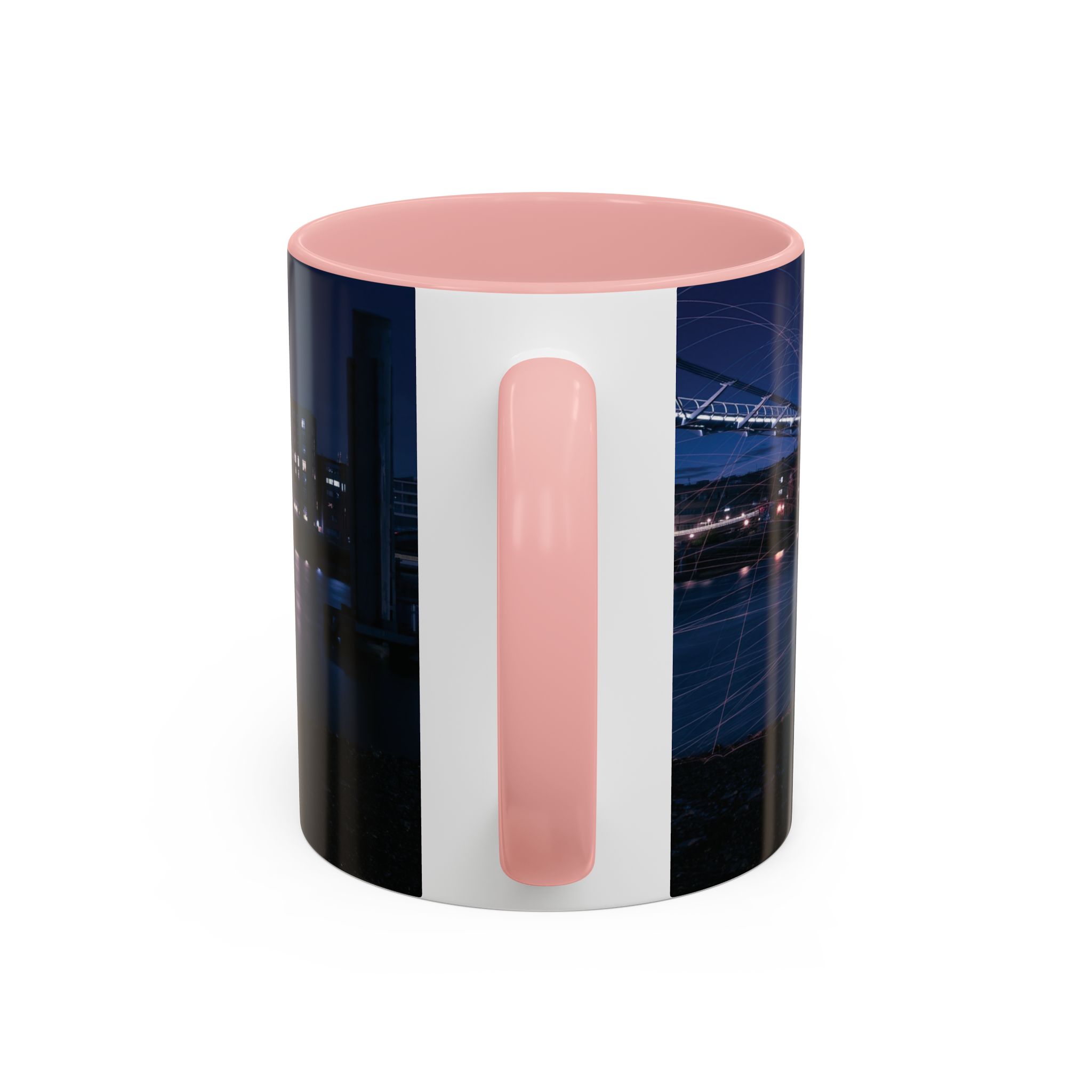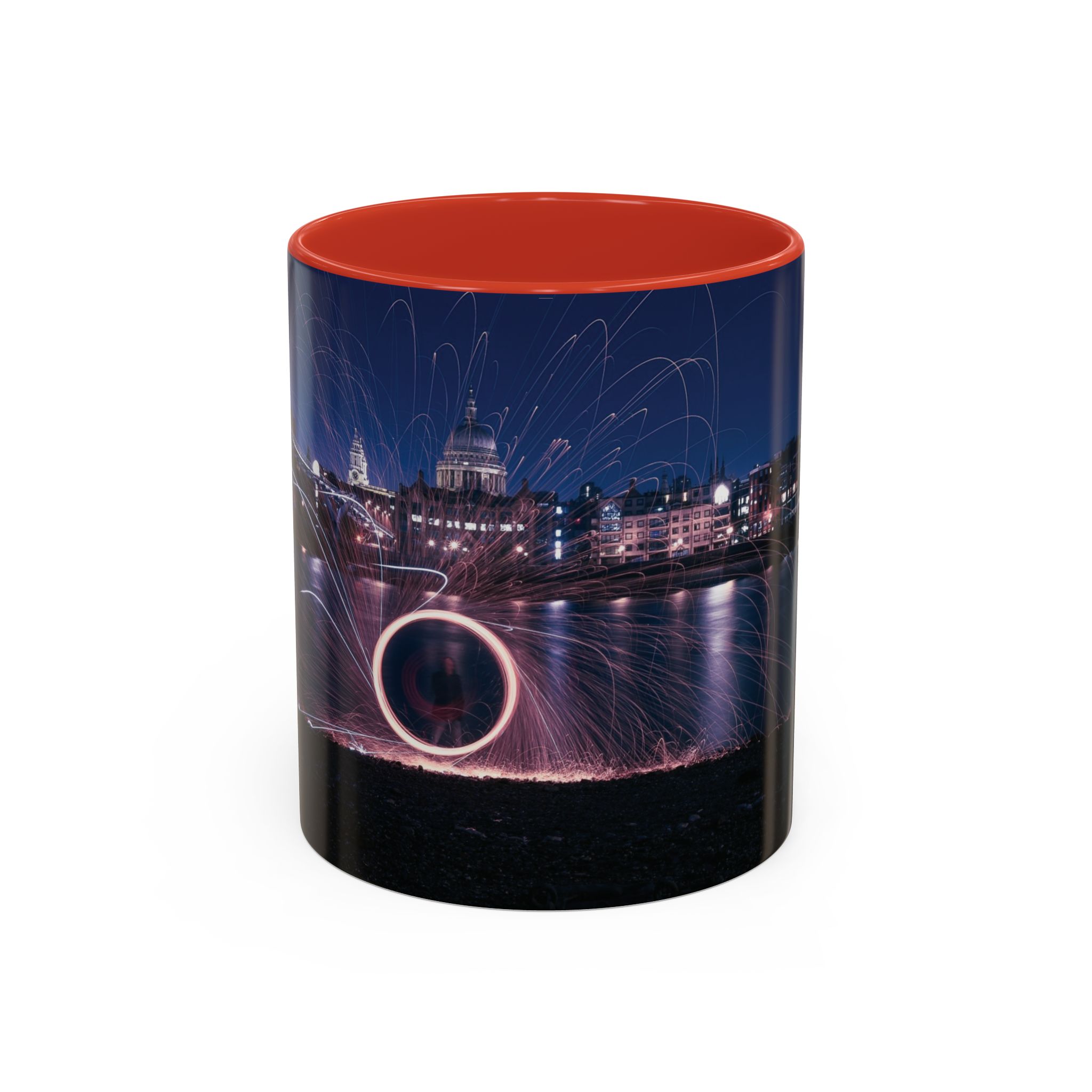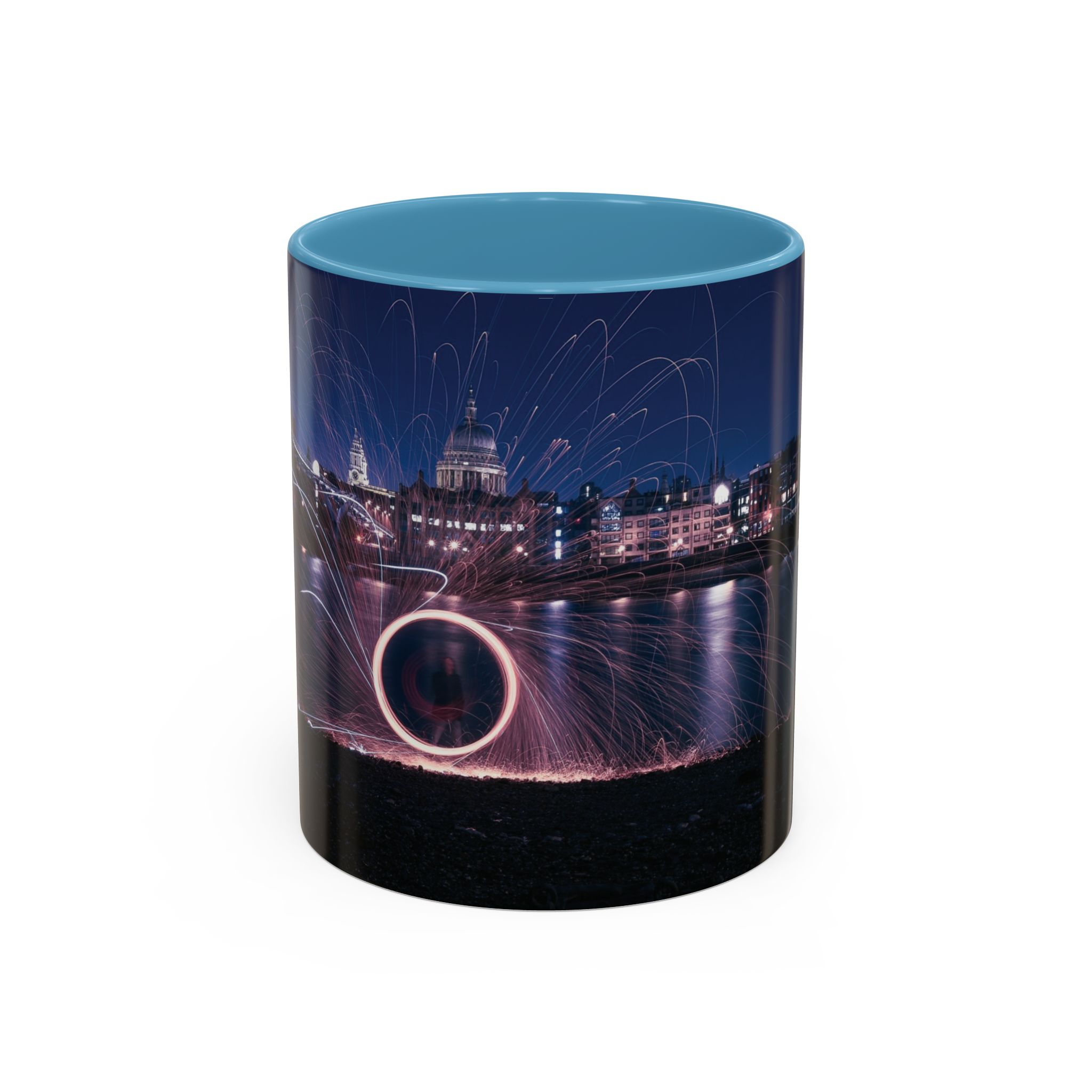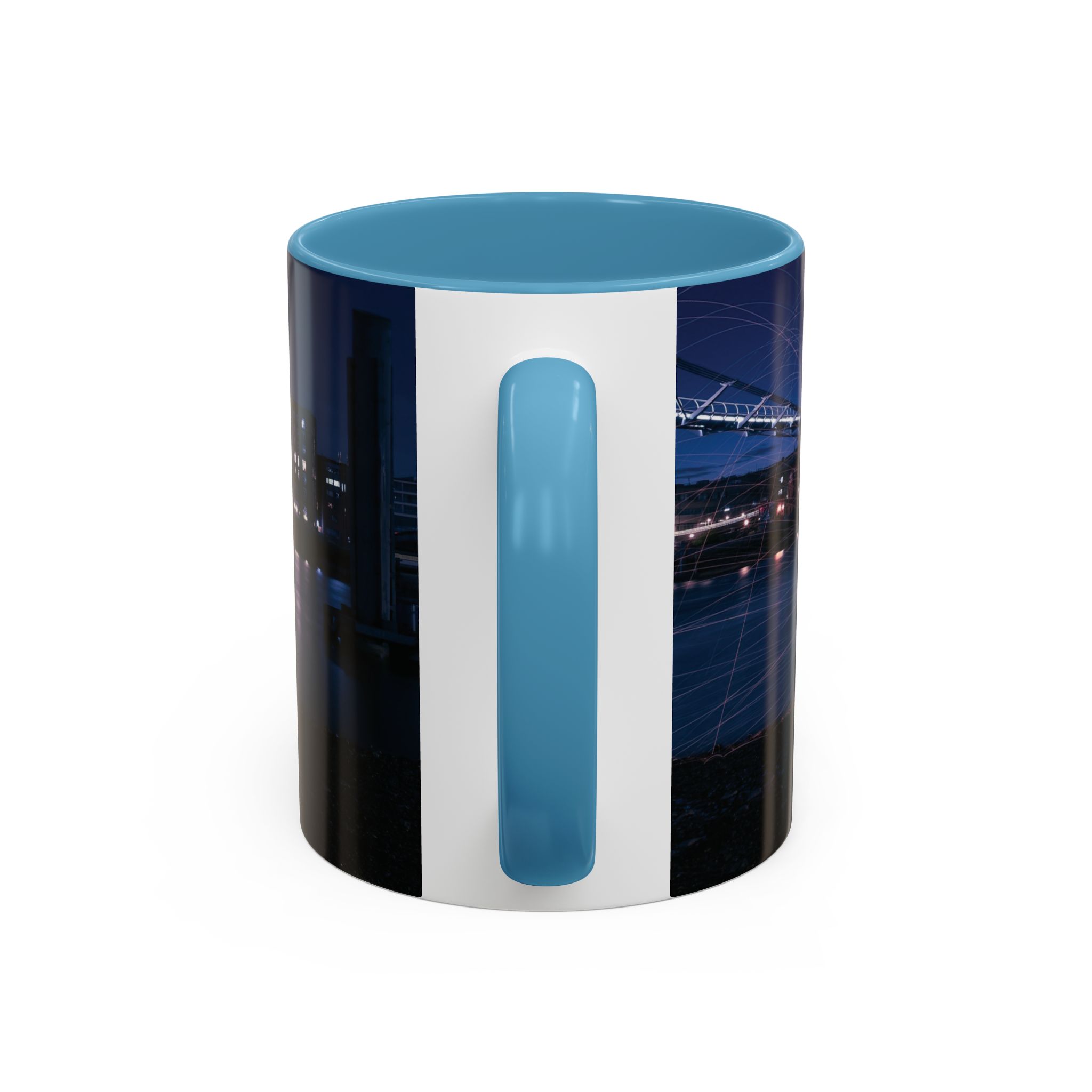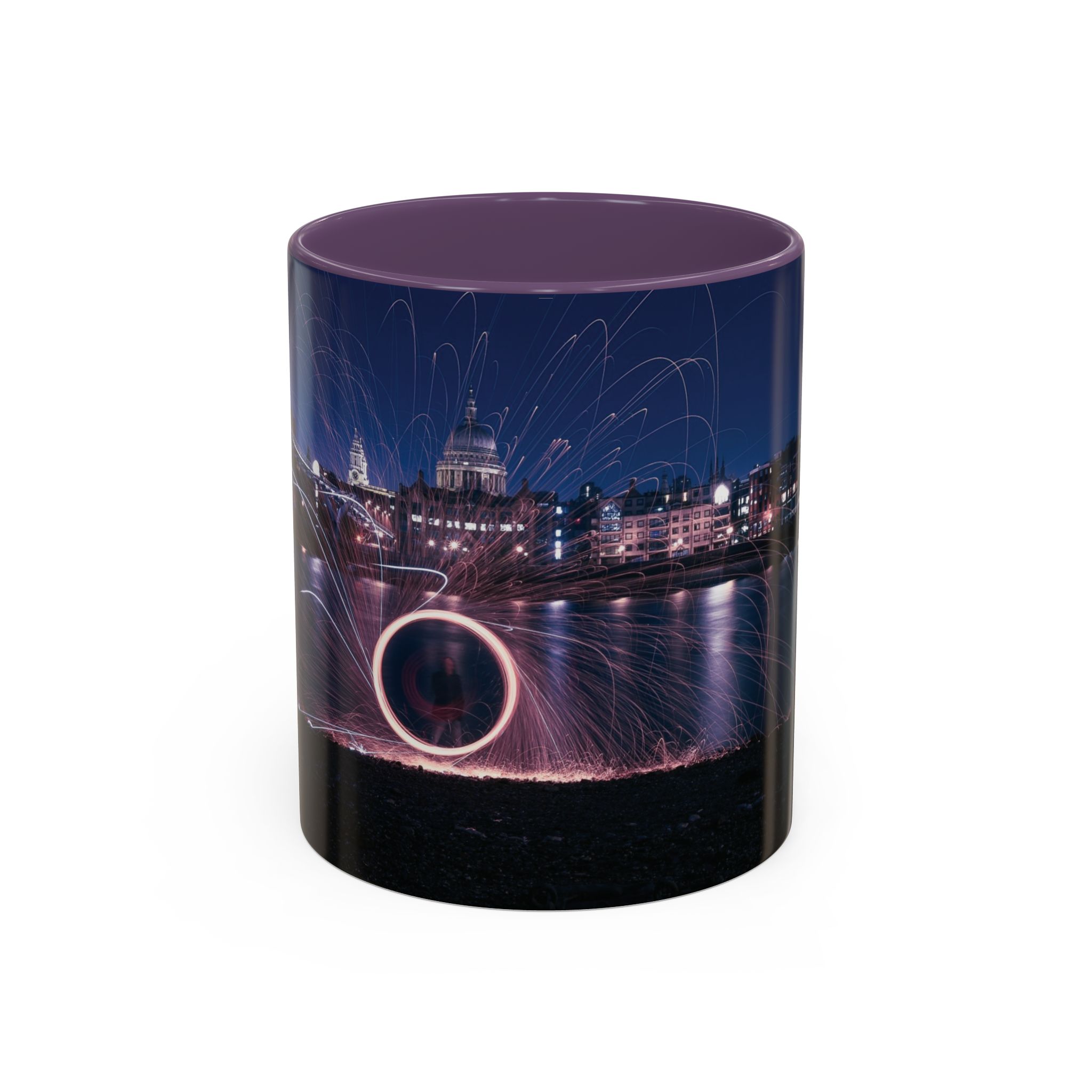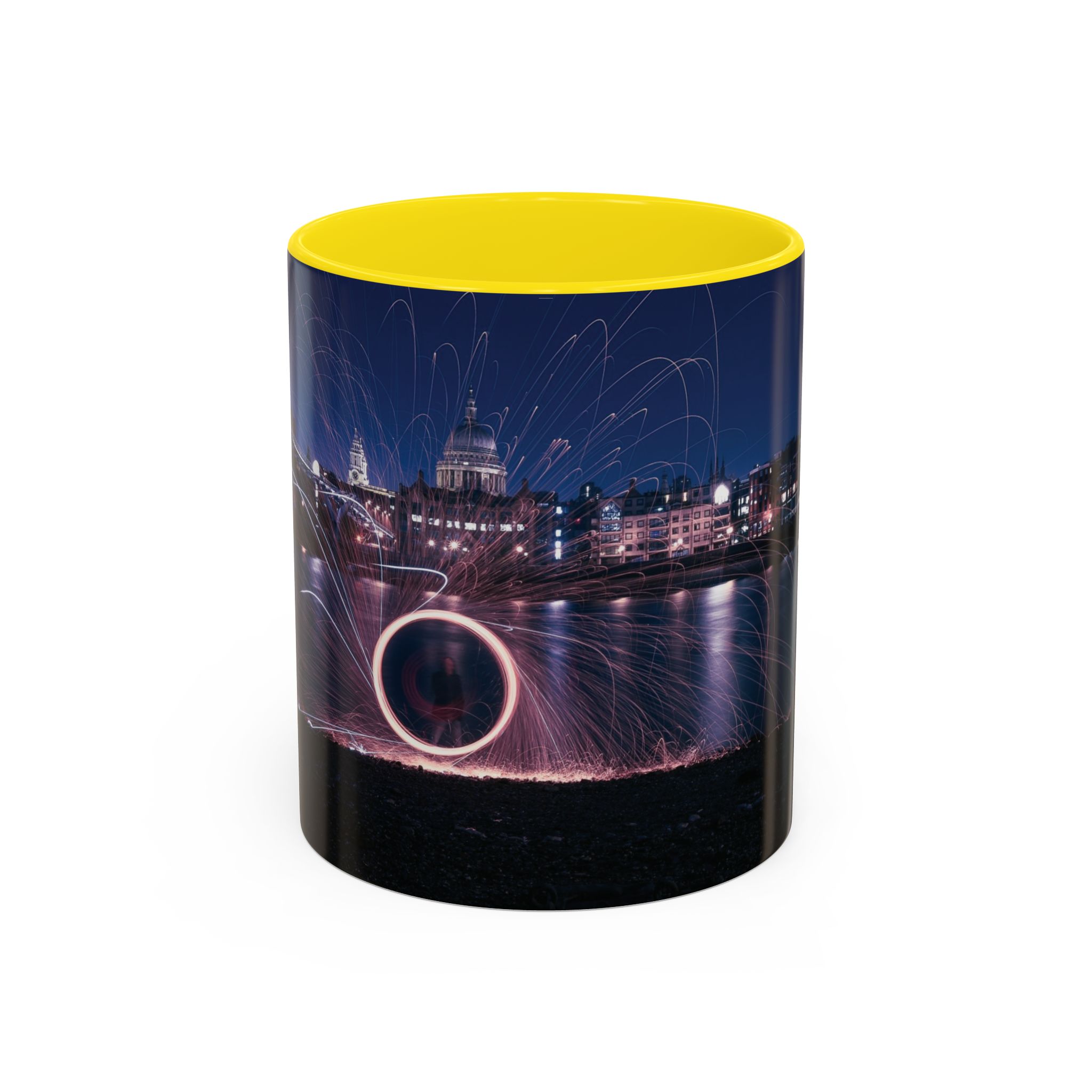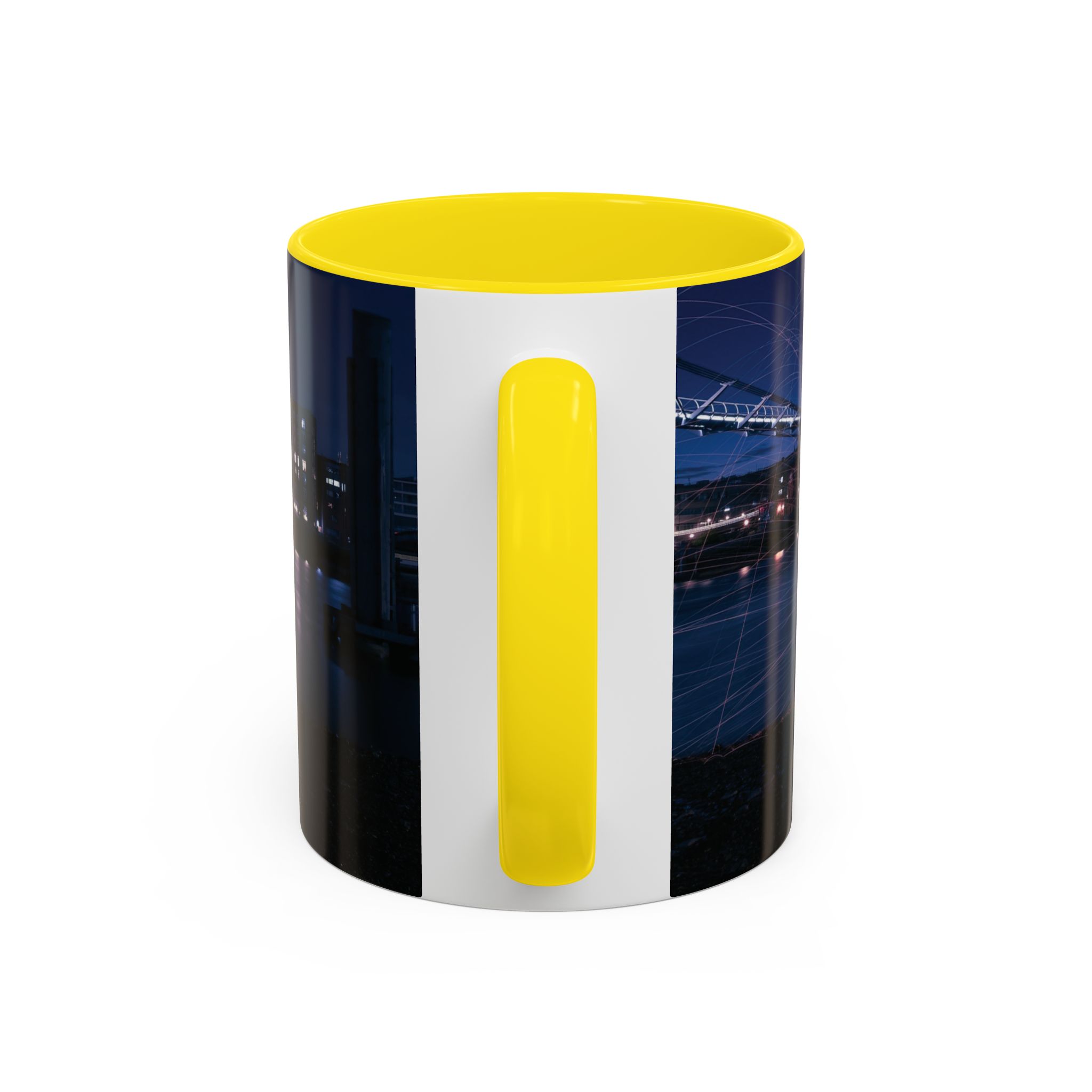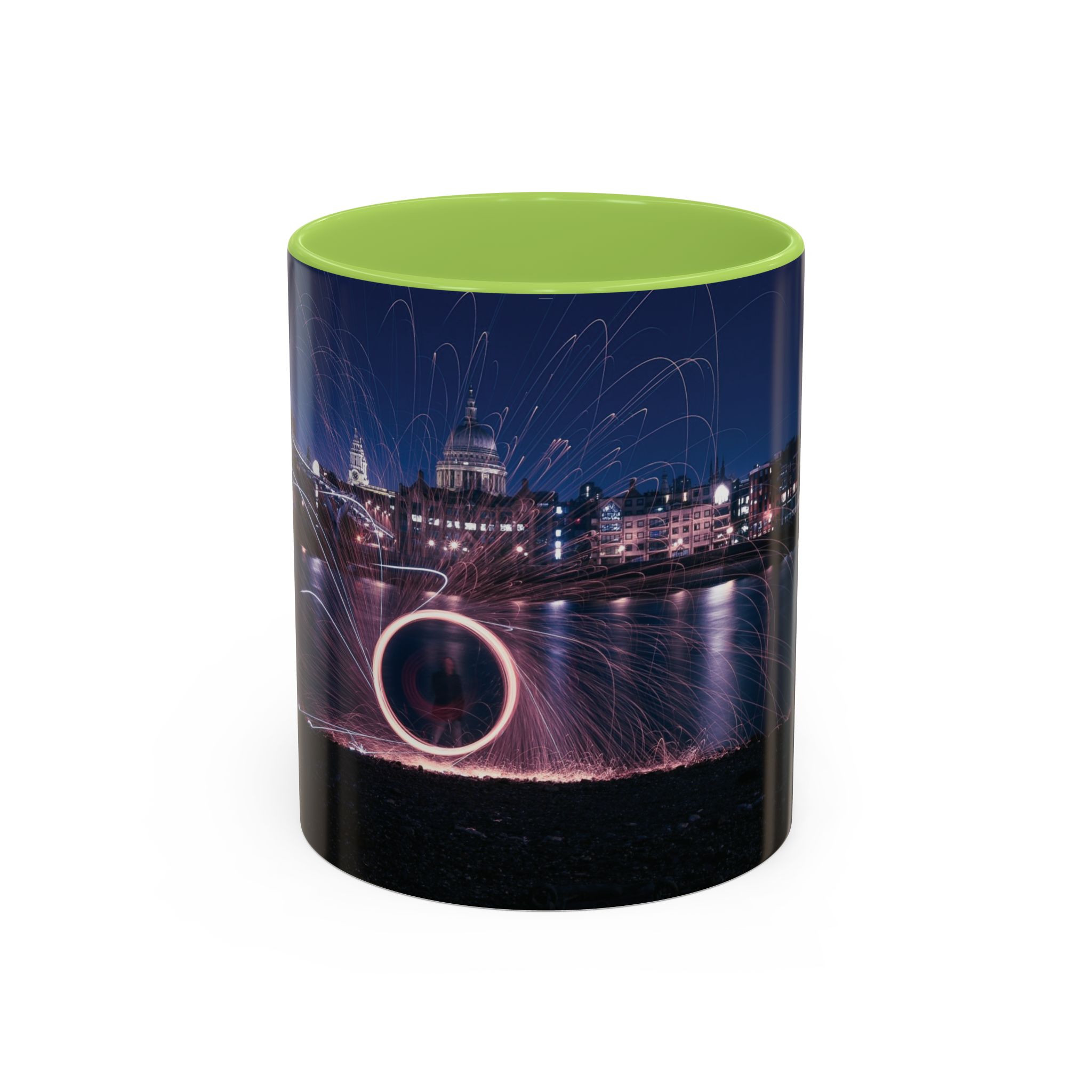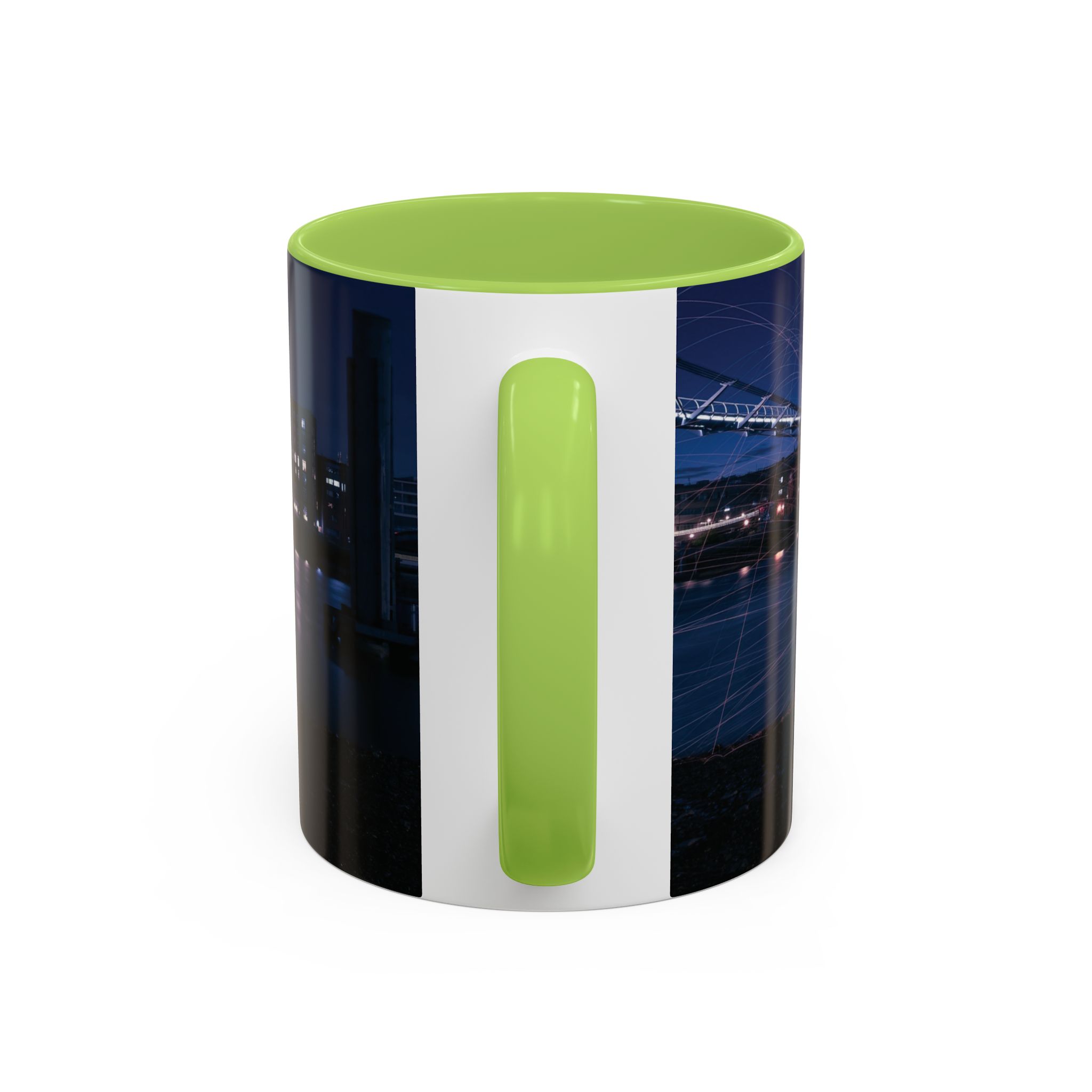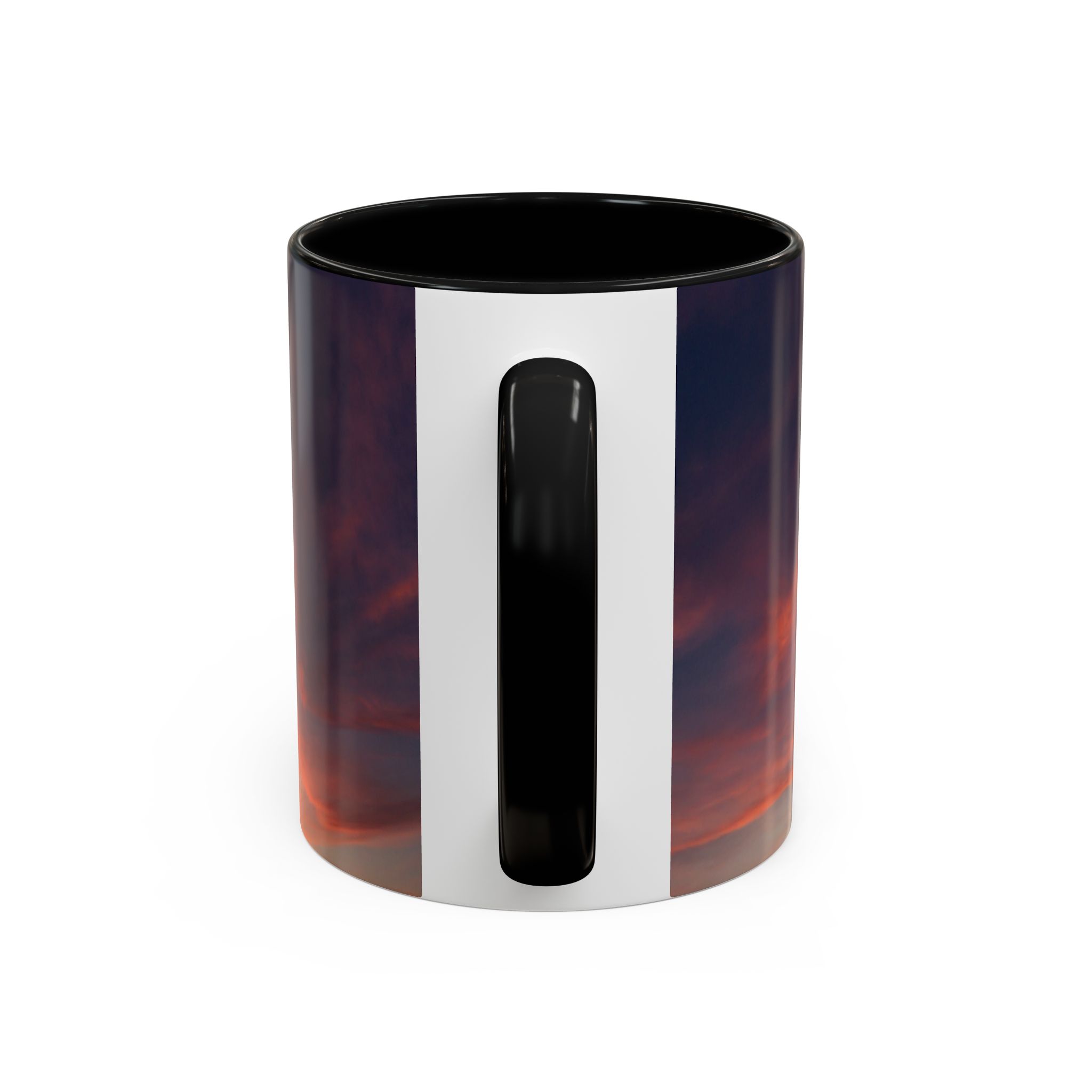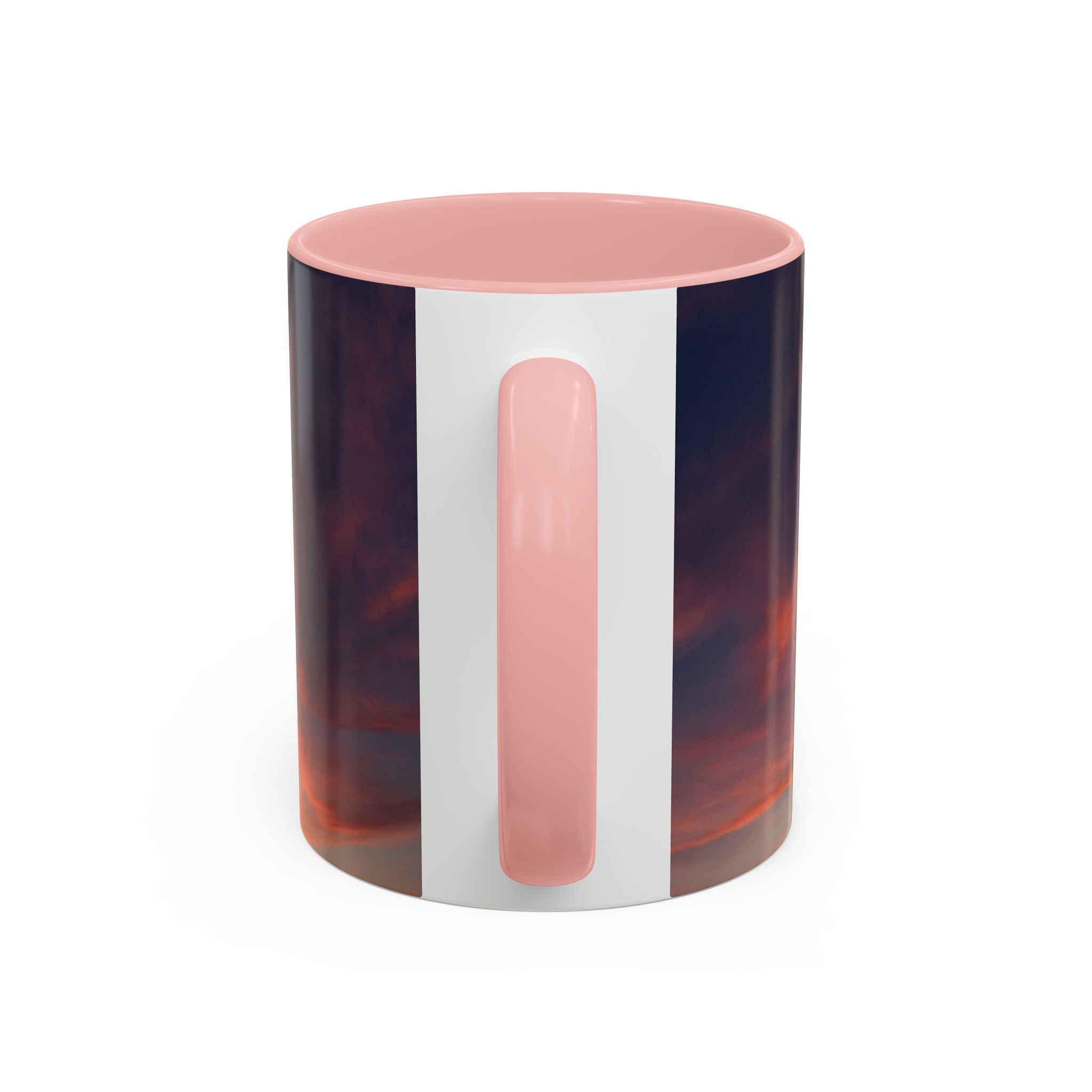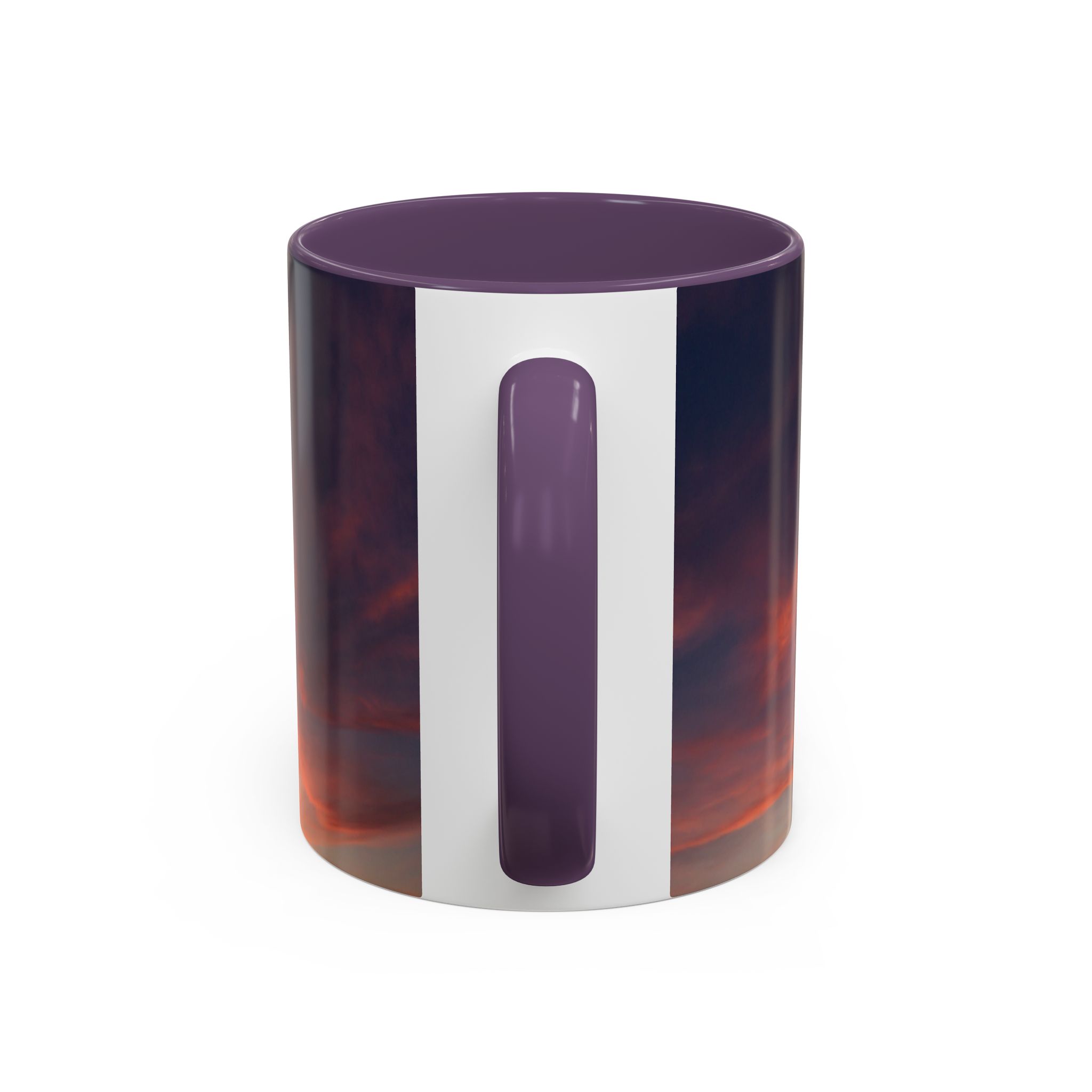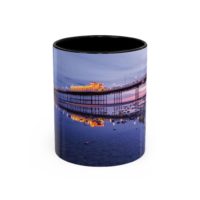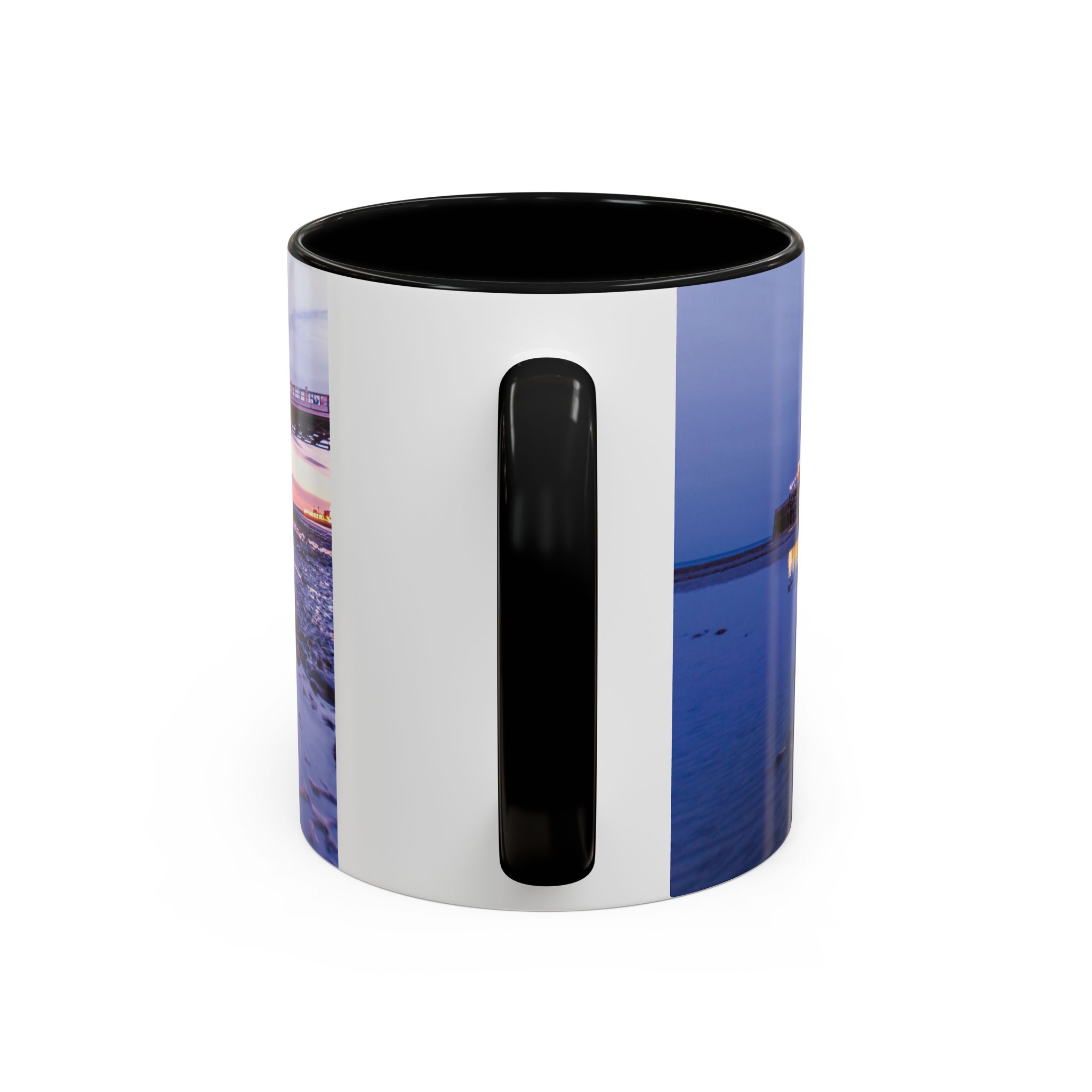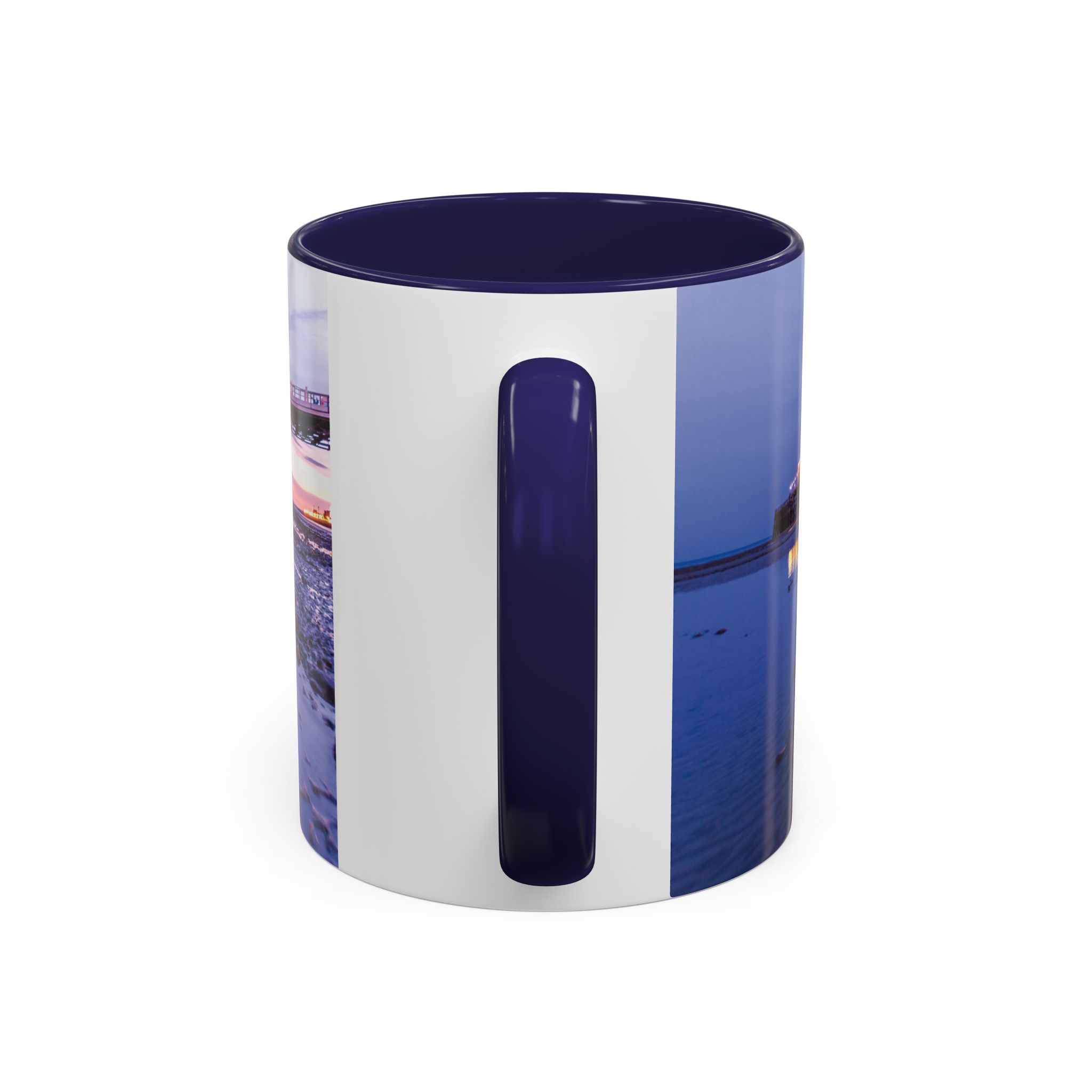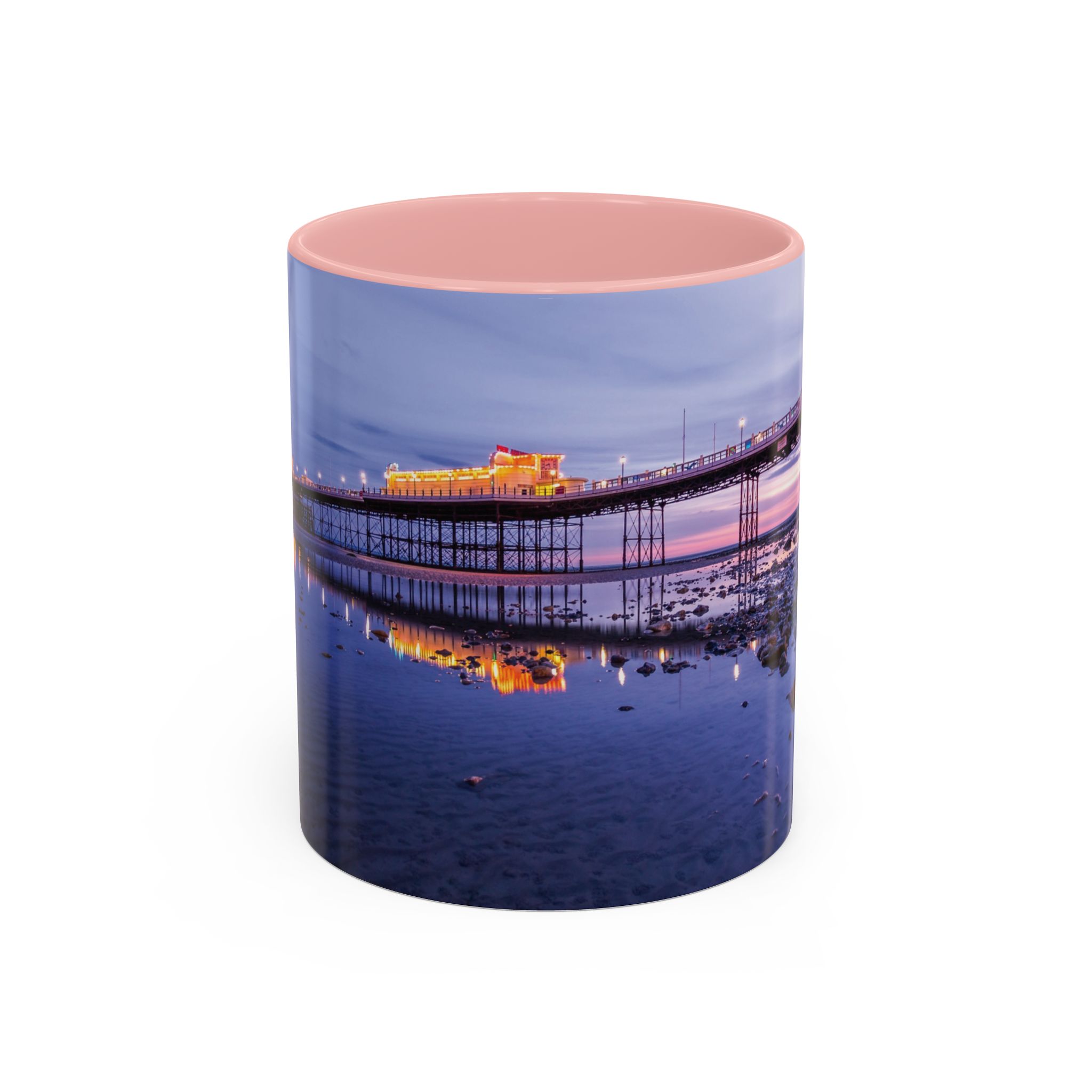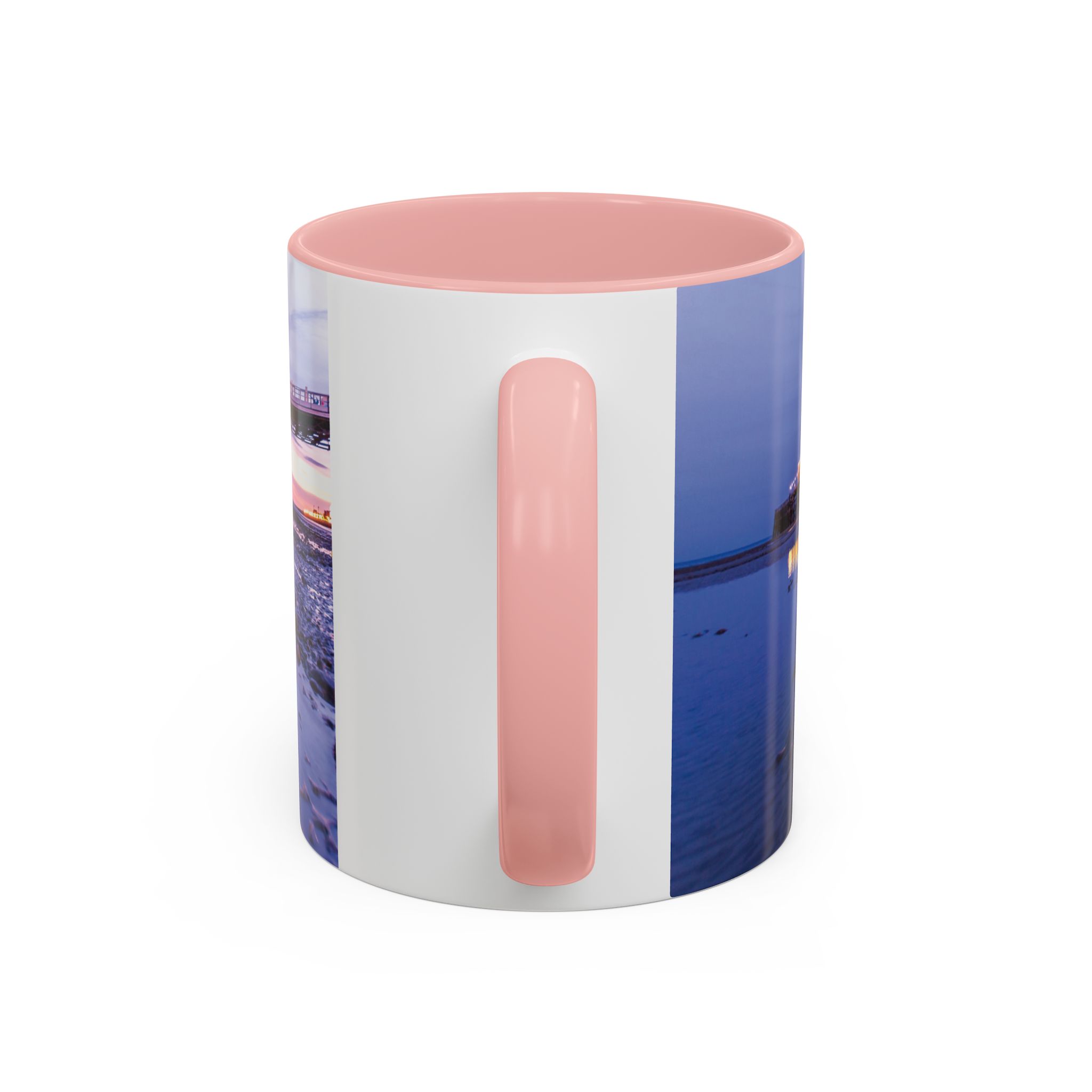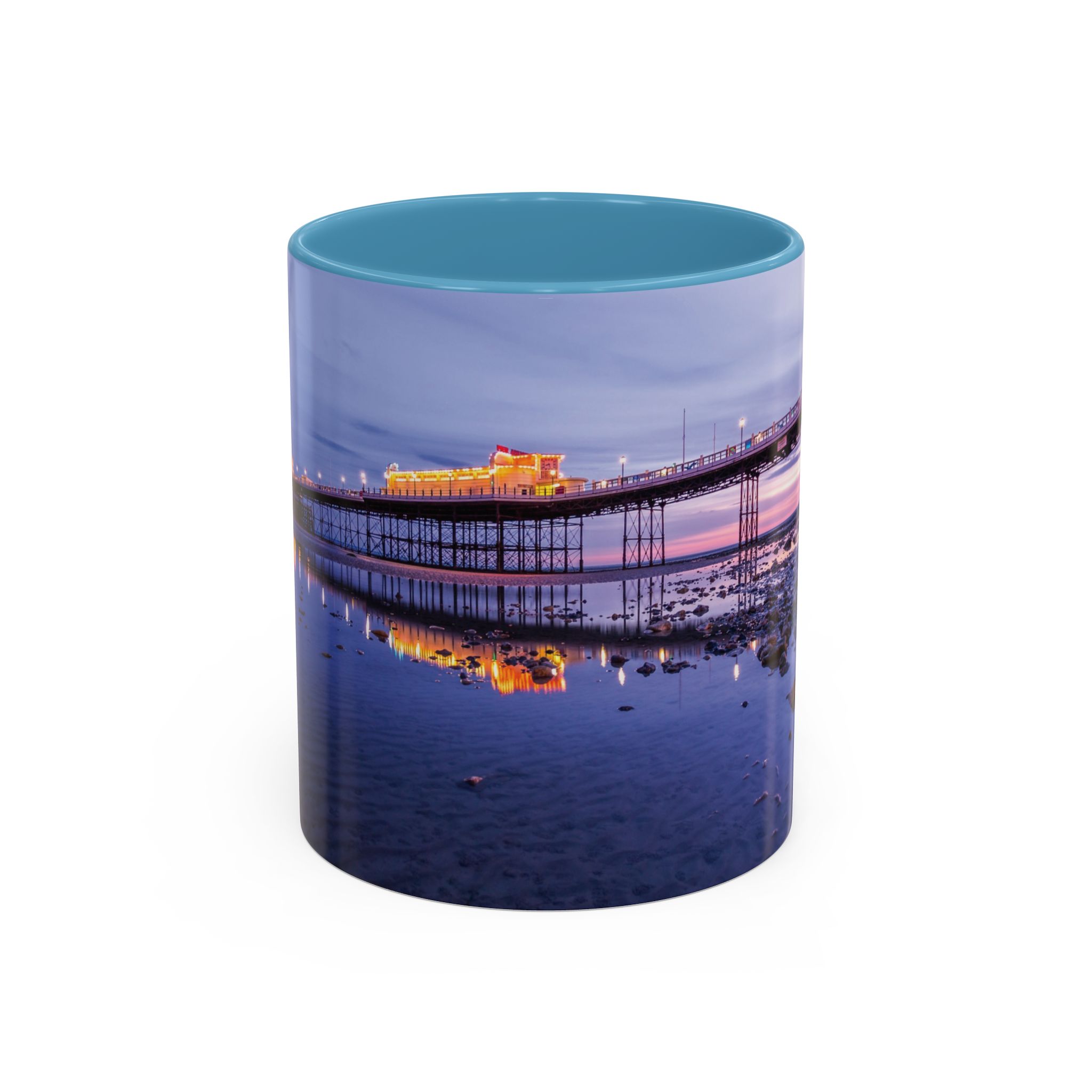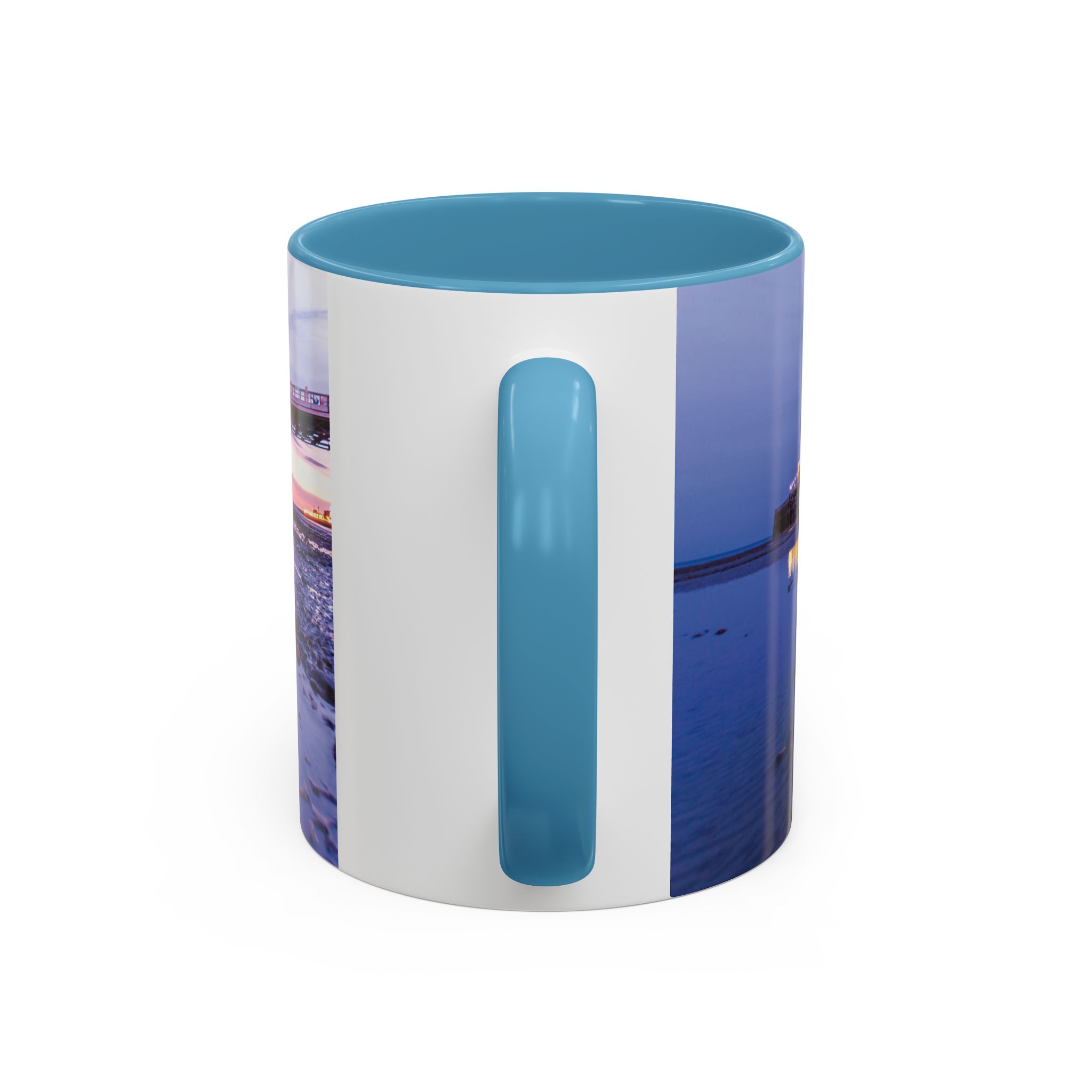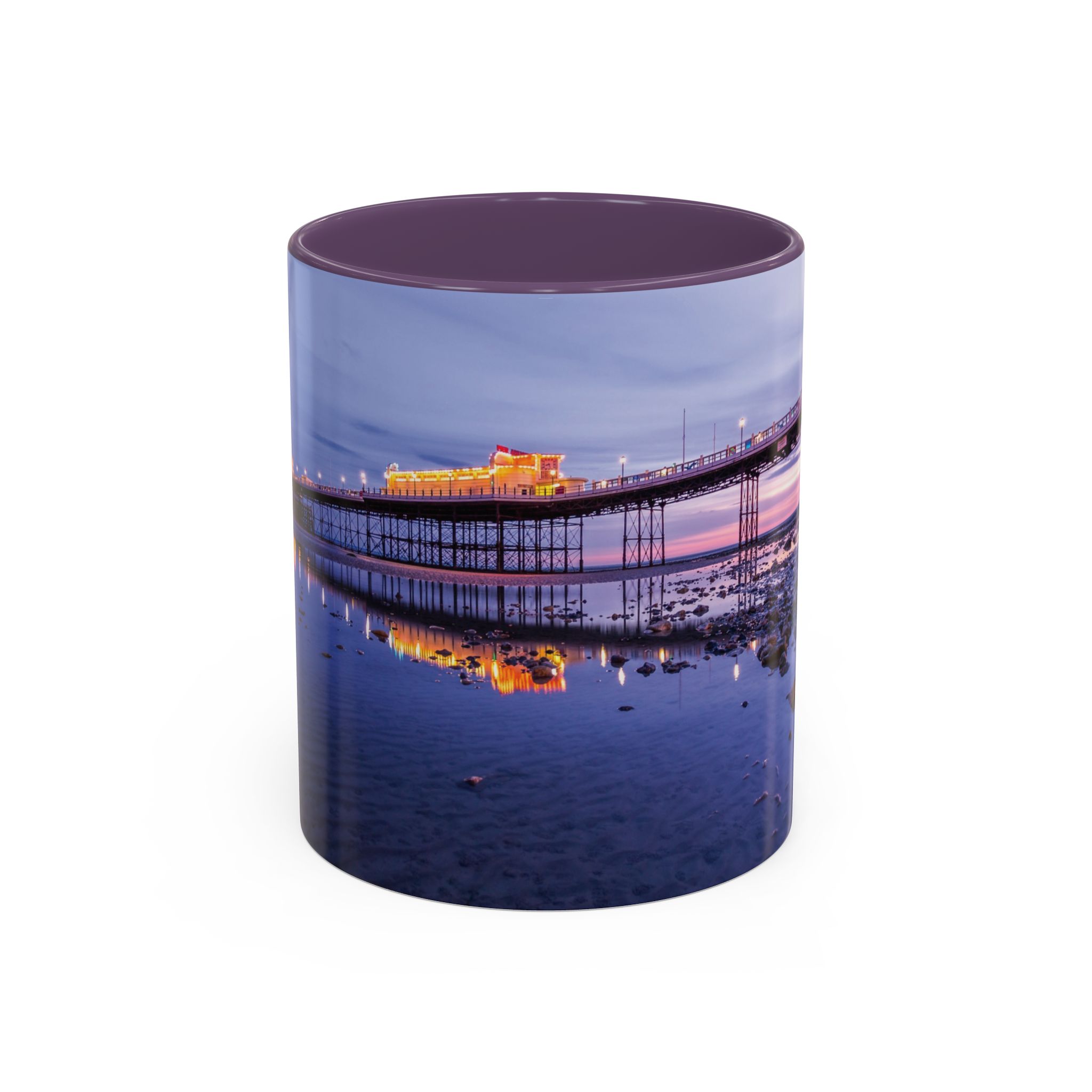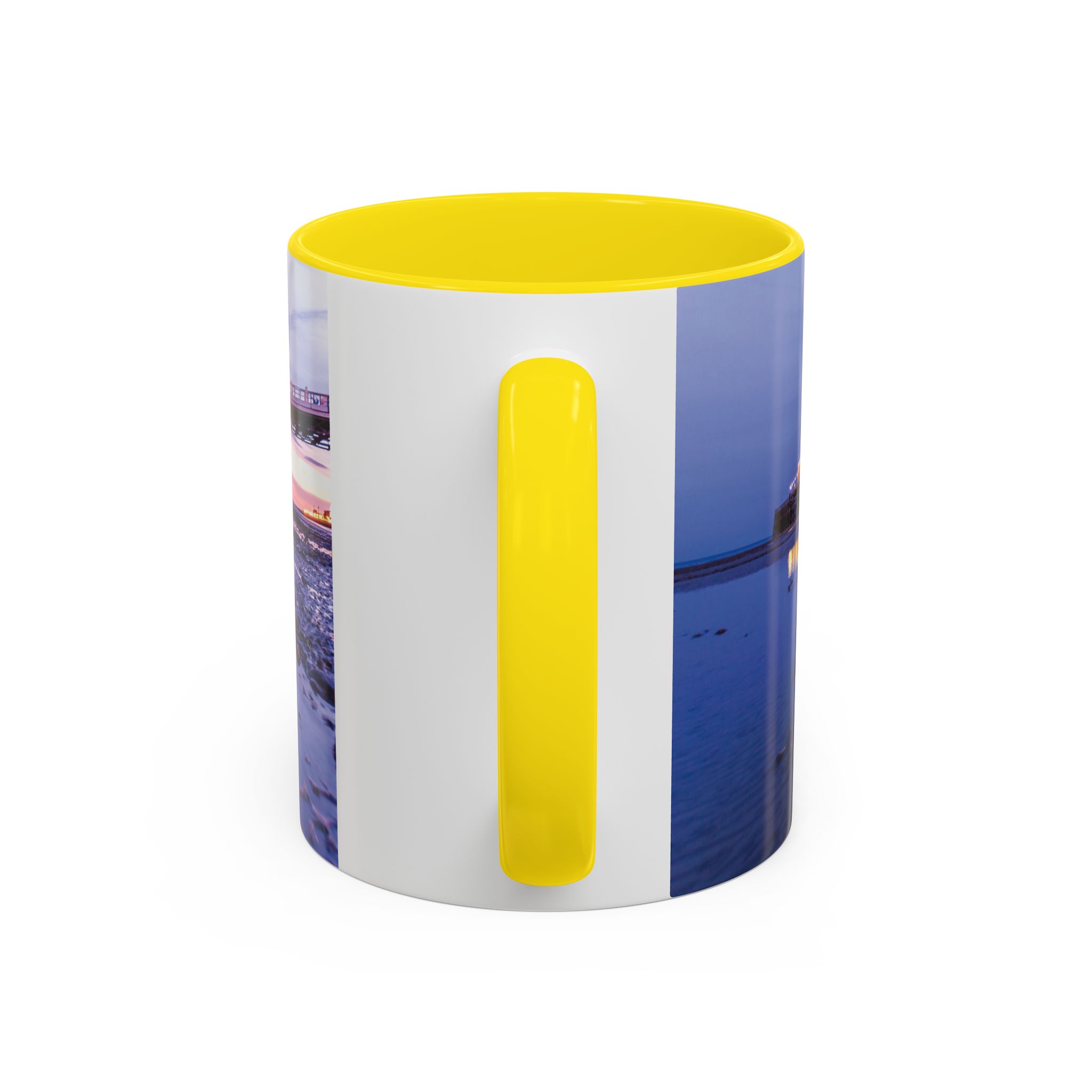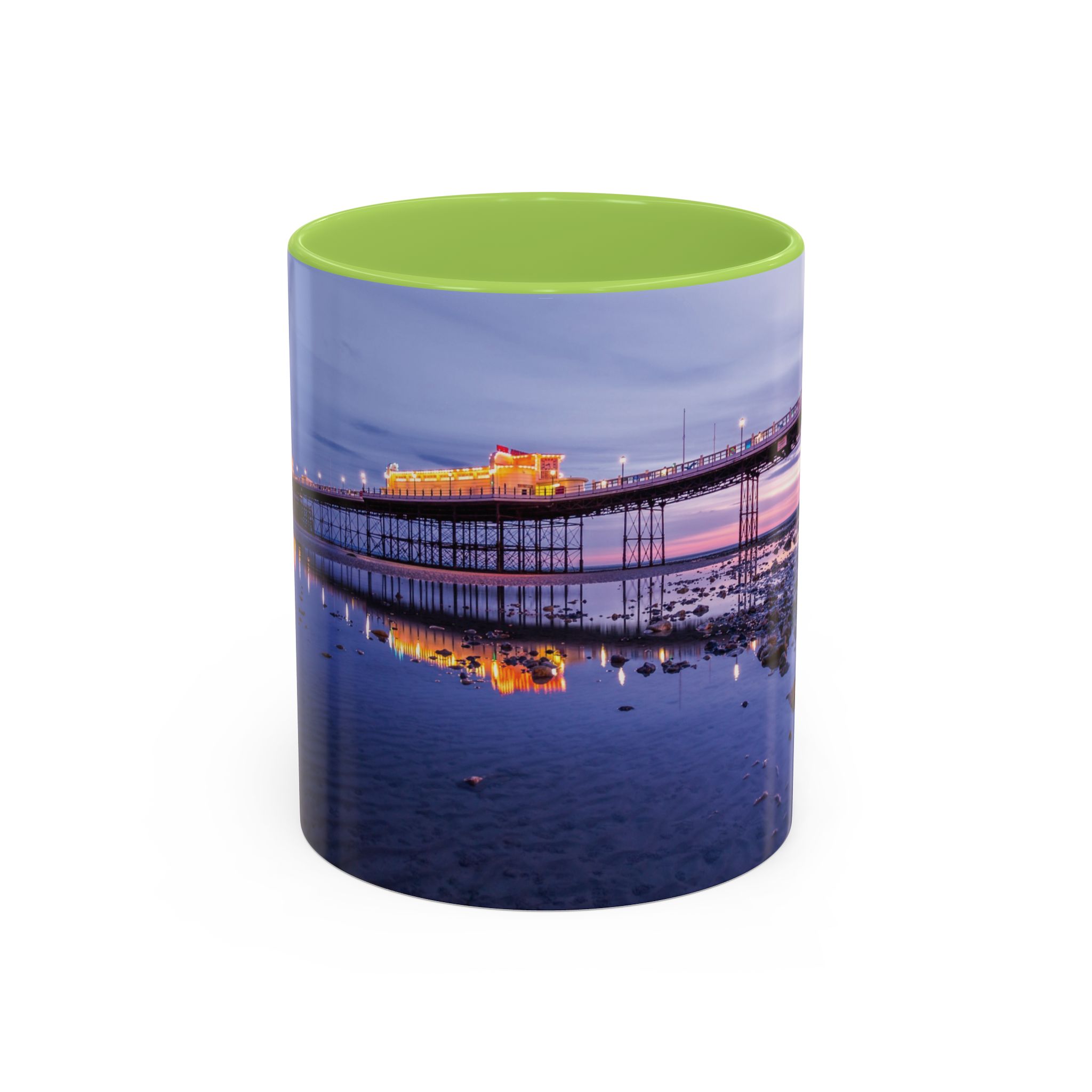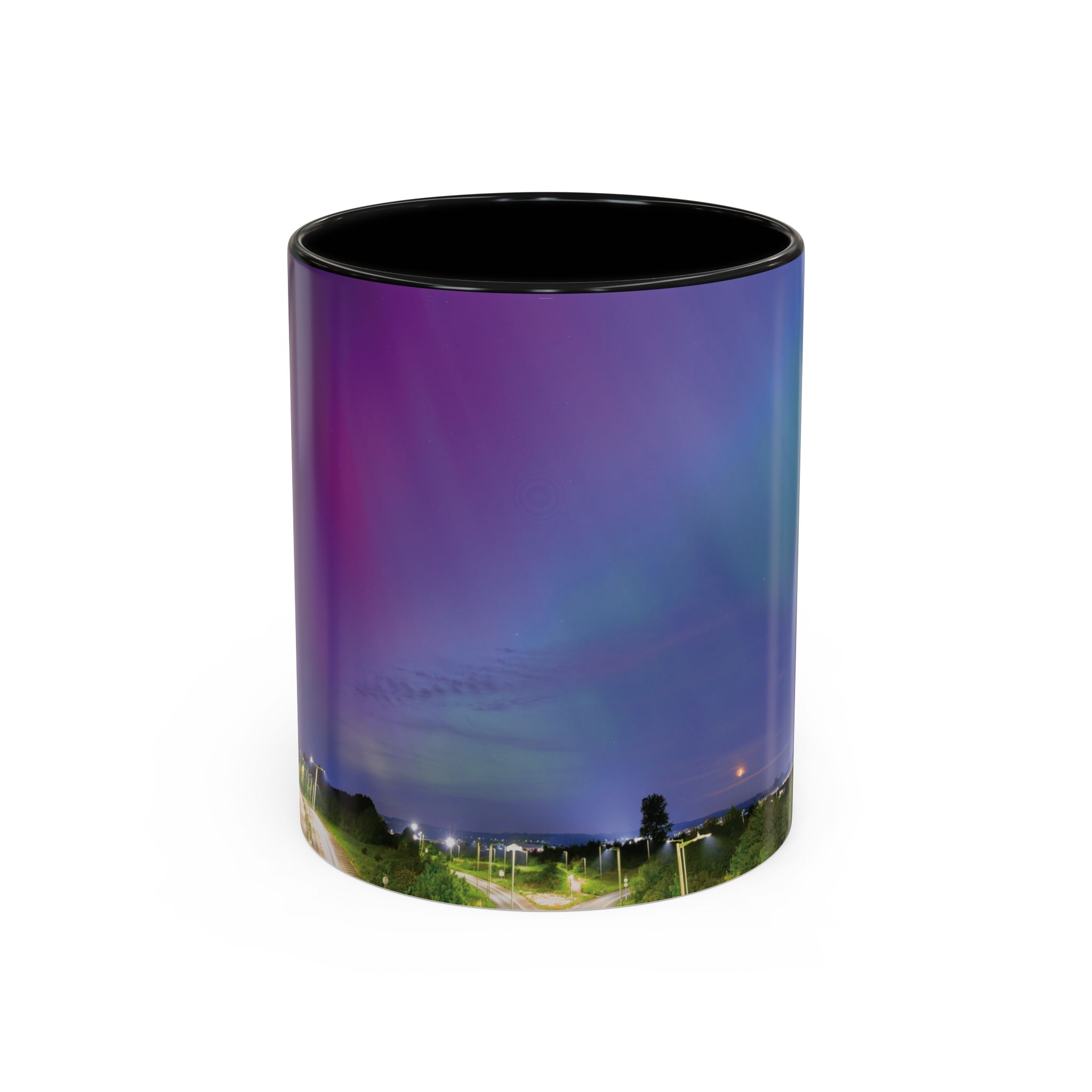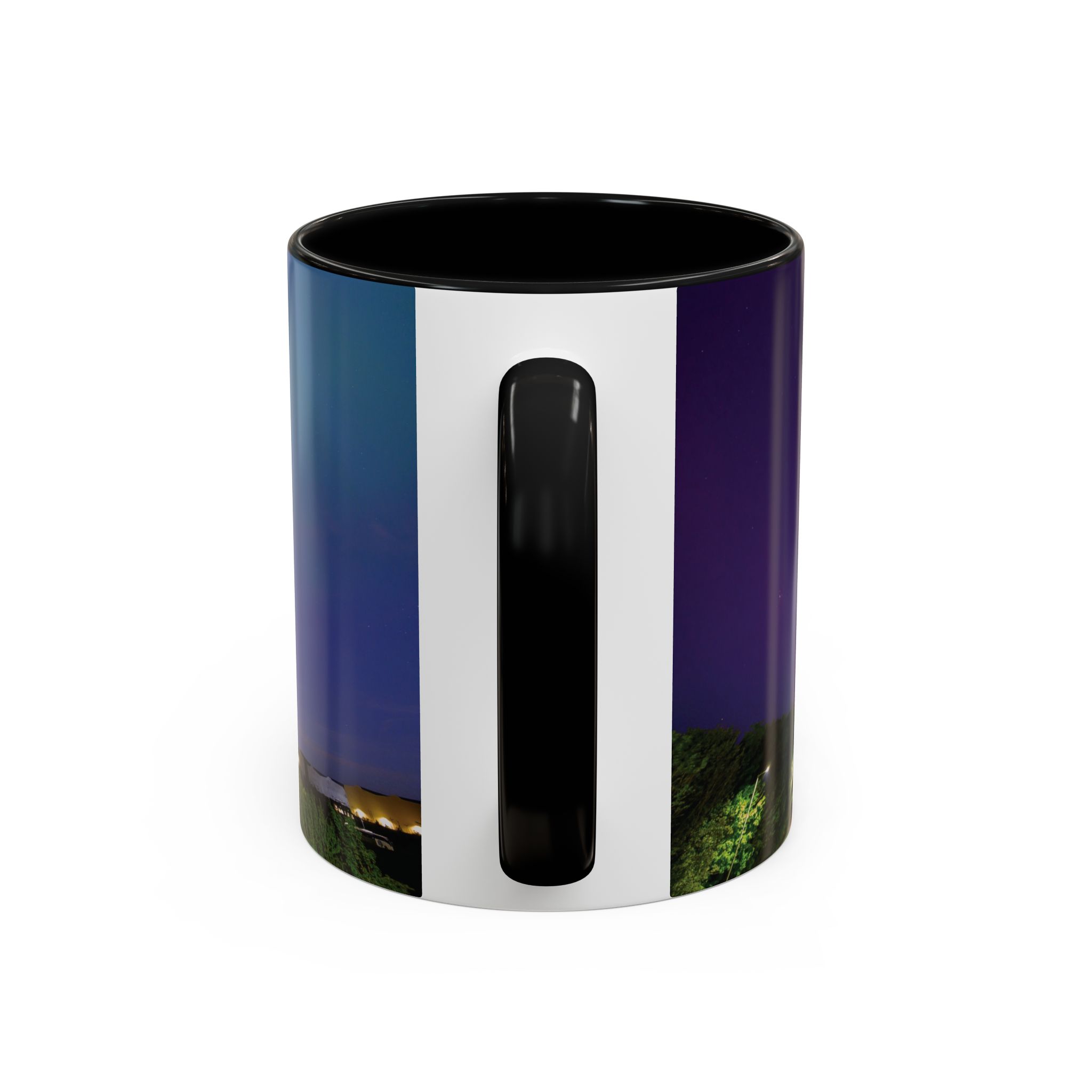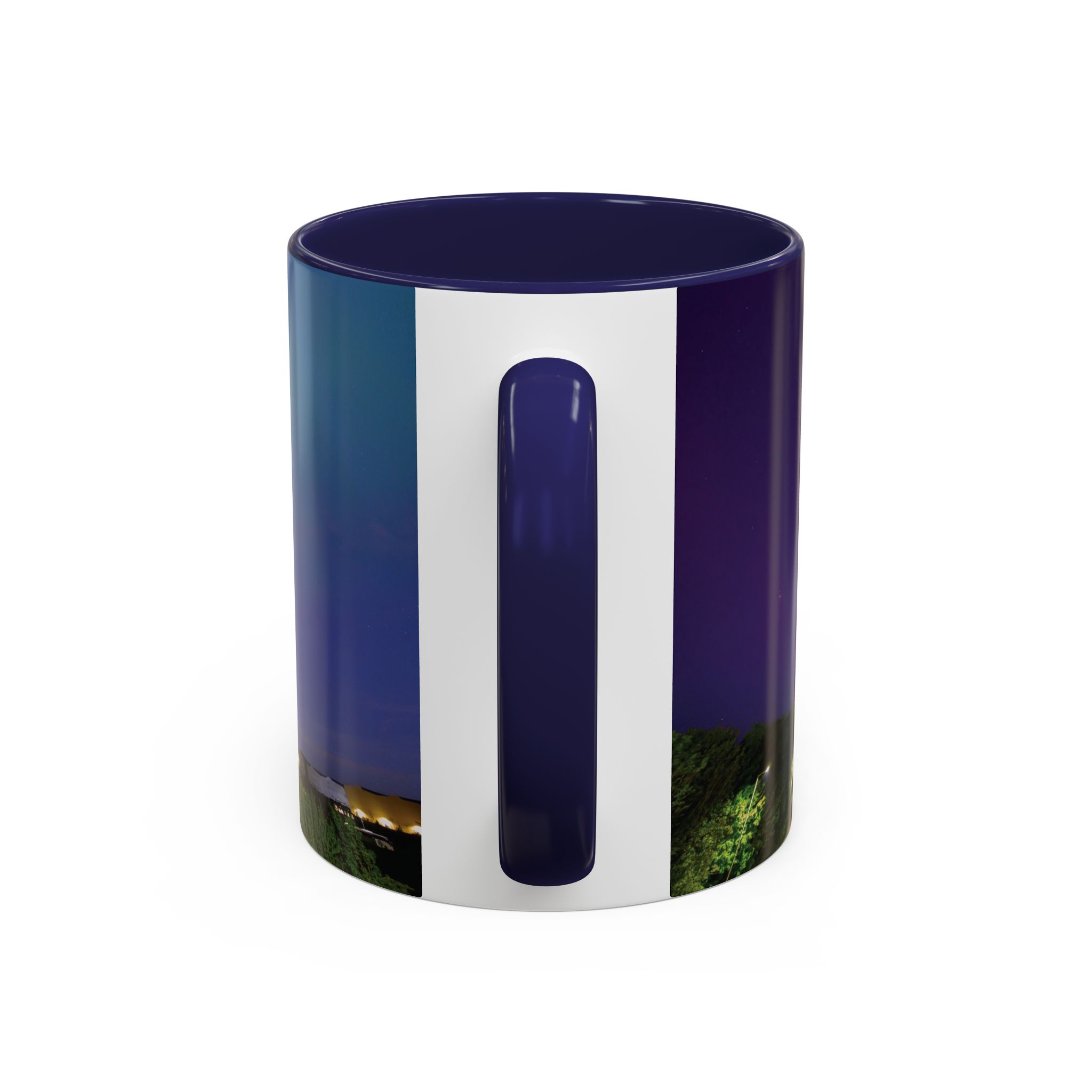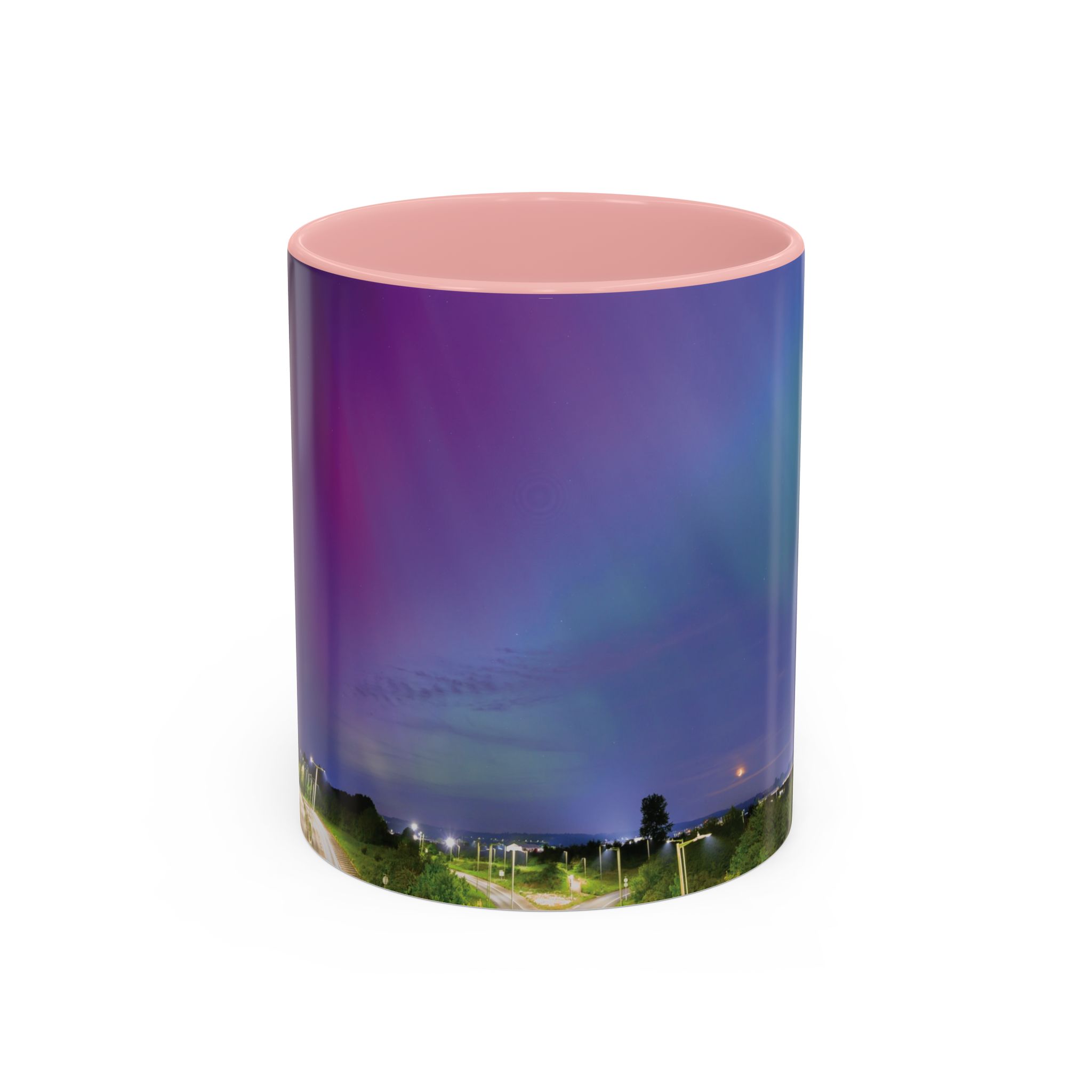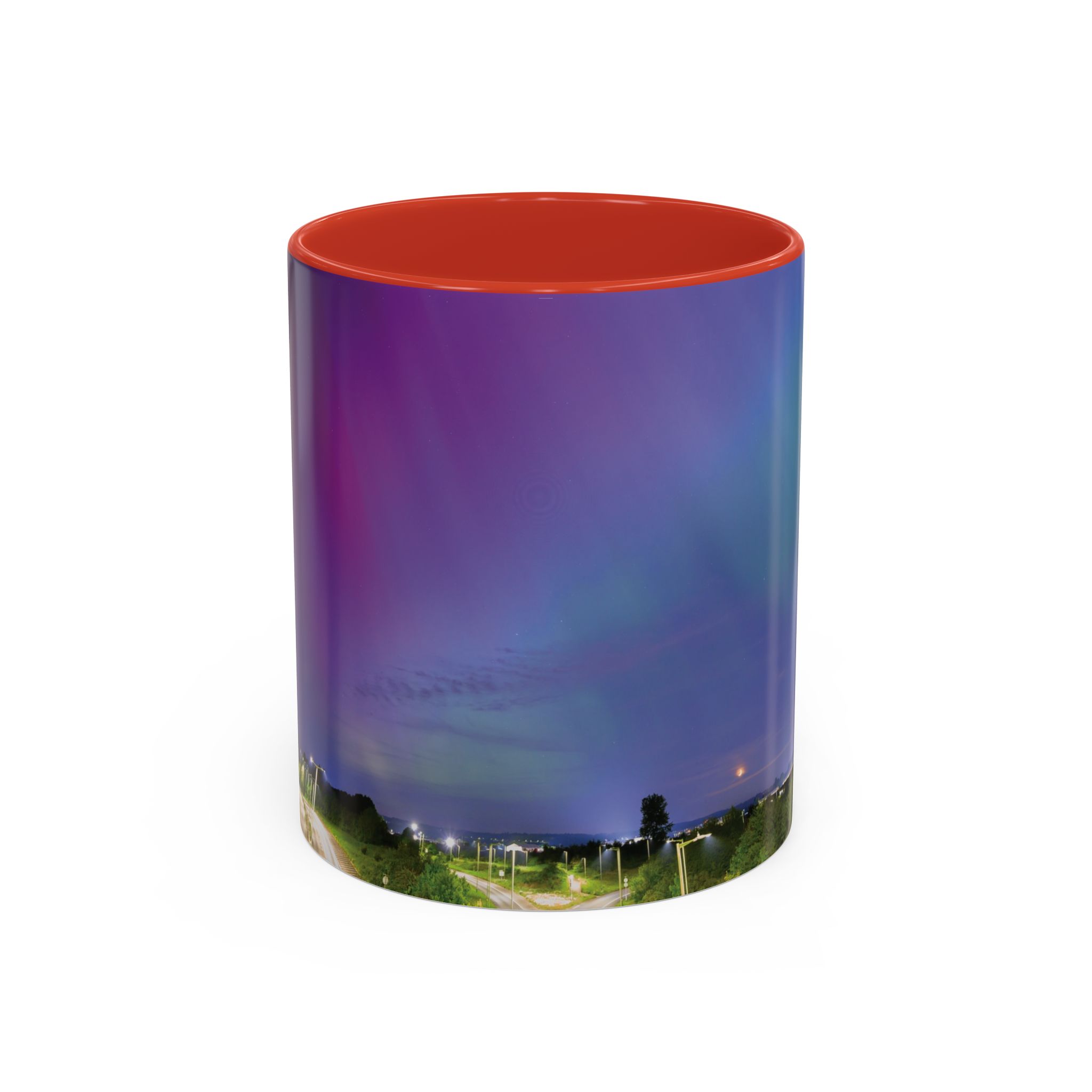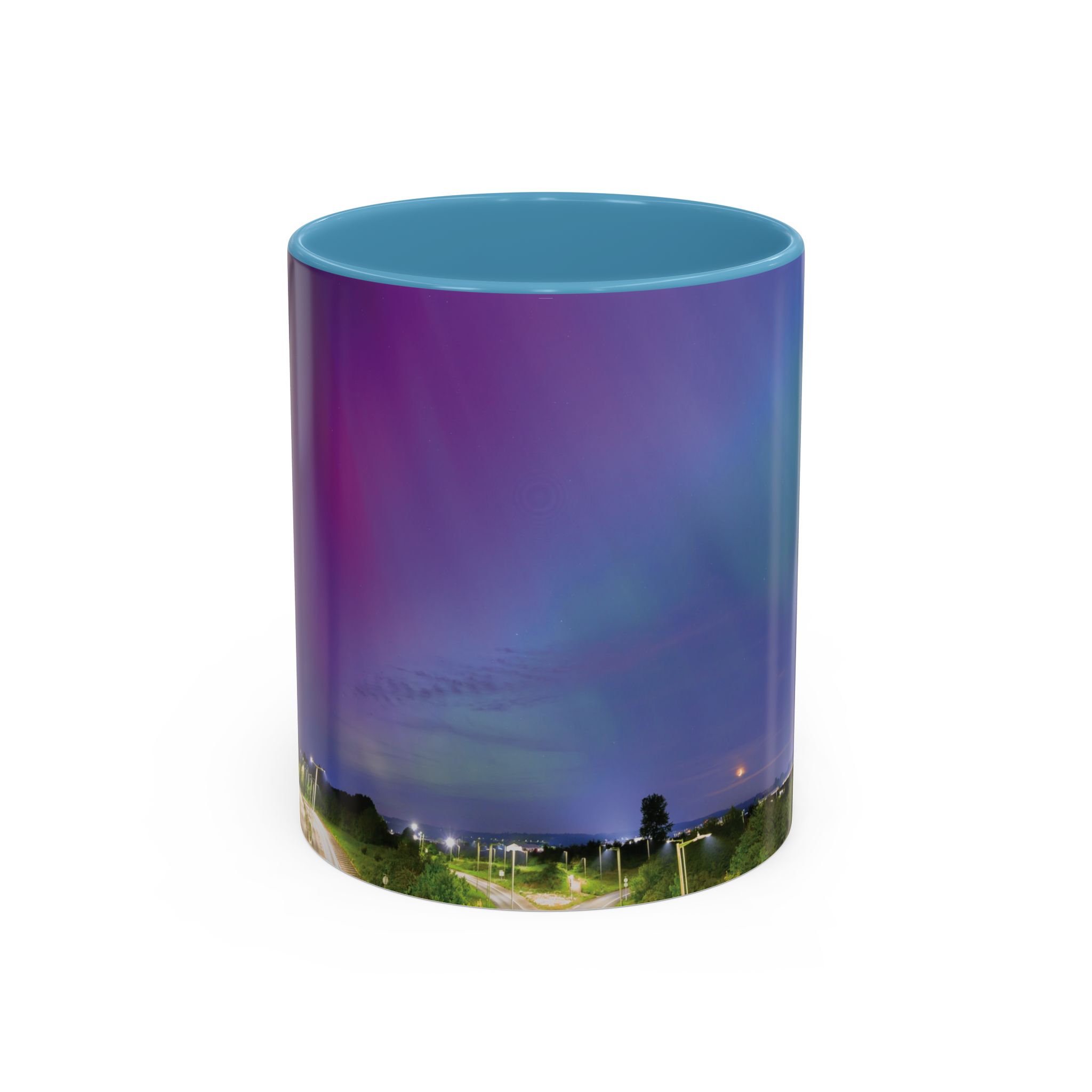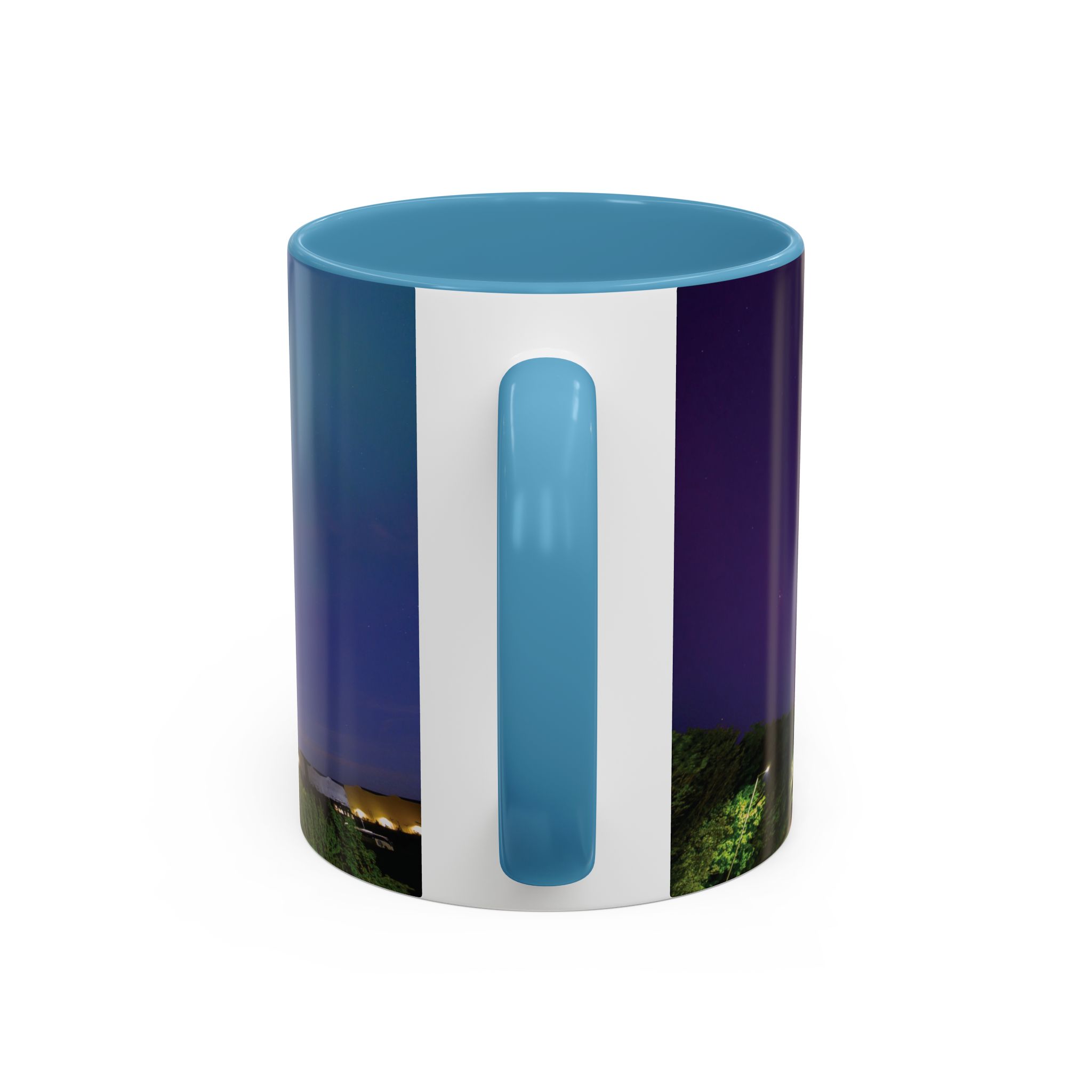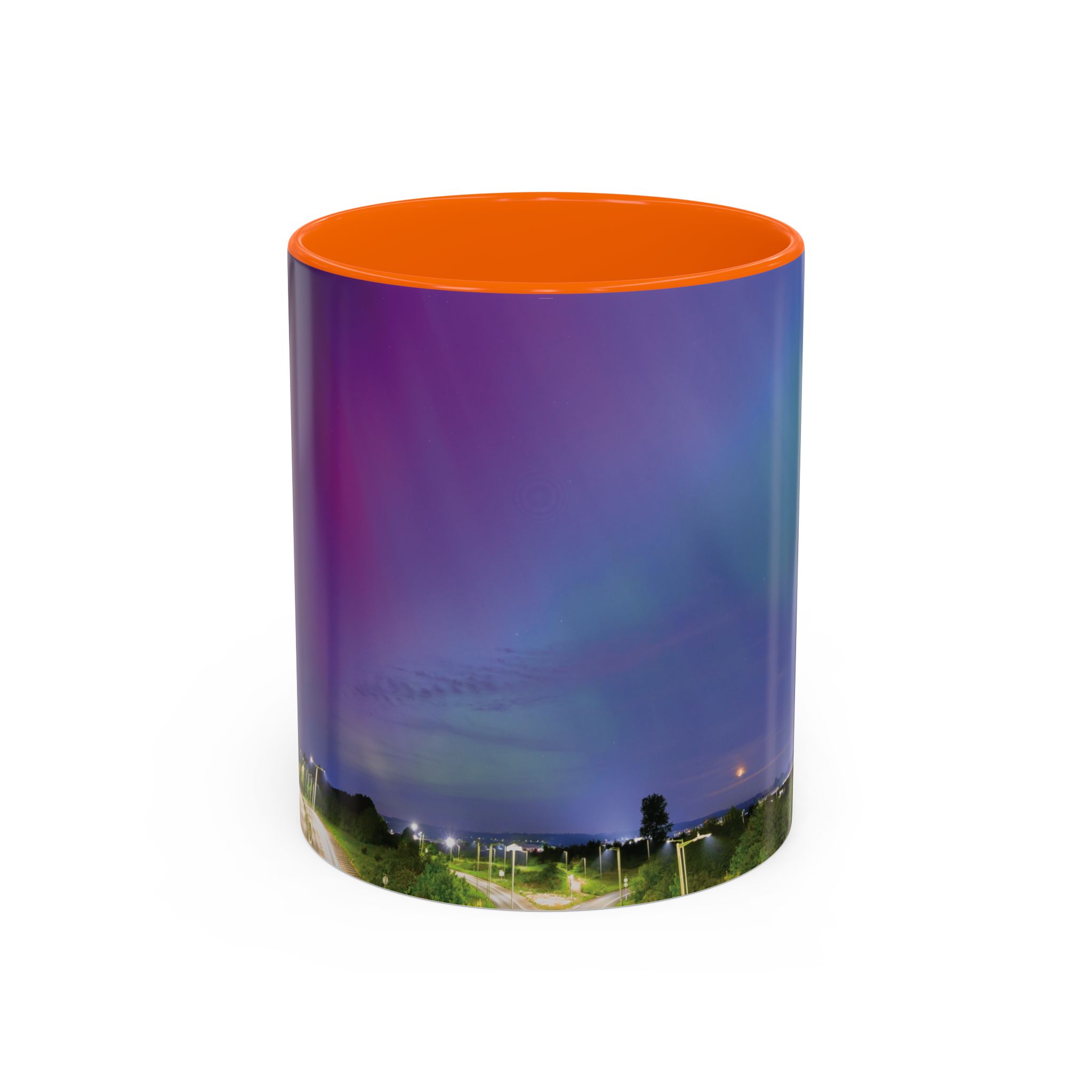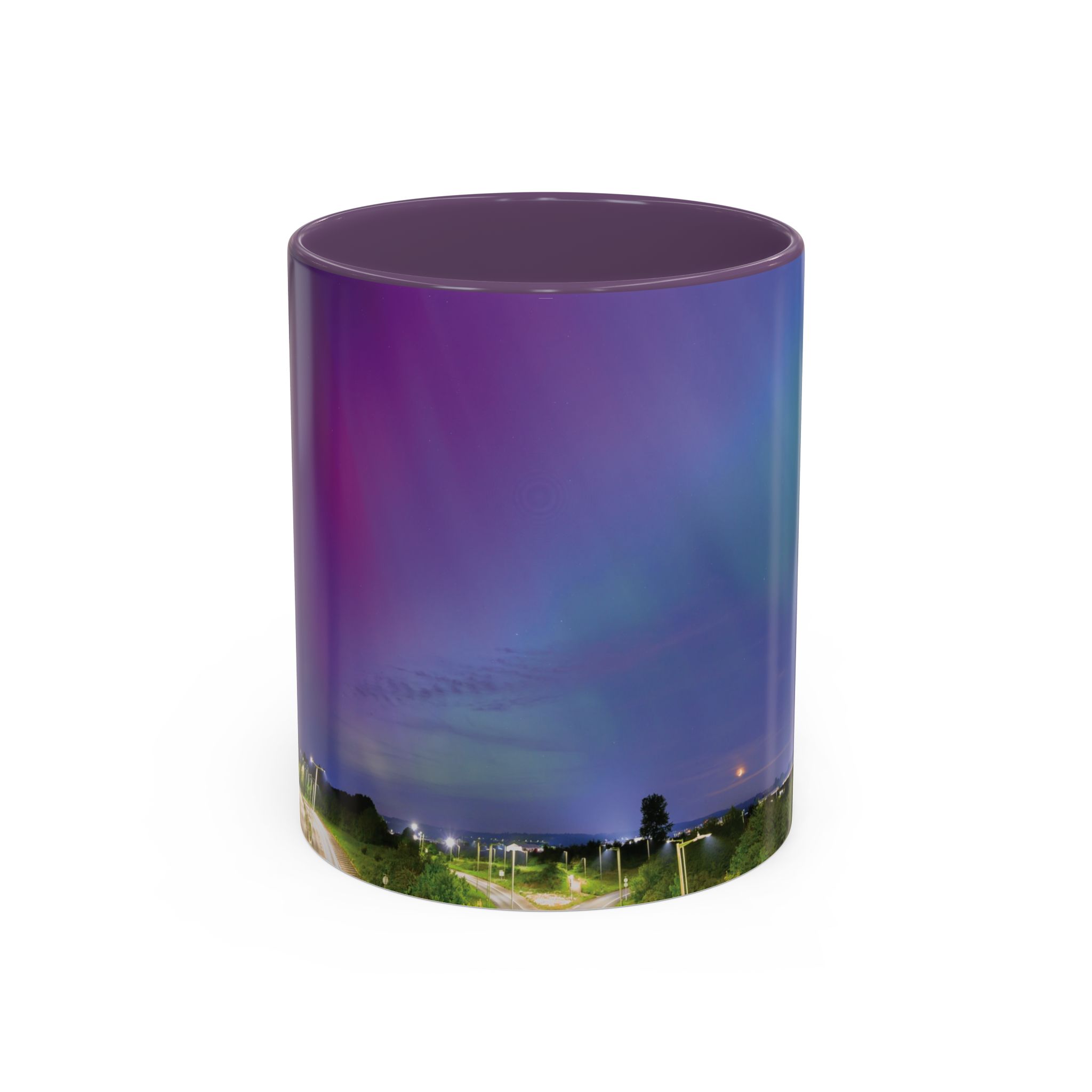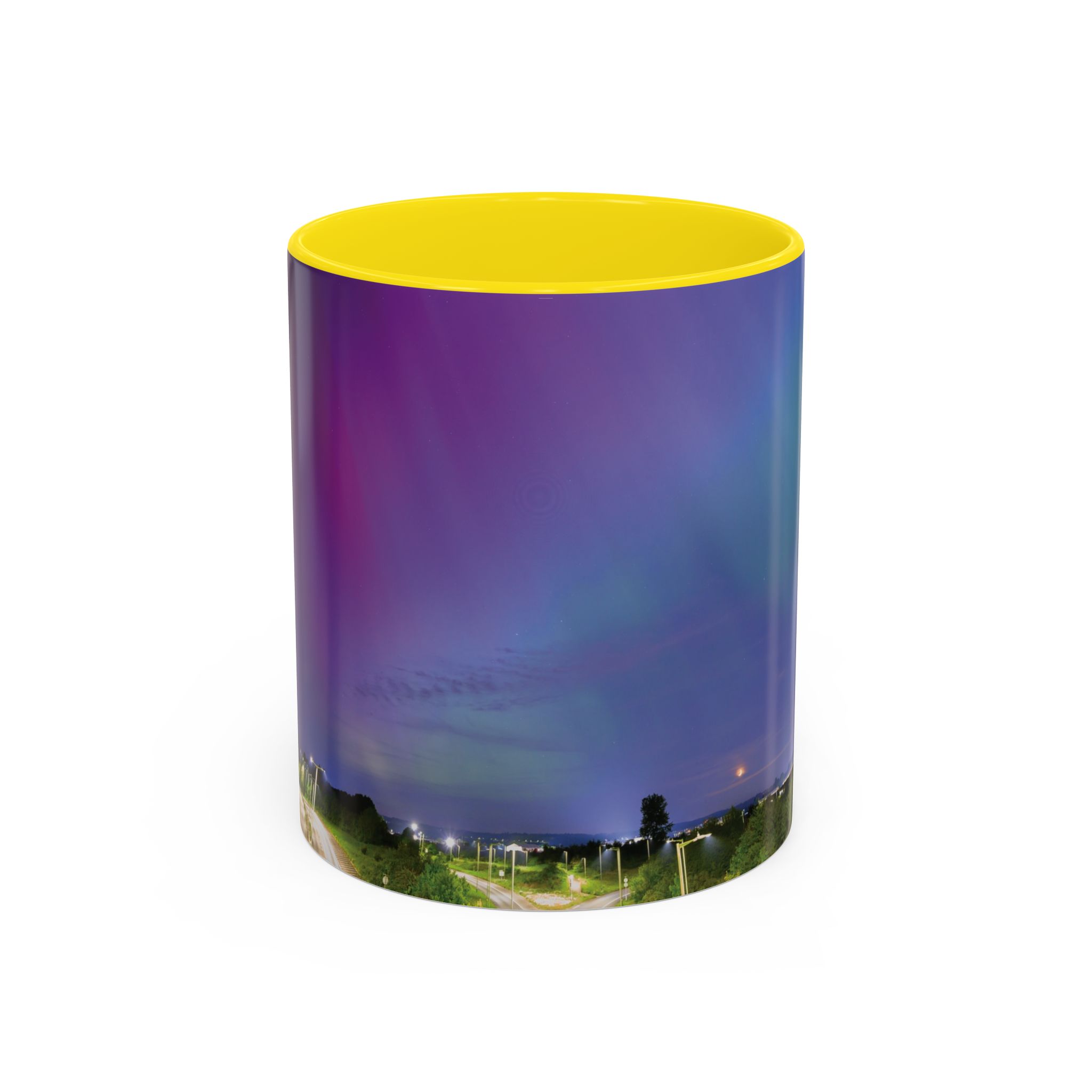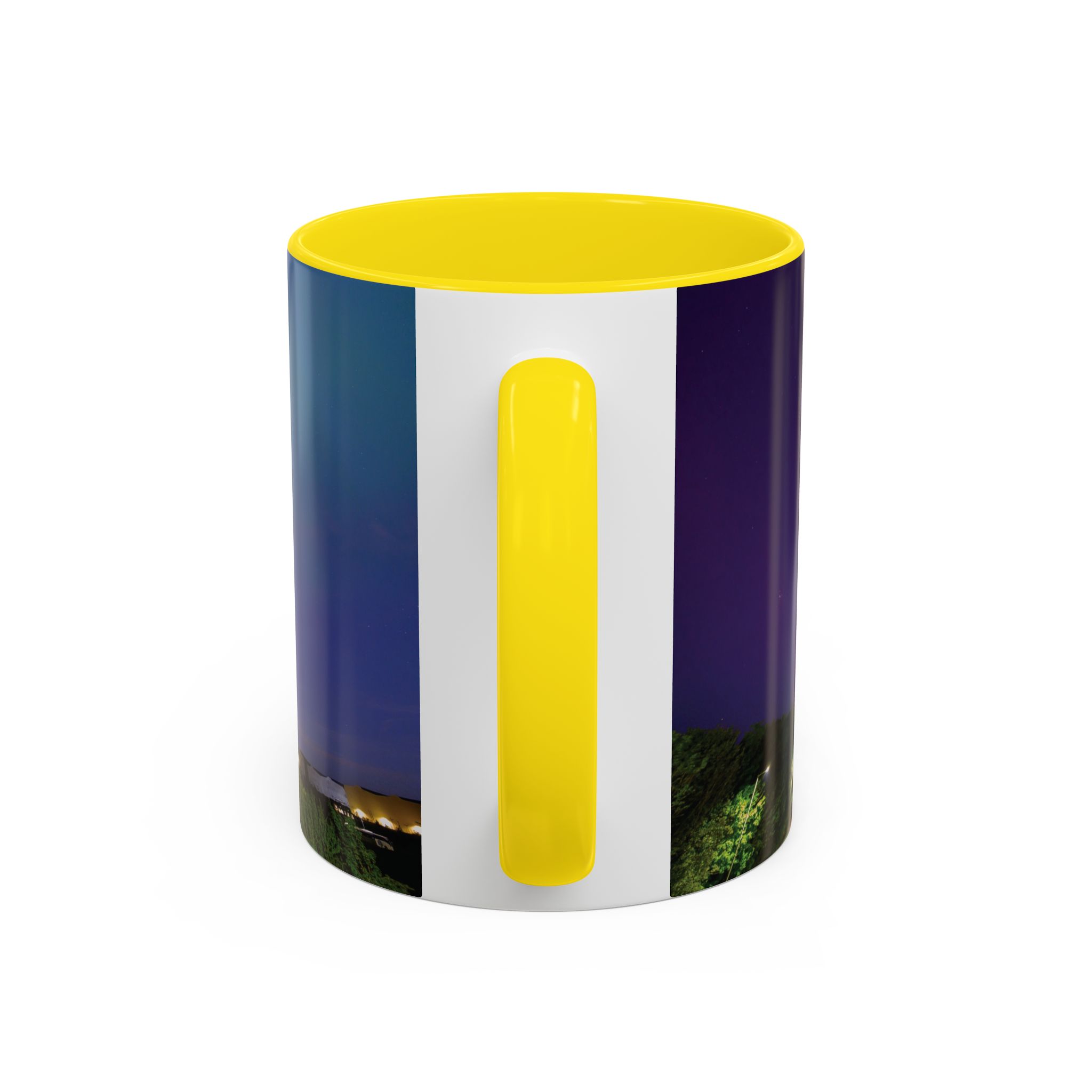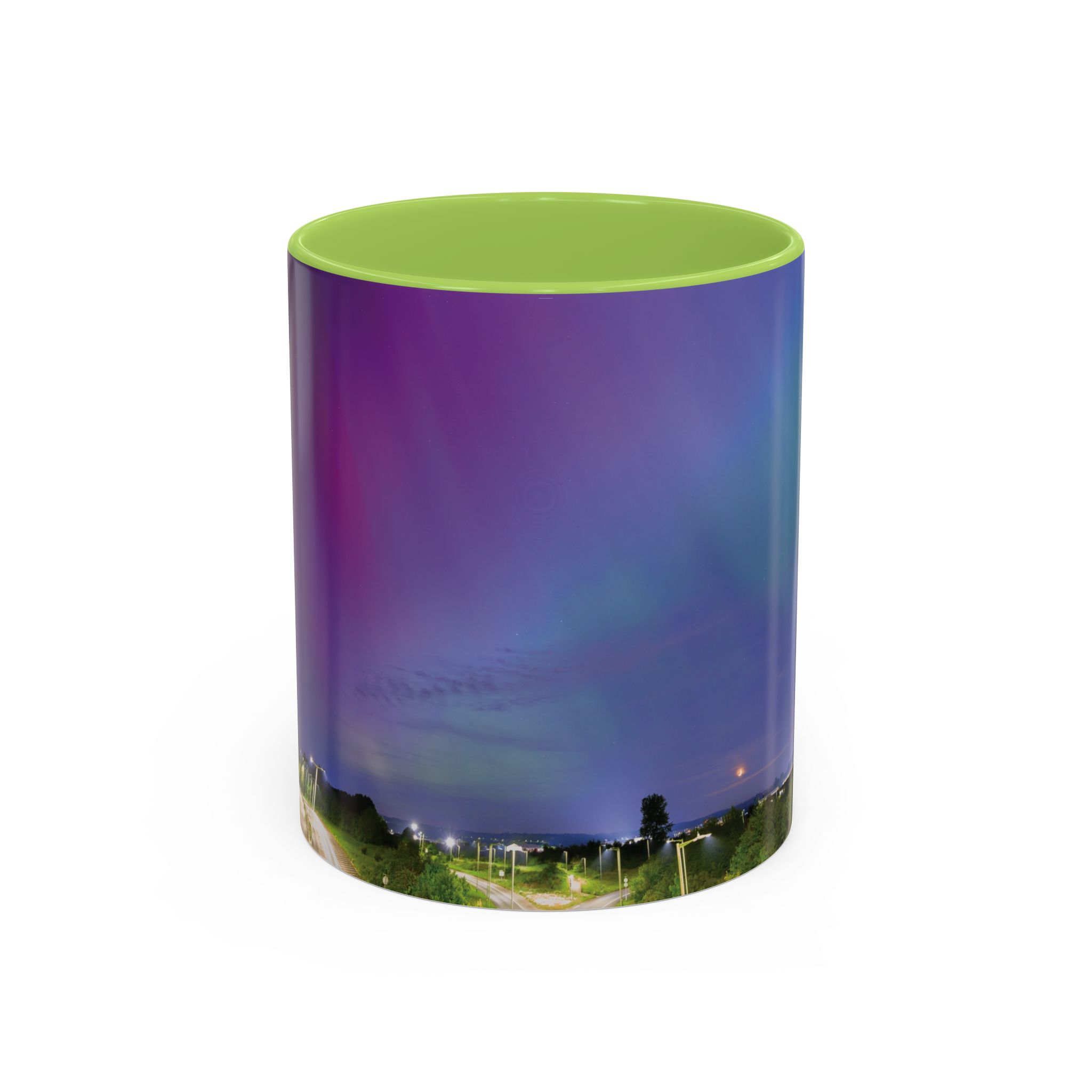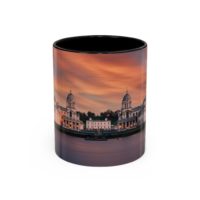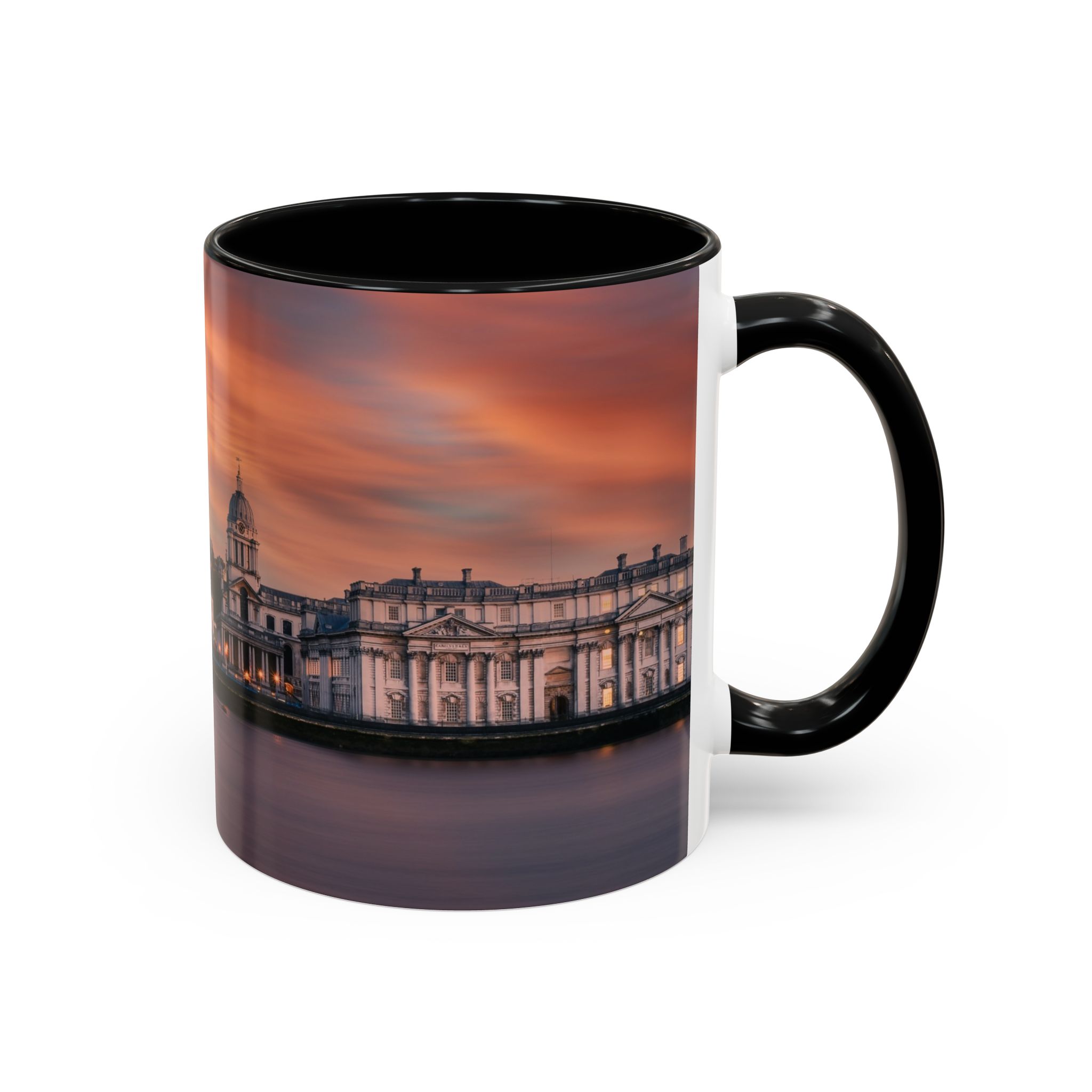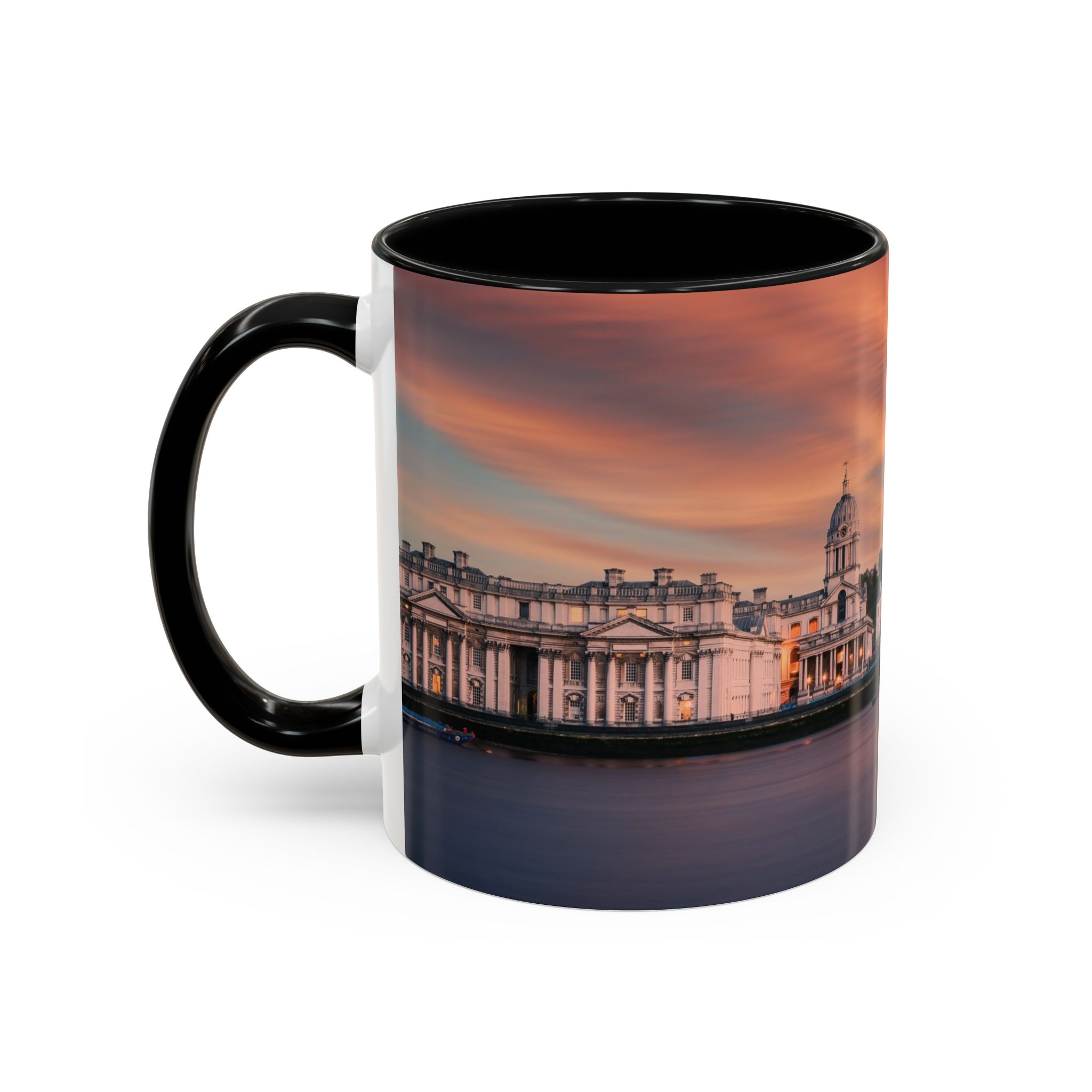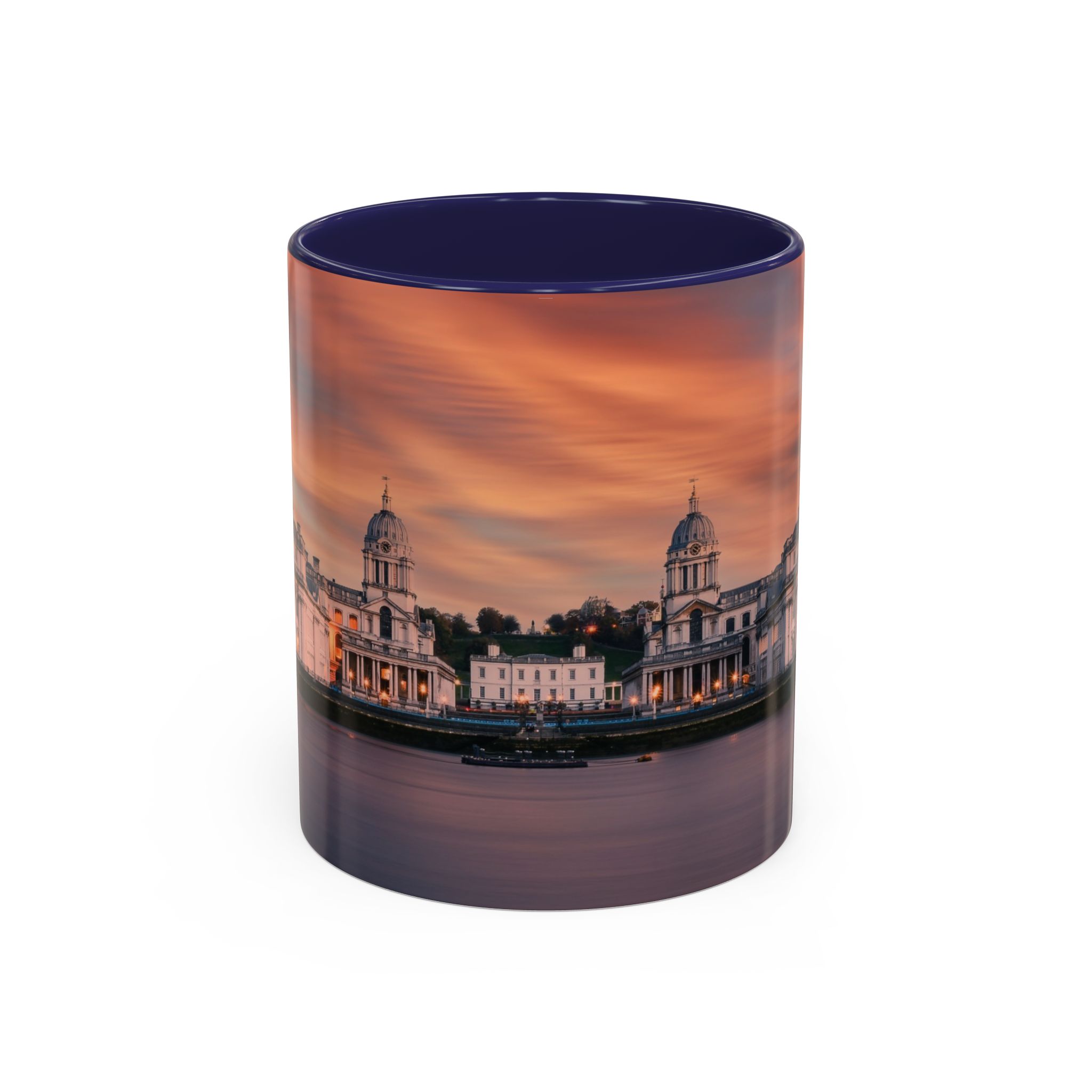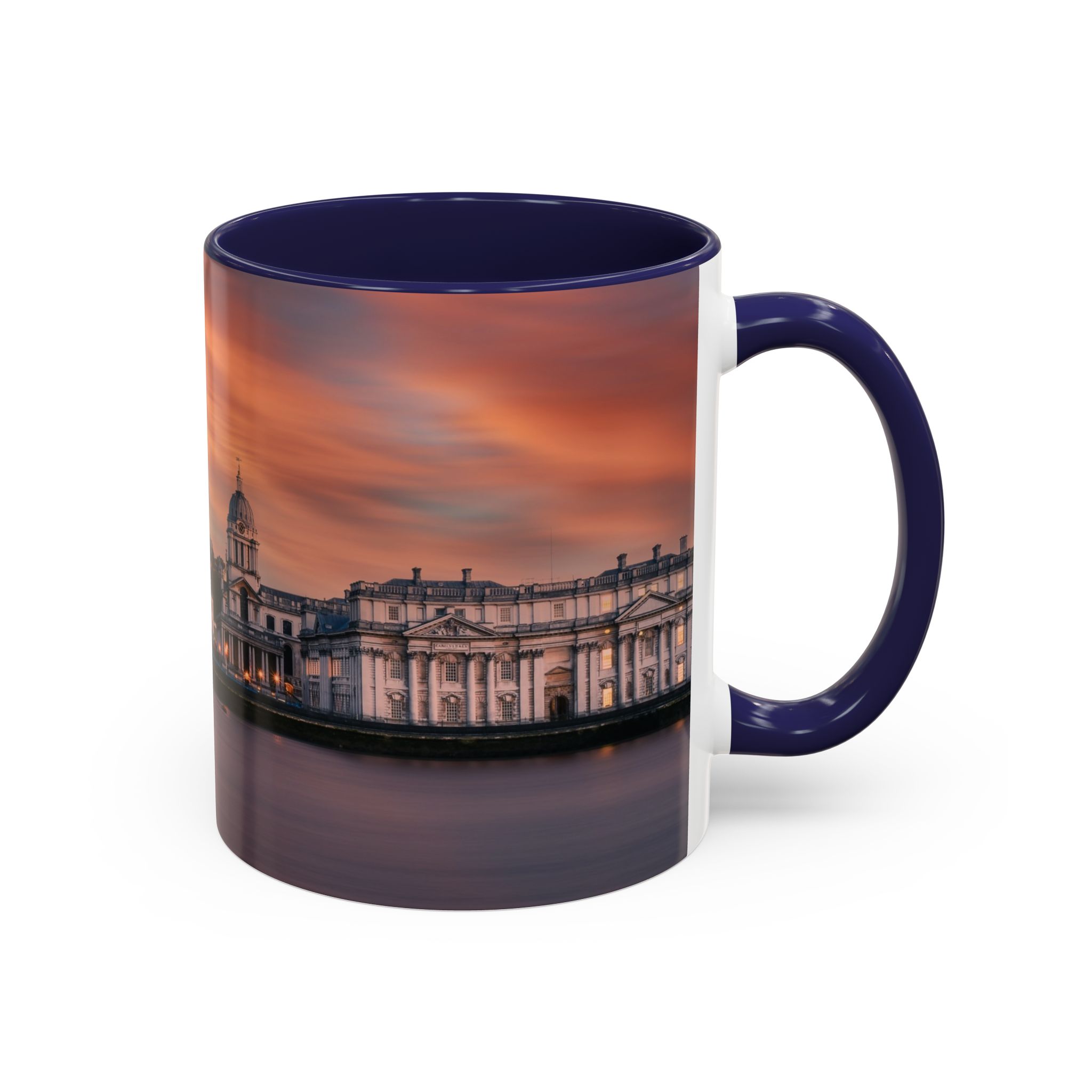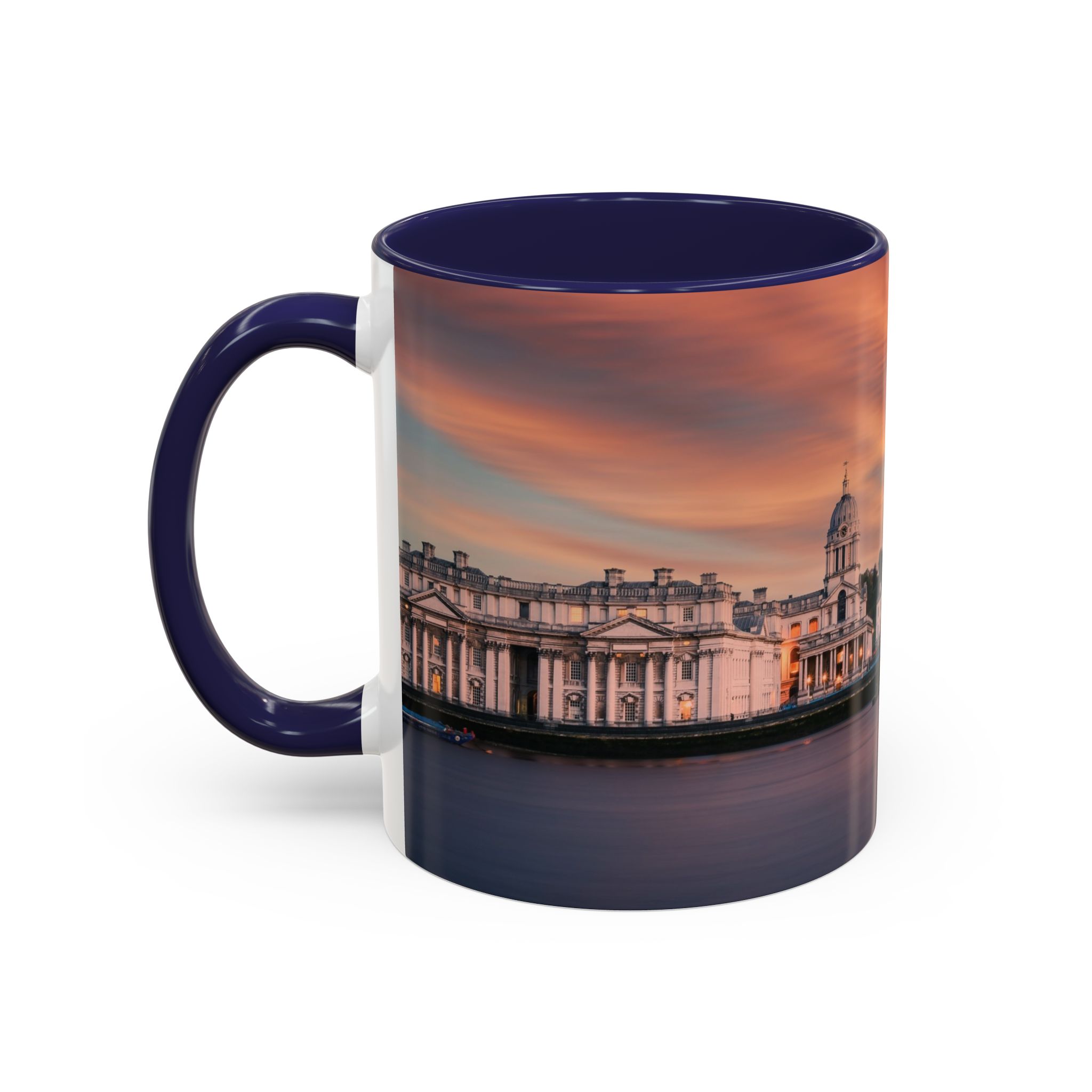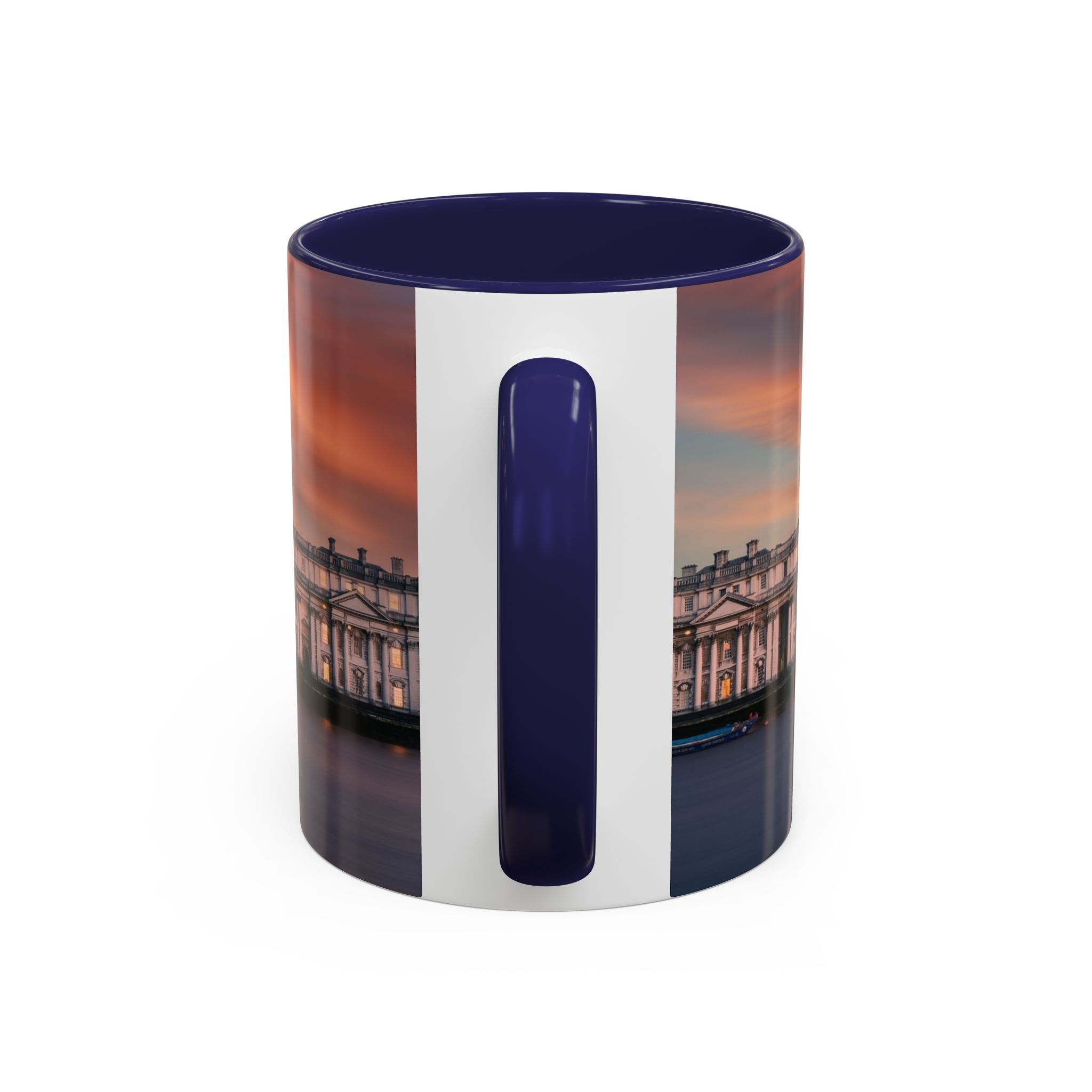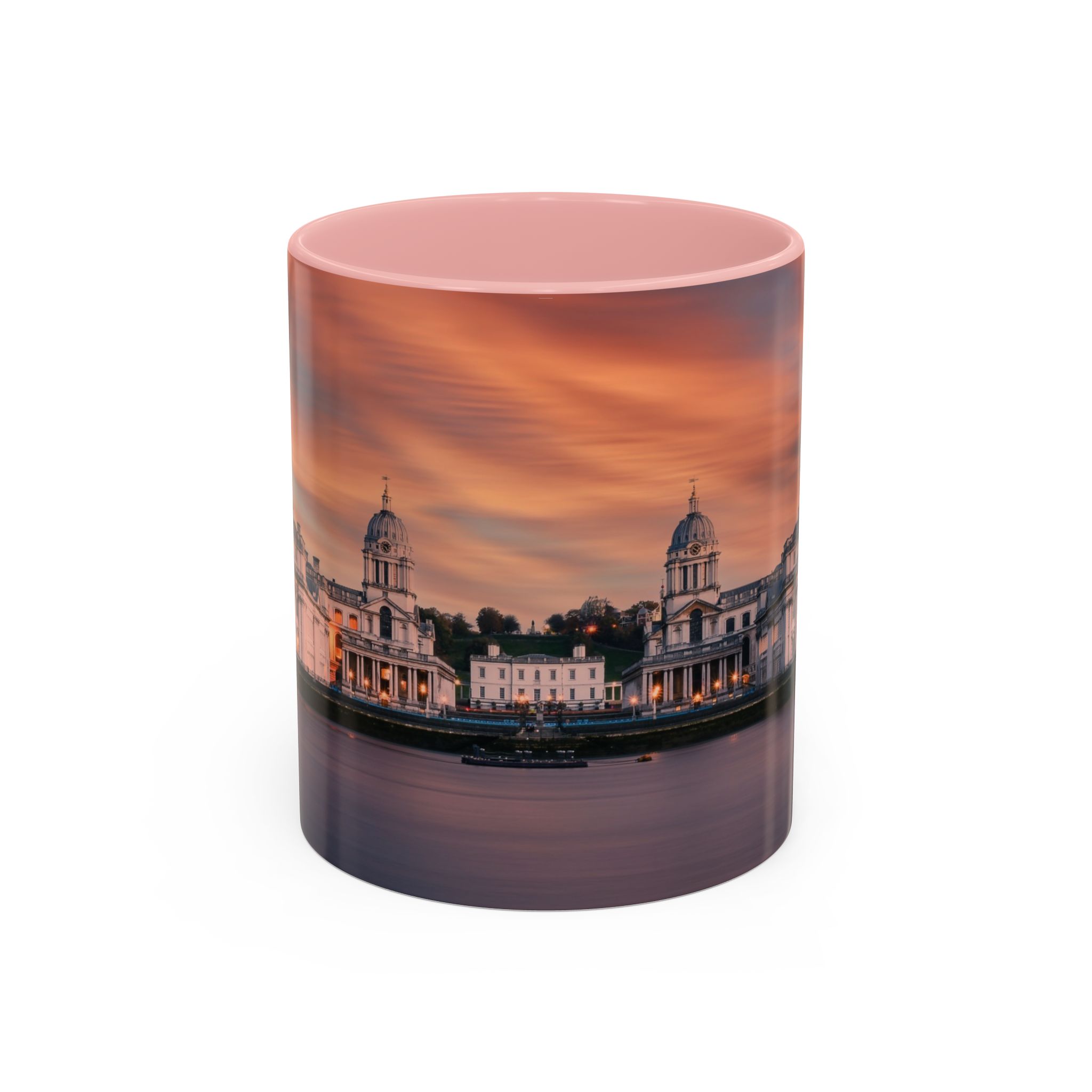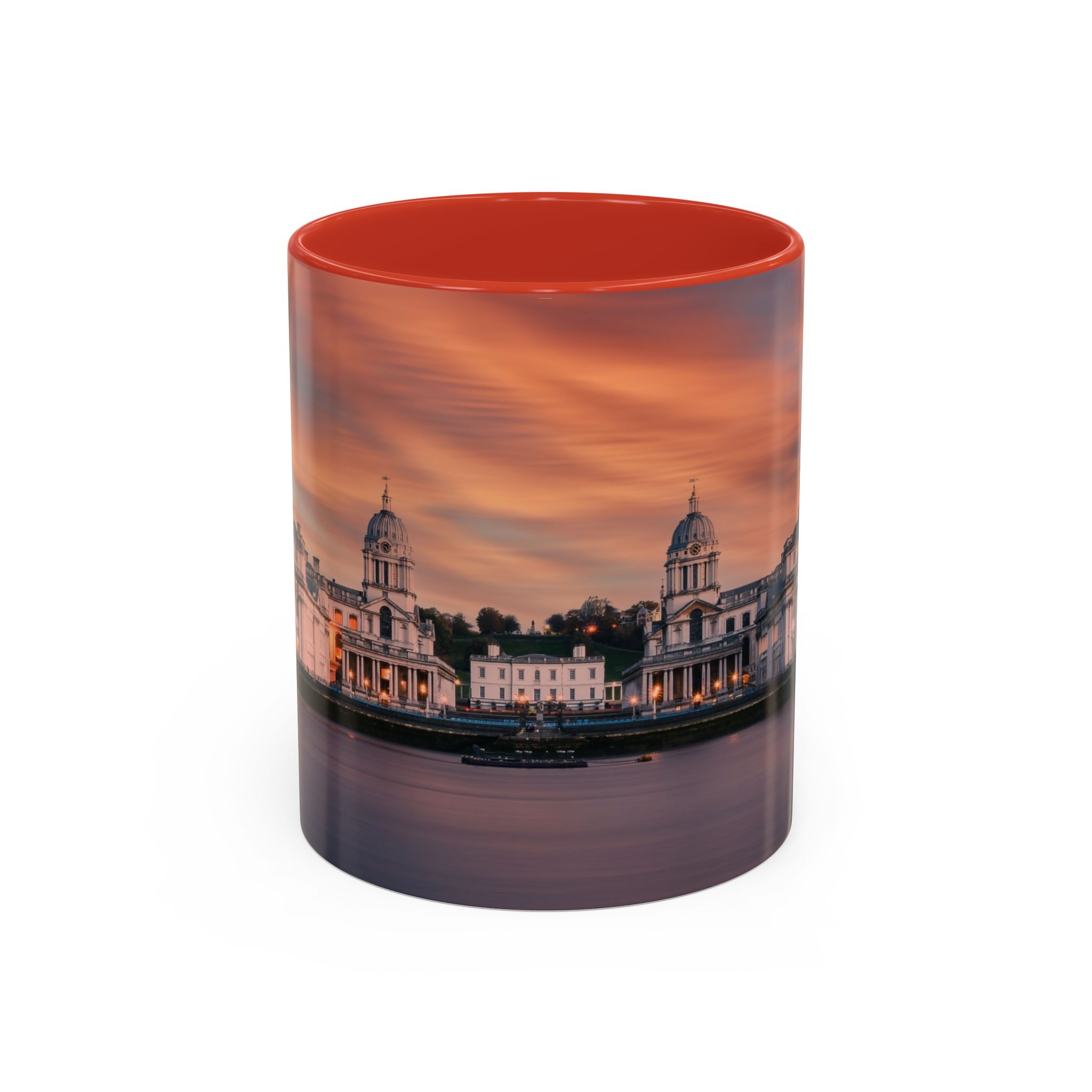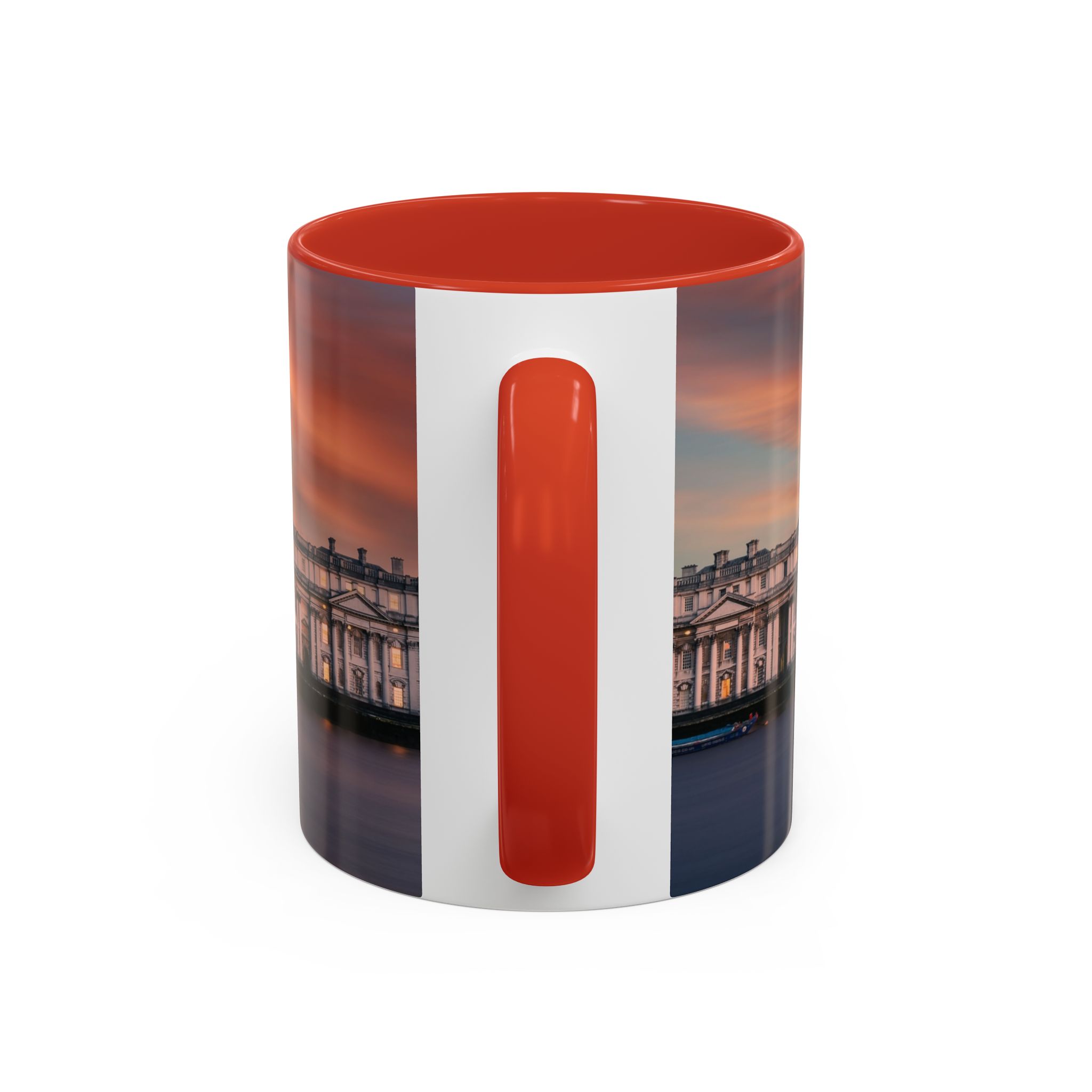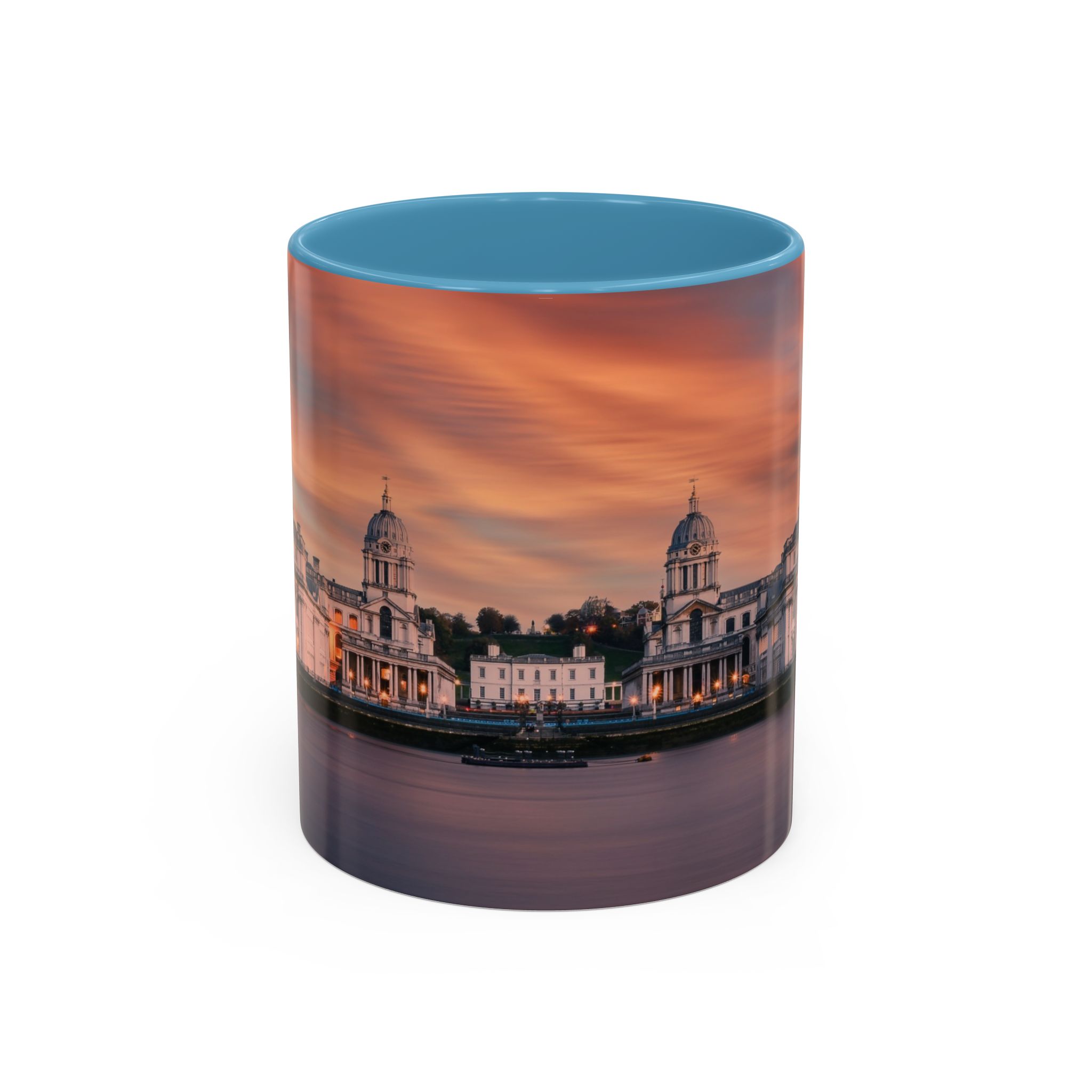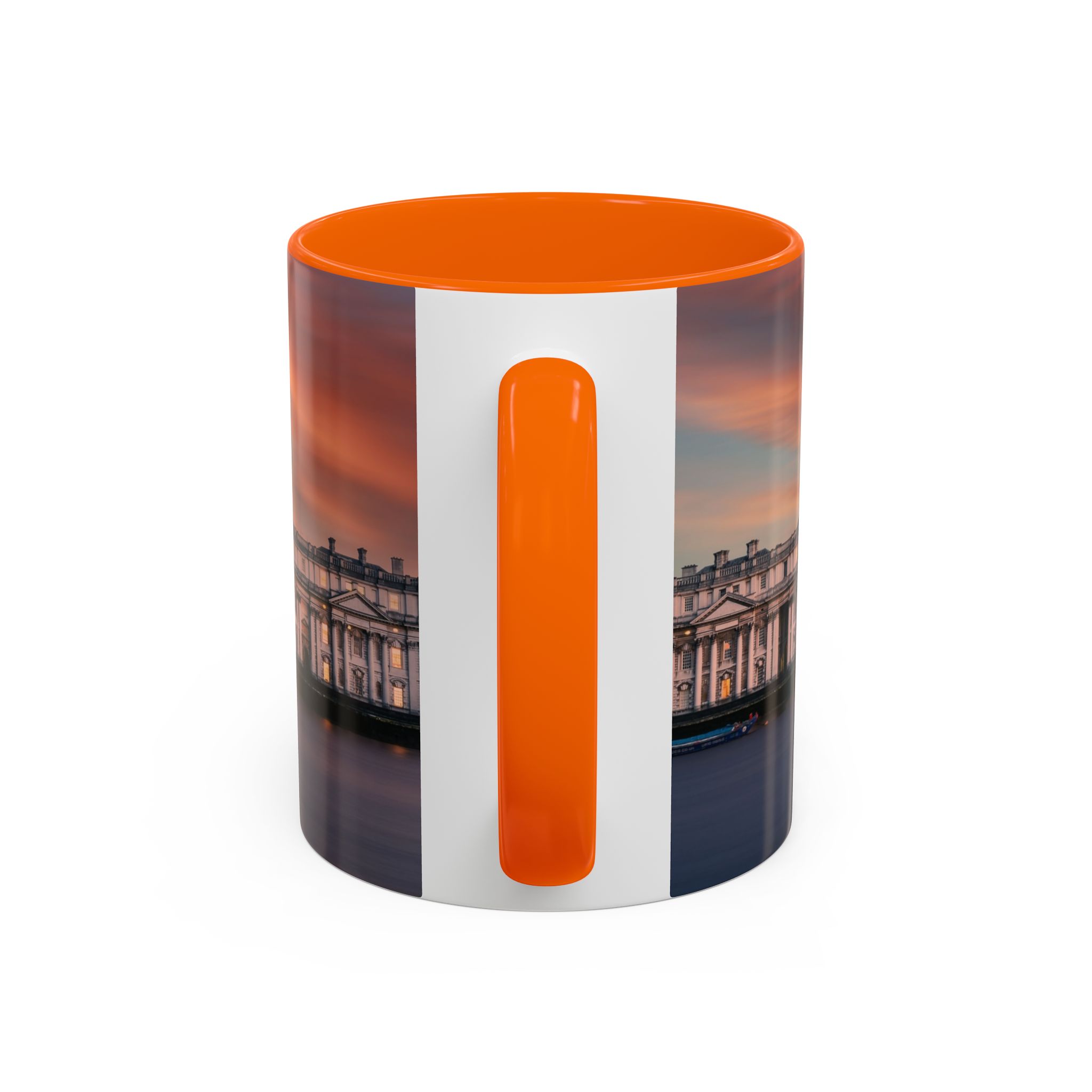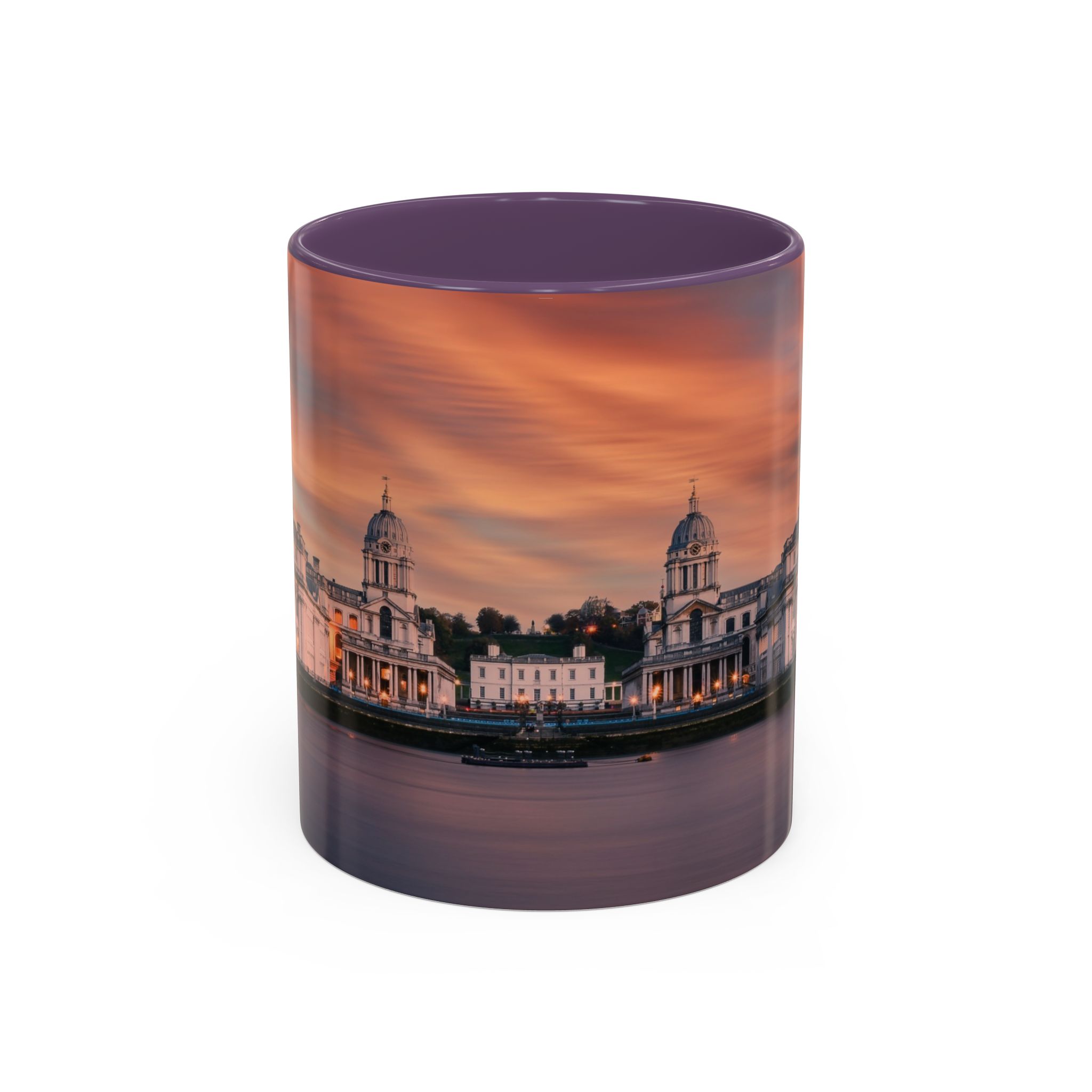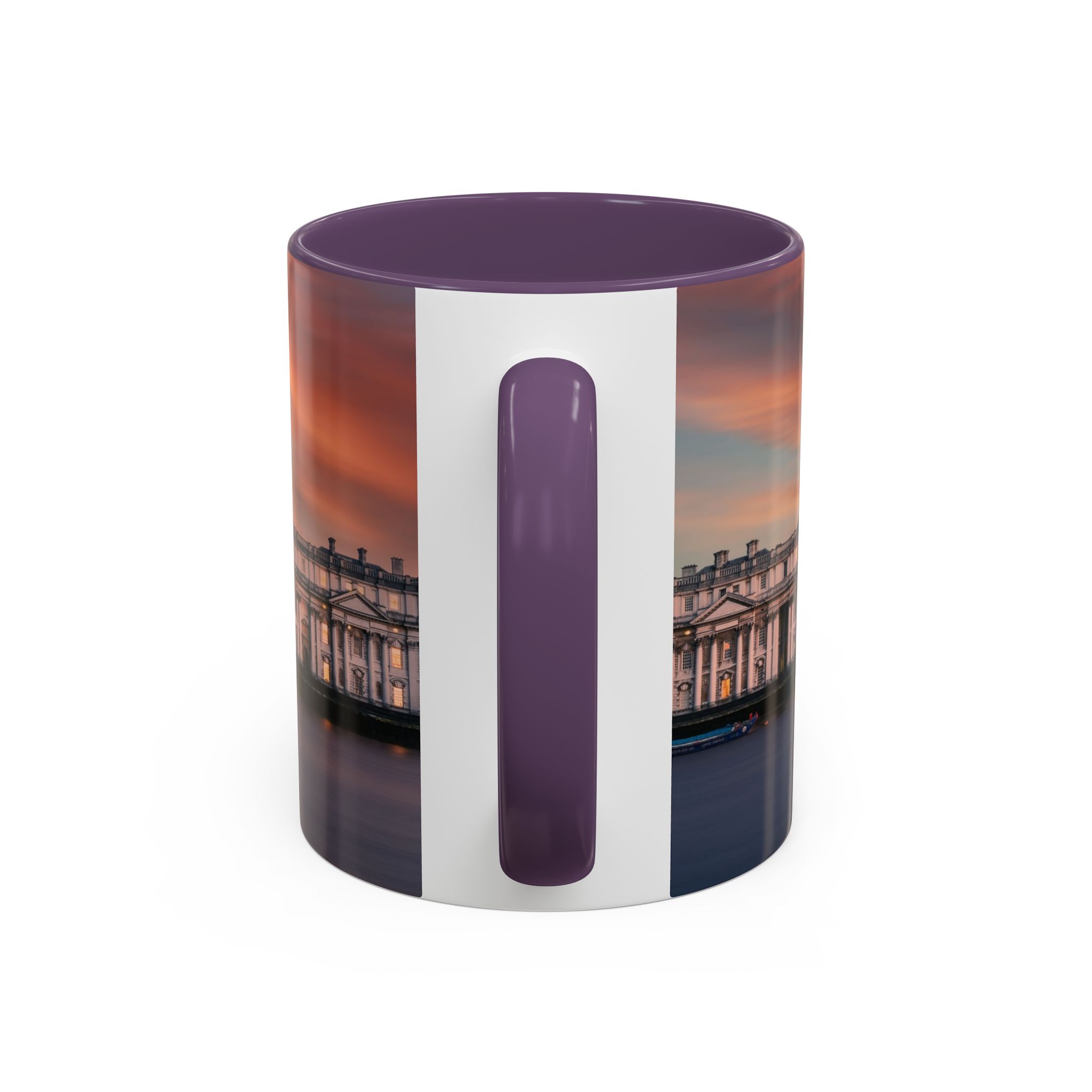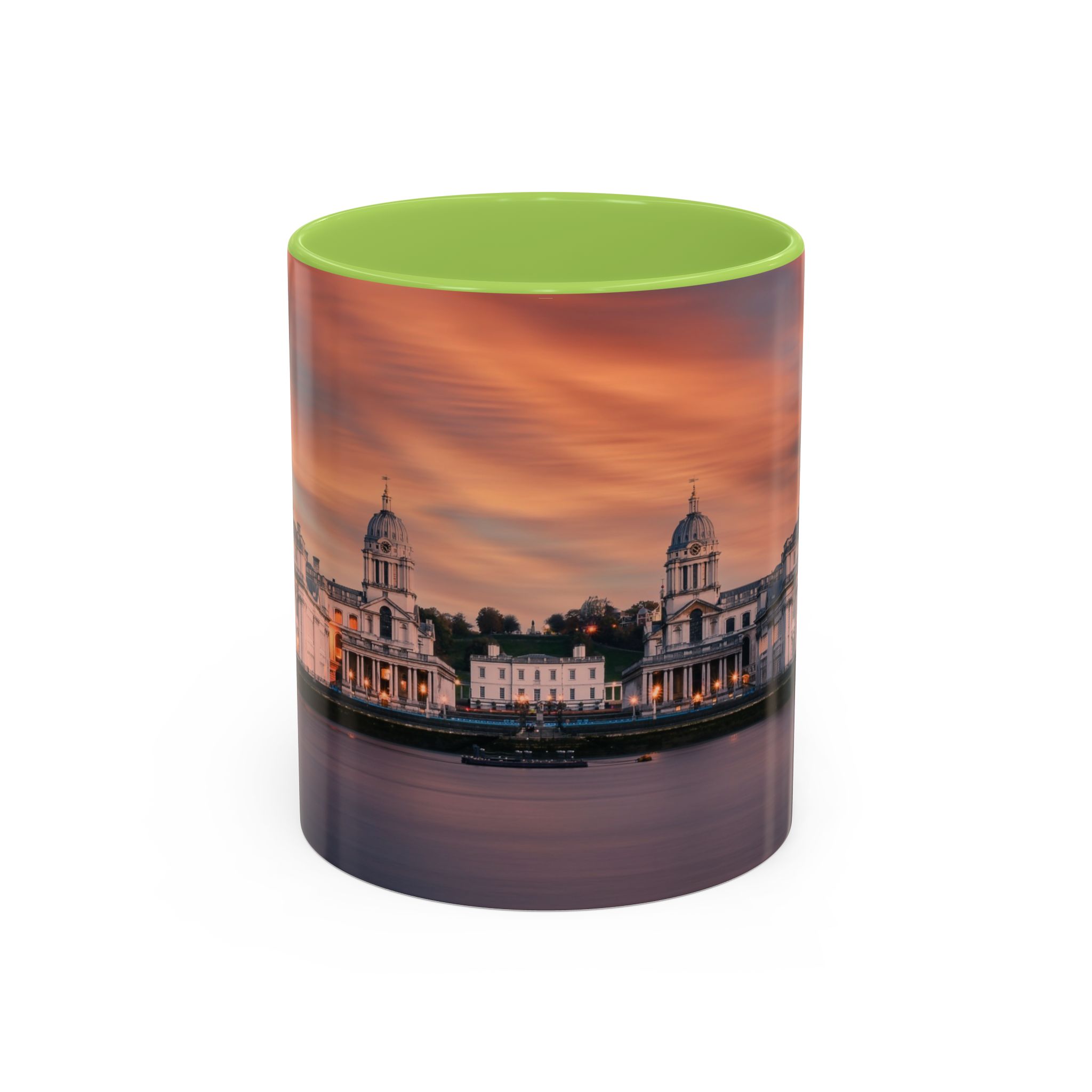Each summer, the Serpentine Pavilion emerges in Kensington Gardens as a bold statement in contemporary architecture—a fleeting yet profound structure that invites the public to experience space in unexpected ways. Now in its 25th year, the Pavilion continues its legacy of innovation with A Capsule in Time, designed by celebrated Bangladeshi architect and educator Marina Tabassum and her firm, Marina Tabassum Architects (MTA). Opening on 6 June 2025, the Pavilion marks a milestone moment for the commission, echoing the pioneering spirit of its inaugural architect, Dame Zaha Hadid.
Tabassum’s design offers a deeply poetic meditation on impermanence, light, and place. Rooted in the tradition of summer park-going and the filtered serenity of garden canopies, A Capsule in Time is both a shelter and a sculptural gesture—one that seeks not only to inhabit space but to transform it.
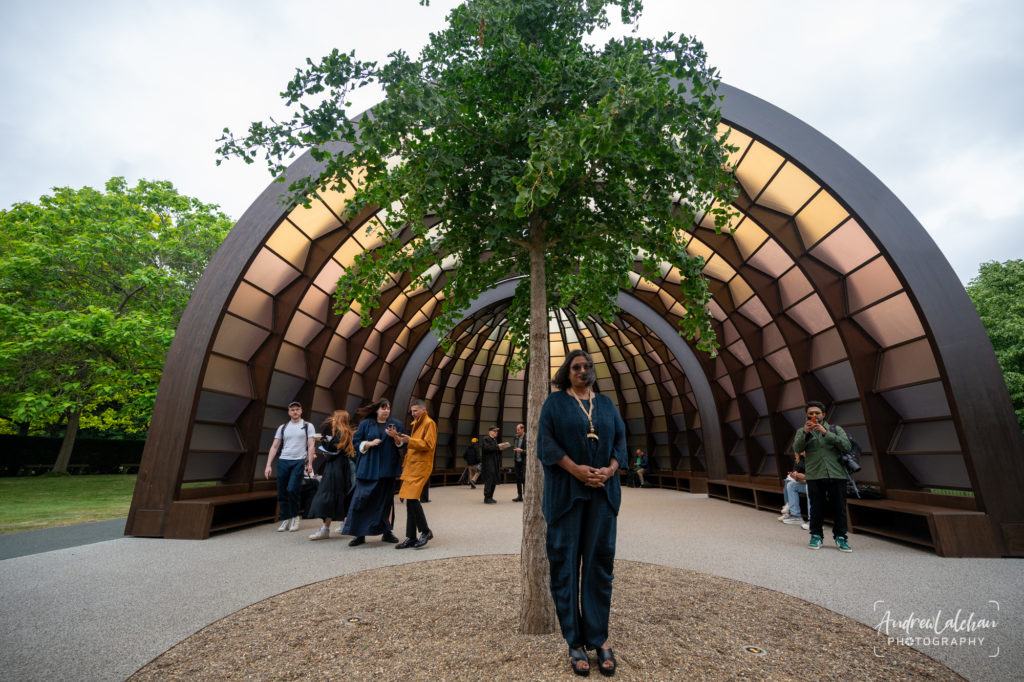
Design and Concept
A Capsule in Time stretches gracefully along the north-south axis of Kensington Gardens, its form thoughtfully aligned with the bell tower of Serpentine South. The Pavilion takes the shape of an elongated capsule, comprised of four sculptural wooden forms that appear both grounded and ethereal. At its heart lies a central court—a contemplative void that invites stillness and reflection, echoing the quiet rhythms of summer days in the park.
The structure draws inspiration from the soft interplay of light and foliage beneath arched garden canopies. In much the same way that trees diffuse sunlight into gentle patterns on the ground, the Pavilion’s translucent façade dapples incoming light, enveloping visitors in a tranquil, luminous atmosphere. This interplay of light and form is central to Tabassum’s vision, offering a sensory experience that shifts with time and weather.
At once minimal and deeply intentional, the design blurs the lines between architecture and environment, interior and exterior. It’s a space meant not simply to view, but to inhabit—to walk through, pause within, and allow the structure to shape one’s perception of the landscape around it.
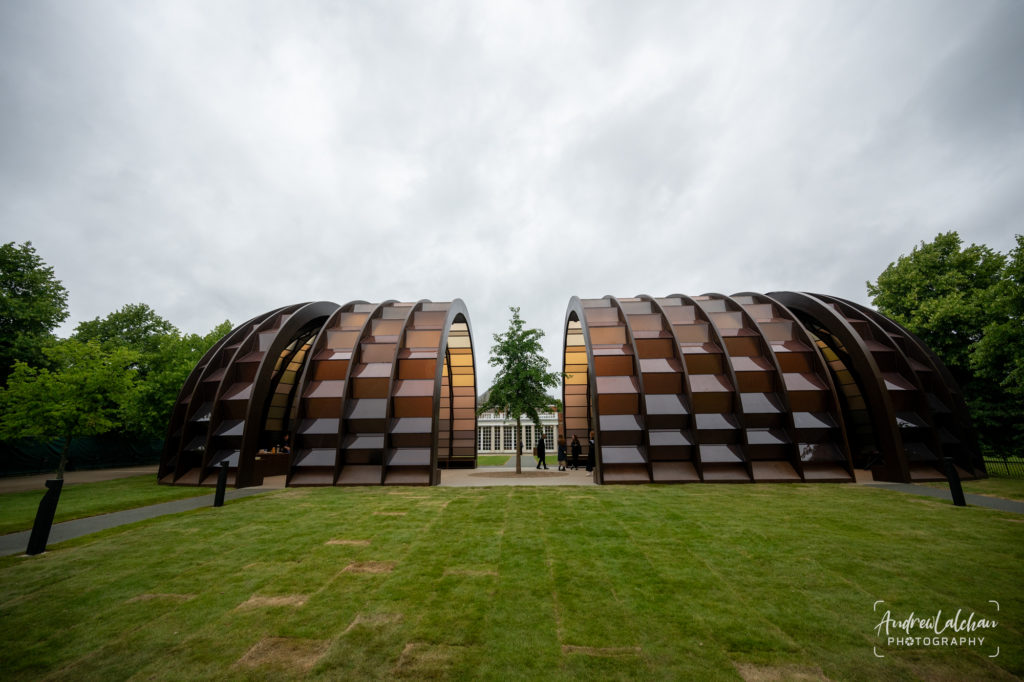
Materiality and Light
In A Capsule in Time, material is not just substance—it’s narrative. For the first time in her career, Marina Tabassum has constructed an entire structure from wood, a choice that speaks to the Pavilion’s commitment to natural tactility and temporal resonance. The wooden capsules, though substantial in form, feel remarkably light, as if they rest gently upon the earth.
The Pavilion’s translucent skin plays a pivotal role in defining its atmosphere. Filtering daylight through a semi-sheer façade, the space within is never static—it glows, shifts, and breathes with the rhythm of the day. Morning light dapples the floor like dew; by late afternoon, shadows stretch long and soft. In this way, the Pavilion becomes a canvas for light itself, shaped as much by the sun and sky as by human hands.
Adding a dynamic element to the composition, one of the wooden capsule forms is designed to move—subtly reconfiguring the spatial arrangement. This kinetic feature encourages exploration, allowing the Pavilion to change and respond, like a living organism. It offers a rare architectural experience where stillness and motion coexist, and where light becomes an active participant in shaping space.
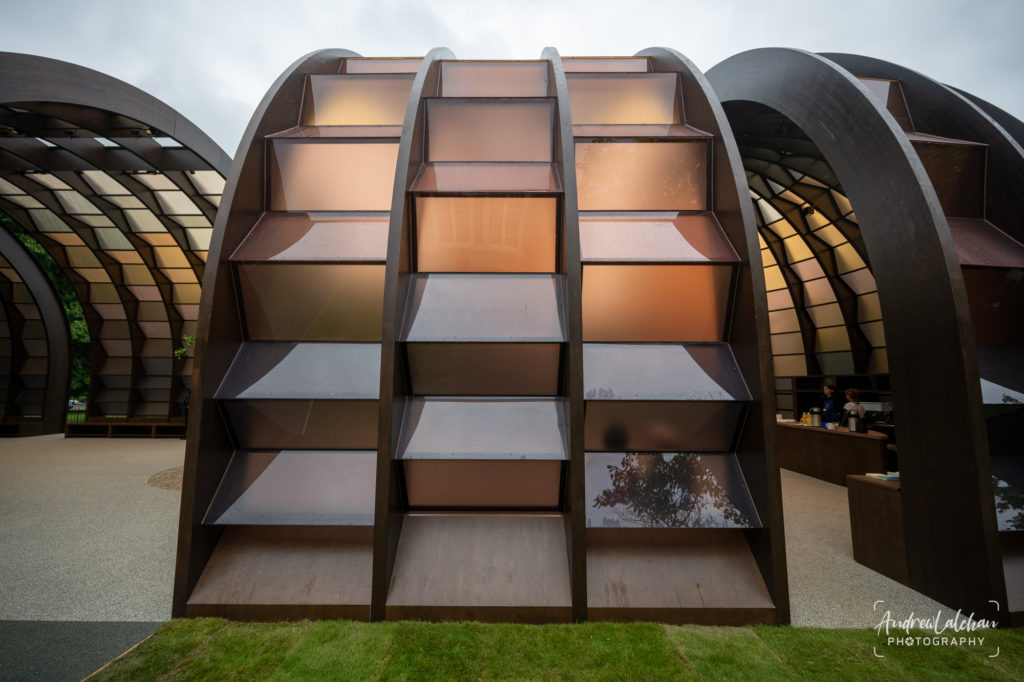
Environmental and Symbolic Elements
At the core of A Capsule in Time stands a semi-mature Ginkgo tree—a living symbol of endurance, transformation, and ecological foresight. Dating back over 200 million years, the Ginkgo is one of the oldest tree species on Earth, a botanical relic from the Jurassic Period. Its presence within the Pavilion is far from ornamental; it is integral to the structure’s conceptual and emotional centre.
This particular Ginkgo, chosen for its climate resilience and resistance to pests and disease, not only enhances biodiversity in Kensington Gardens but also serves as a reminder of architecture’s responsibility to the future. As summer progresses into autumn, the tree’s broad leaves will transition from vibrant green to luminous gold-yellow, creating a seasonal dialogue between the Pavilion and its natural setting.
By encircling this tree rather than dominating it, Tabassum’s design foregrounds the delicate relationship between built space and the living world. The Pavilion invites visitors to consider thresholds—not just between inside and outside, but between permanence and impermanence, structure and softness, the human and the natural. After the Pavilion’s closure in October, the Ginkgo will be replanted in the park, continuing its quiet life beyond the architectural moment.
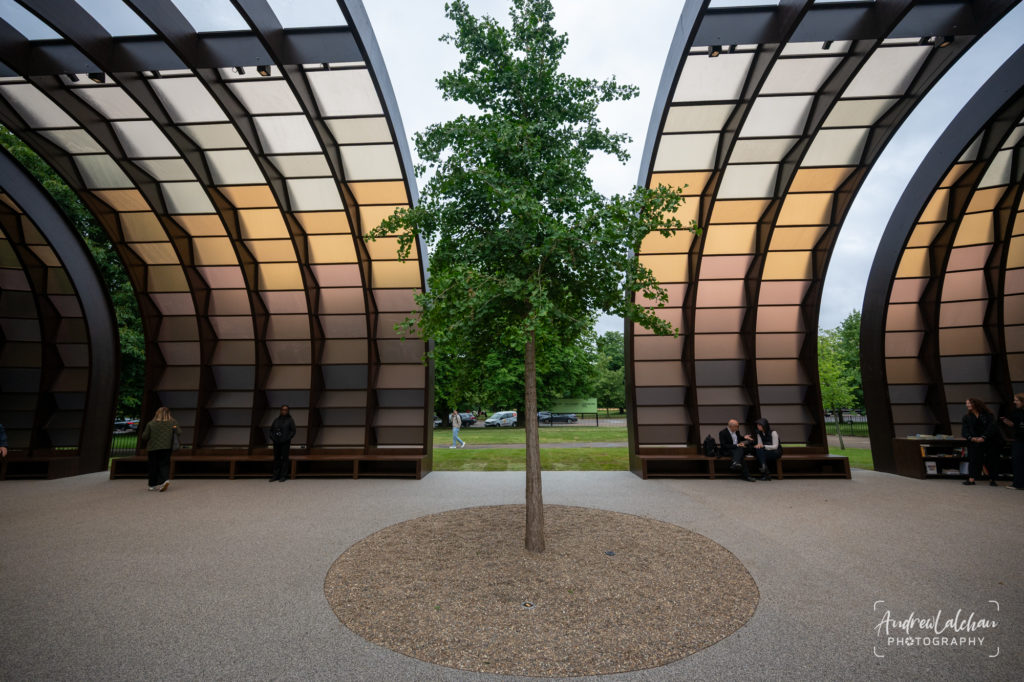
Philosophical Underpinnings
Marina Tabassum’s architecture has long been rooted in a deep respect for place, history, and the rhythms of the natural world. With A Capsule in Time, she extends this ethos to the very essence of the Serpentine Pavilion: a structure that is both fleeting and full of meaning. This year’s commission reflects her belief that architecture should not impose, but respond—gently, attentively—to its environment and to the people who pass through it.
Tabassum’s work resists spectacle in favour of intimacy and resonance. She draws upon cultural memory, environmental awareness, and spiritual geometry to create spaces that feel timeless, yet alive. Through careful attention to scale, light, and material, the Pavilion becomes more than a shelter—it becomes a moment suspended in time, encouraging quiet introspection amid the noise of the city.
In embracing the experimental spirit of the Pavilion’s origins, Tabassum honours the legacy of Dame Zaha Hadid, whose mantra—“There should be no end to experimentation”—still defines the project’s identity. Her design does not shout for attention; instead, it whispers, inviting us to slow down, notice the shifting light, the texture of the wood, the rustle of leaves overhead. It reminds us that architecture, at its most profound, is a frame through which we see the world differently.
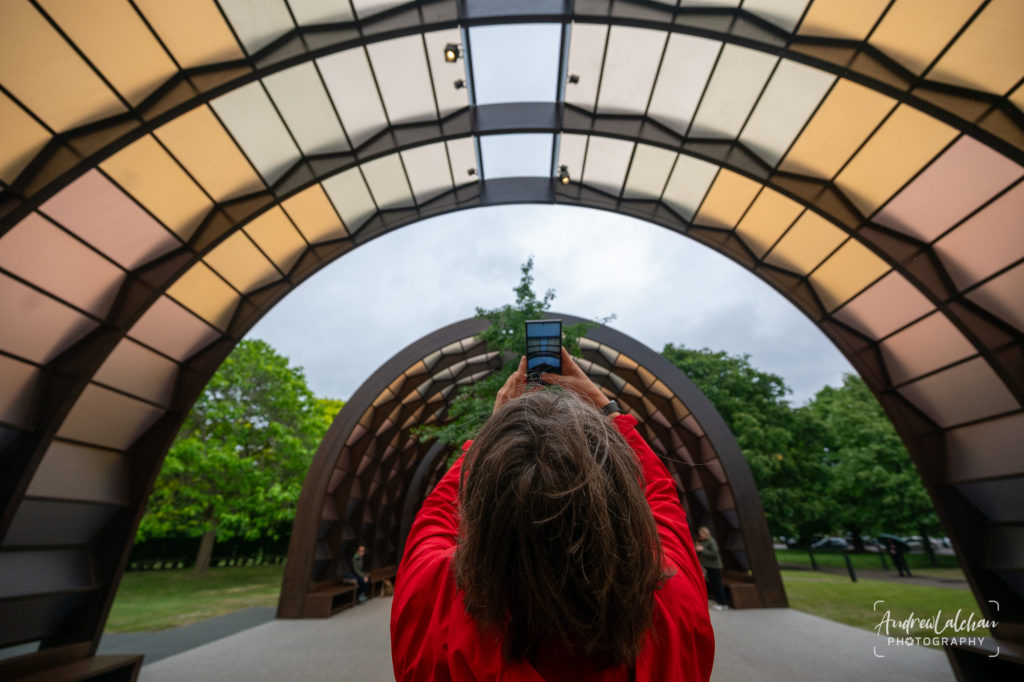
Public Engagement and Legacy
As with every Serpentine Pavilion, A Capsule in Time is not simply an architectural object—it is a space designed for people. From 6th June to 26th October 2025, the Pavilion will serve as an open, accessible venue for conversation, contemplation, and community gatherings. Visitors are encouraged to wander through its wooden corridors, pause beneath its canopy, and experience the changing interplay of light and space throughout the day and across the season.
Supported for the 11th consecutive year by Goldman Sachs, the 2025 Pavilion reaffirms the Serpentine’s commitment to championing bold, progressive design that engages both local and global audiences. As part of its legacy, the Pavilion will host a series of public events, talks, and performances, transforming the space into a living cultural forum within the park.
Beyond its physical footprint, A Capsule in Time contributes to an ongoing dialogue about the role of architecture in an age of climate urgency, cultural reflection, and social renewal. In embracing impermanence and ecological sensitivity, Tabassum’s Pavilion sets a quiet but powerful precedent for how future structures might live—lightly, poetically, and in deep conversation with the world around them.
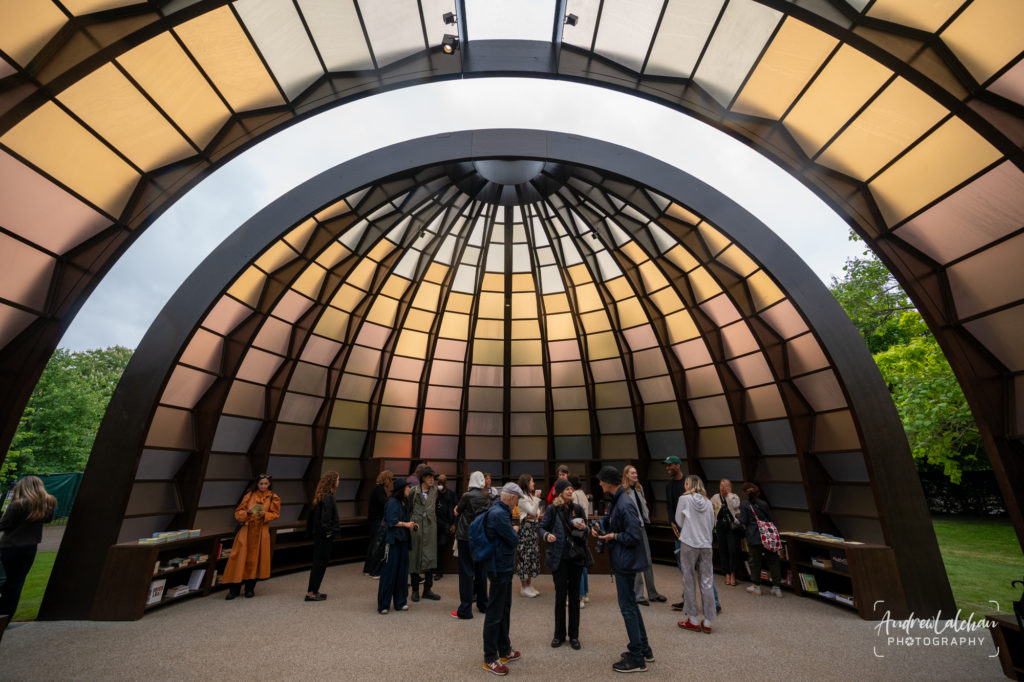
Conclusion
With A Capsule in Time, Marina Tabassum has created more than a Pavilion—she has offered a meditation on transience, connection, and the poetry of presence. Her design speaks softly yet profoundly, inviting us to experience space not as static geometry, but as something alive: shifting with the light, grounded in the earth, and open to the sky.
In marking the 25th anniversary of the Serpentine Pavilion commission, this structure feels not only commemorative but forward-looking. It gestures toward an architectural future that is more mindful, more attuned to the rhythms of nature, and more responsive to the quiet needs of the human spirit.
As the summer unfolds and the Ginkgo tree’s leaves turn gold, A Capsule in Time will continue to evolve—just as all great architecture does—not only in form, but in meaning. And when it is gone, what remains will be the memory of having stood in a space that, for a fleeting moment, held time still.
Take a visit to the Pavilion; hopefully, it will be sunny and look different in the sunlight. I took these photographs during the press preview, when it was cloudy and rainy, but the structure still shone.
If you are interested in looking at more photographs or purchasing a licence, these can be found on Alamy News & Flickr. Thanks for reading.


